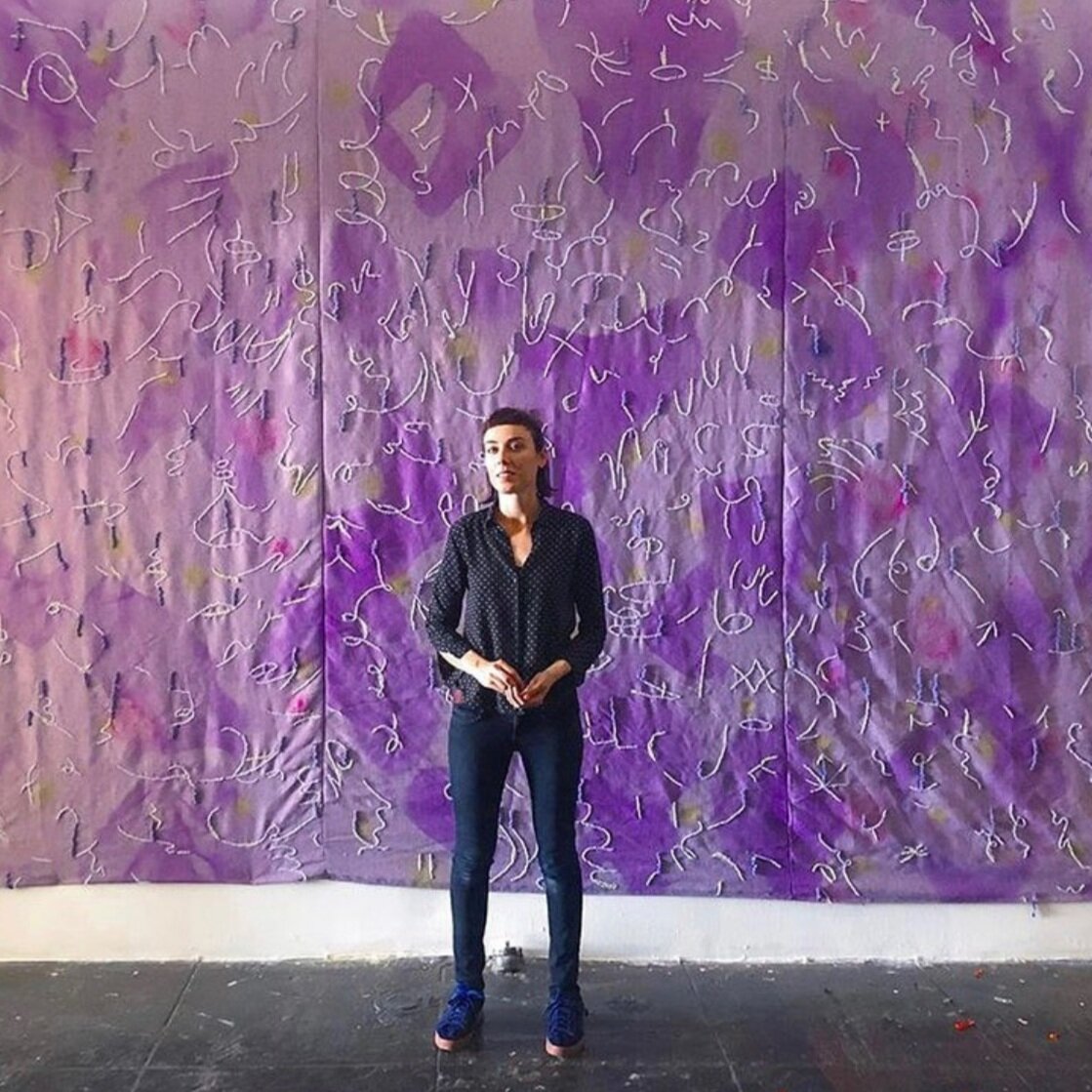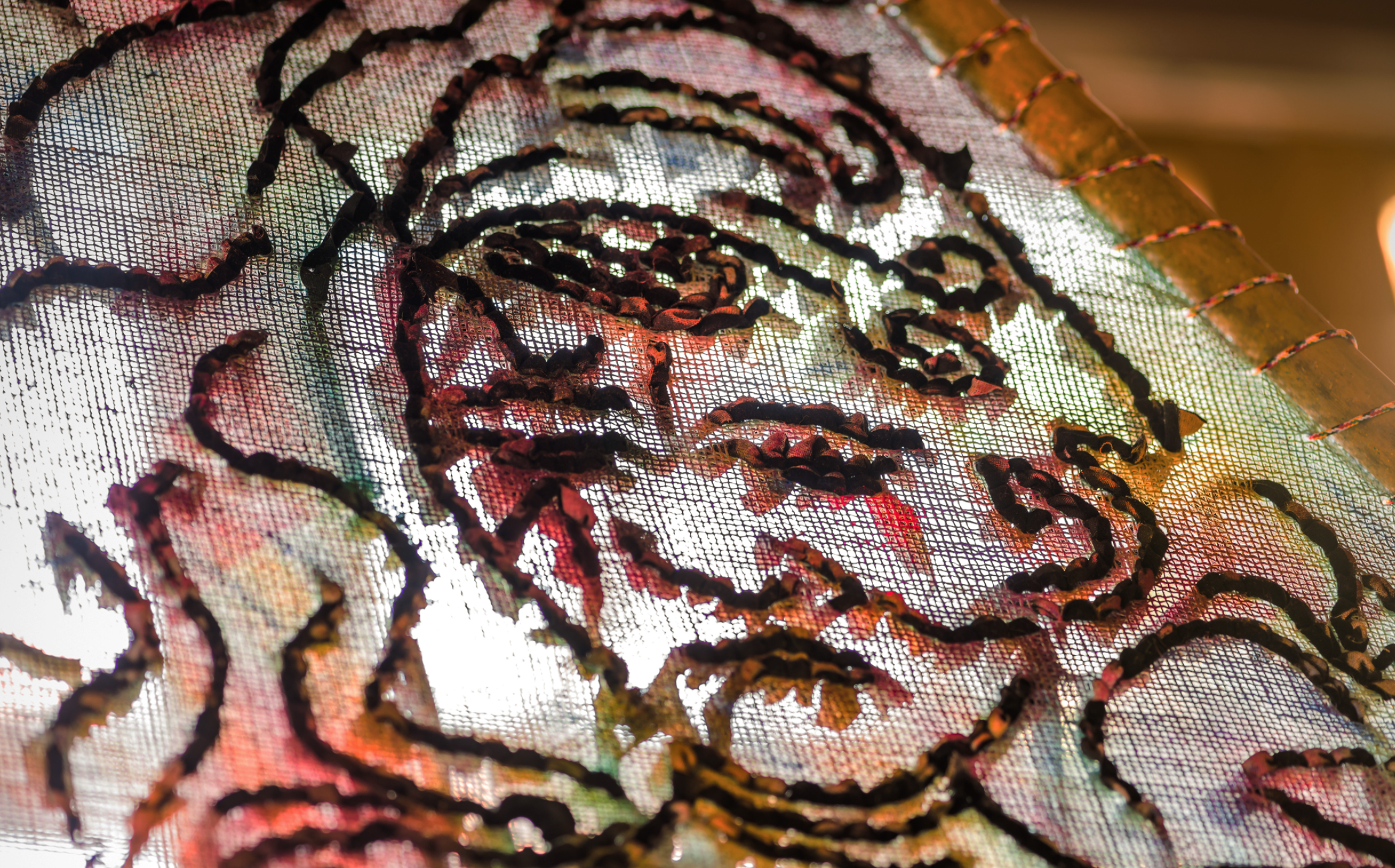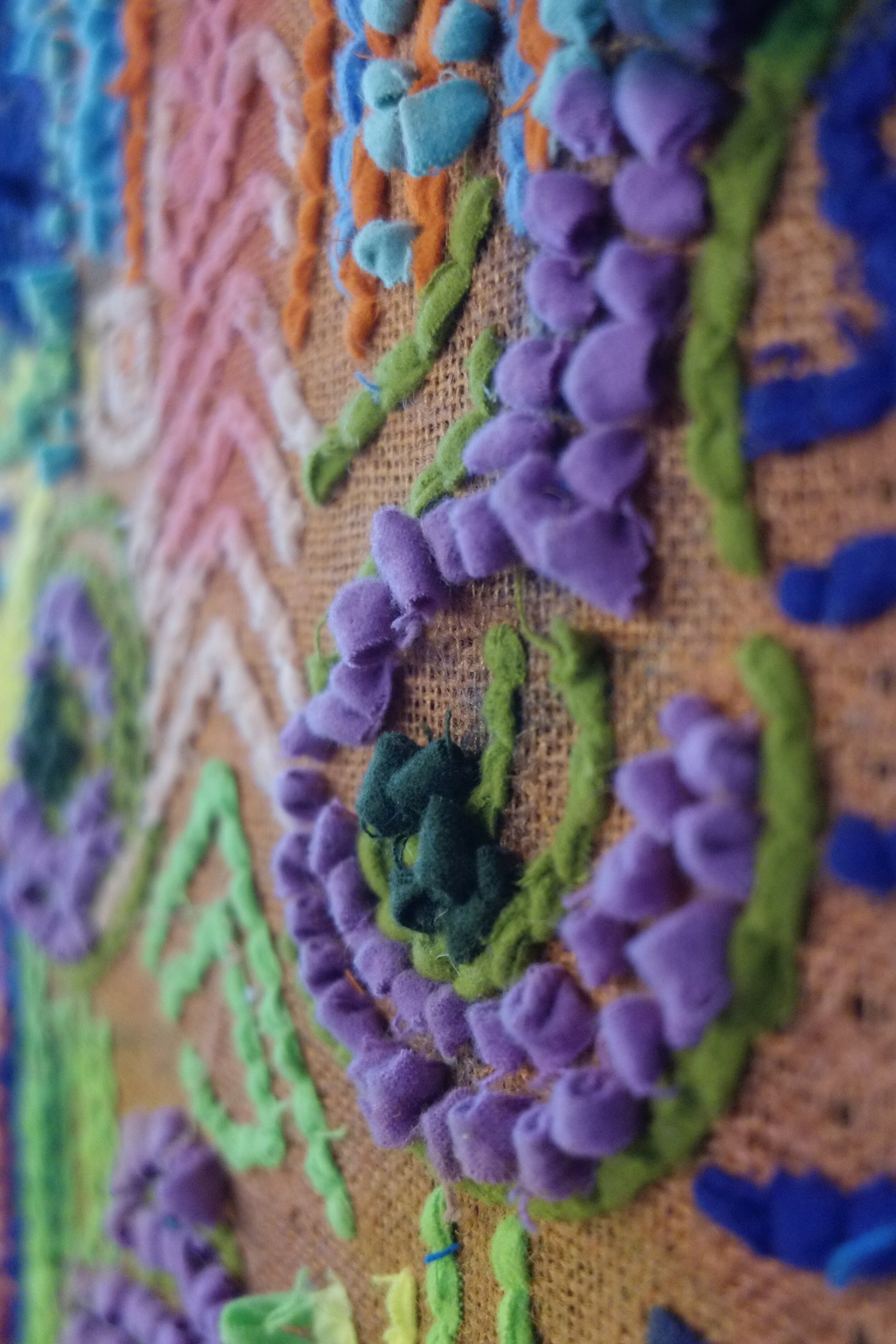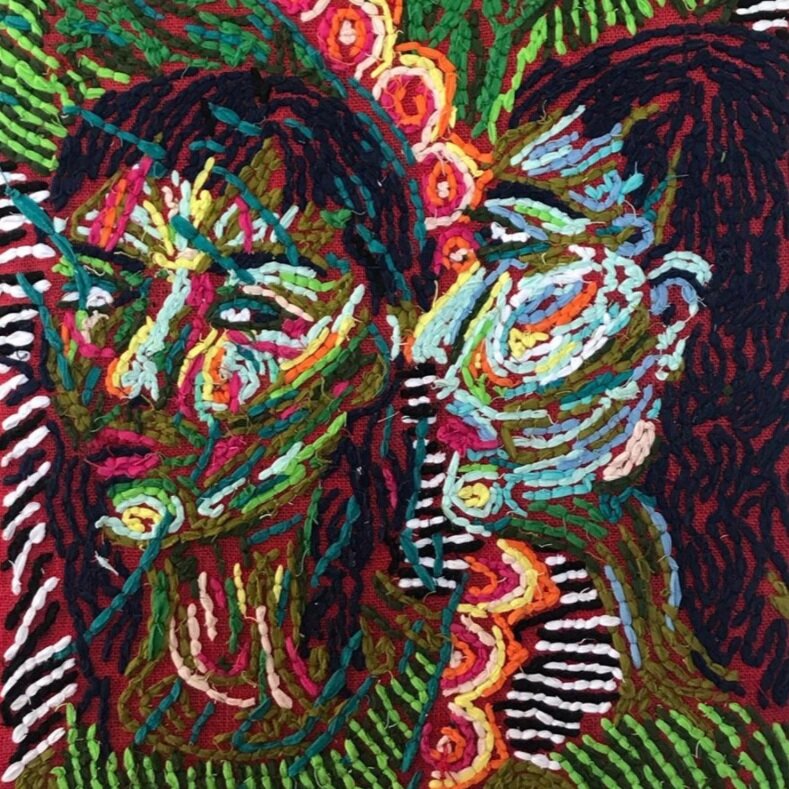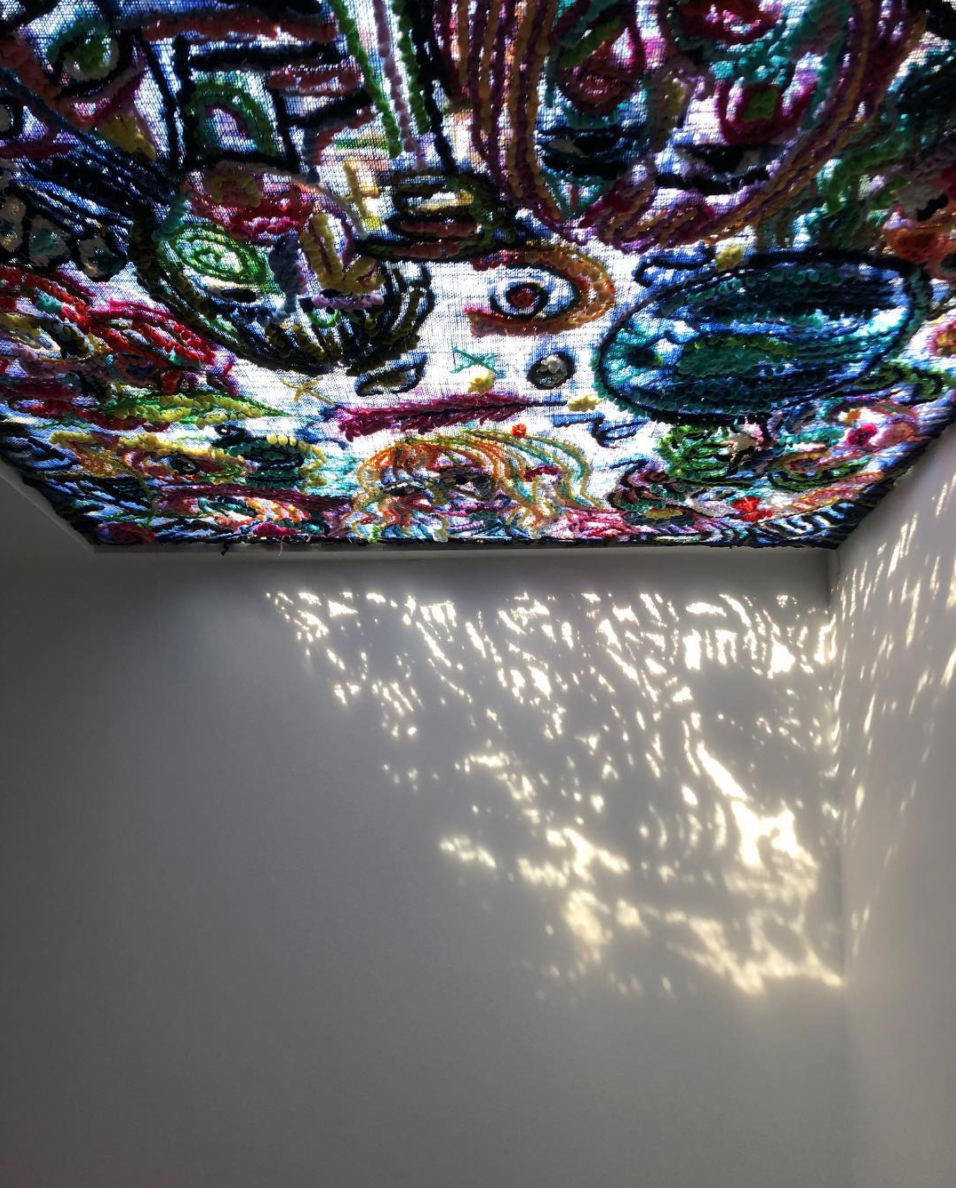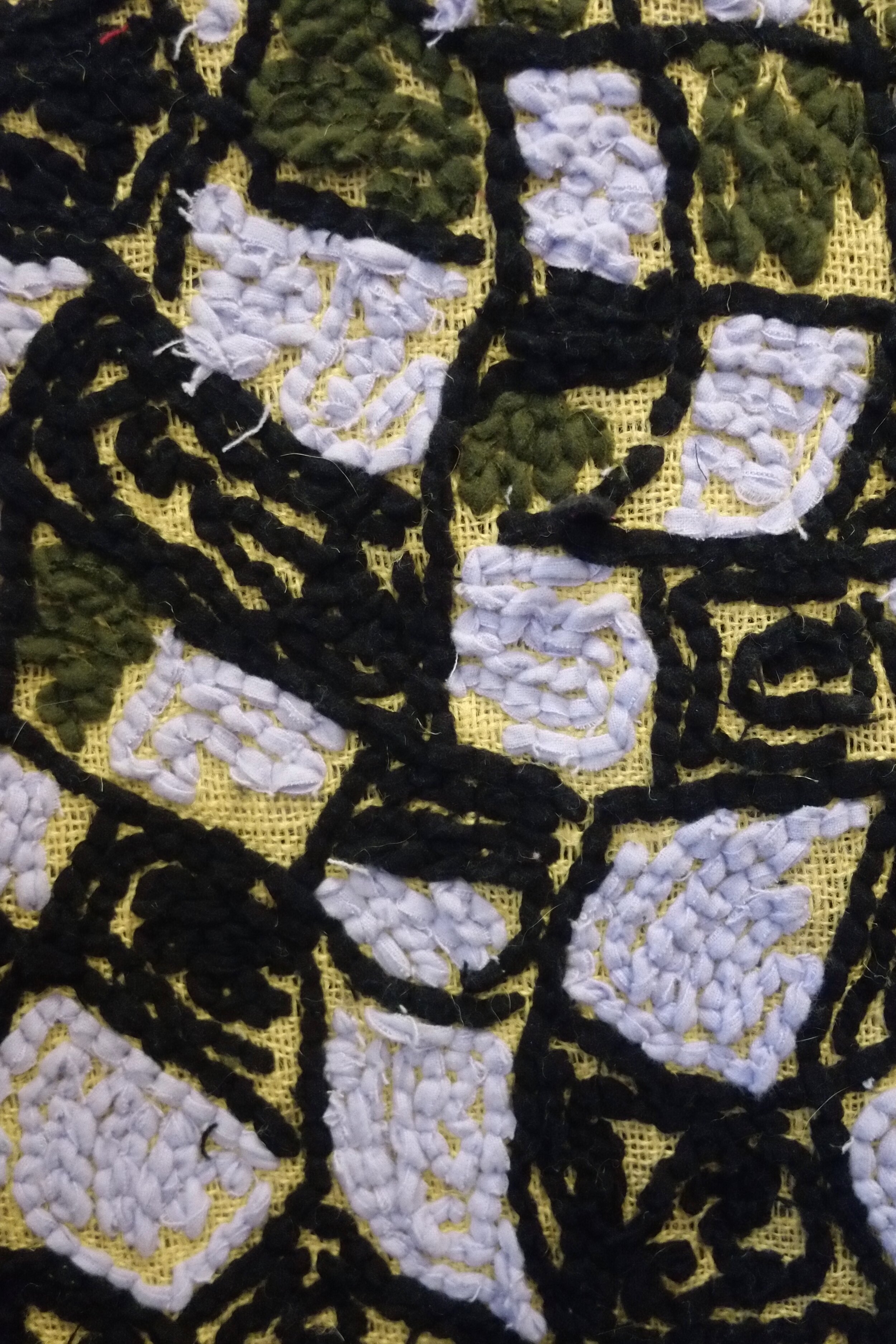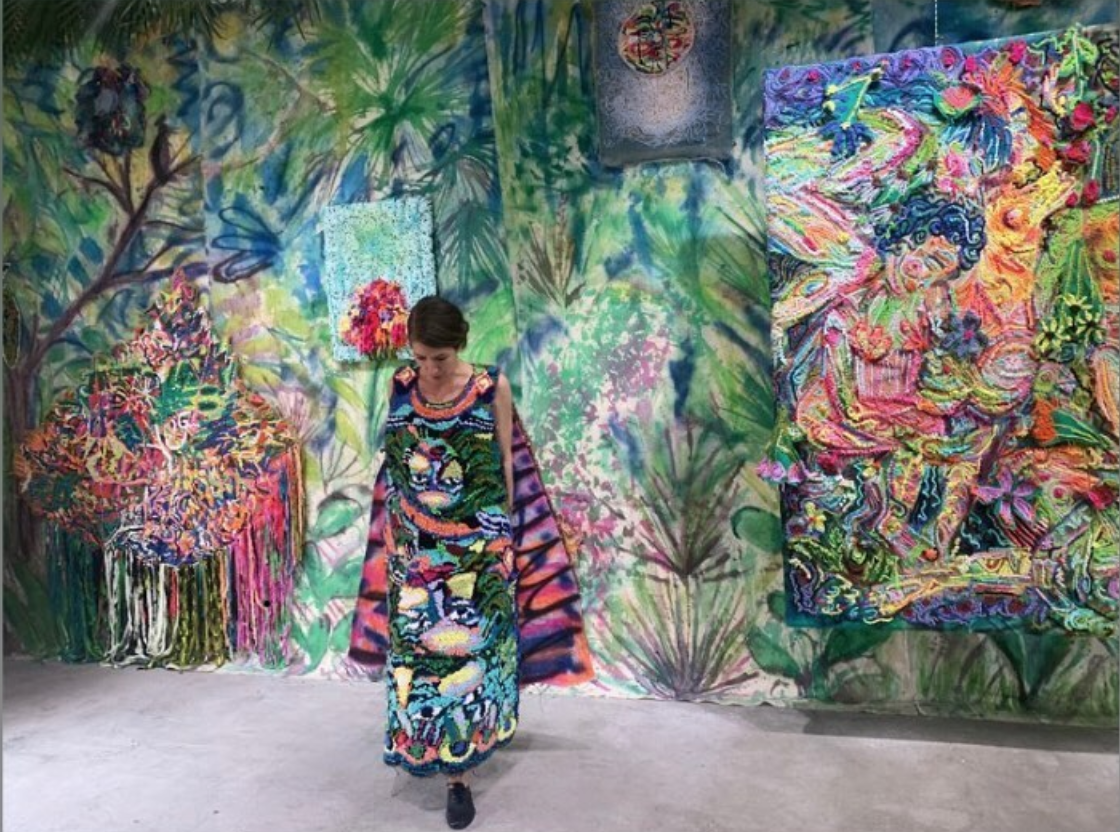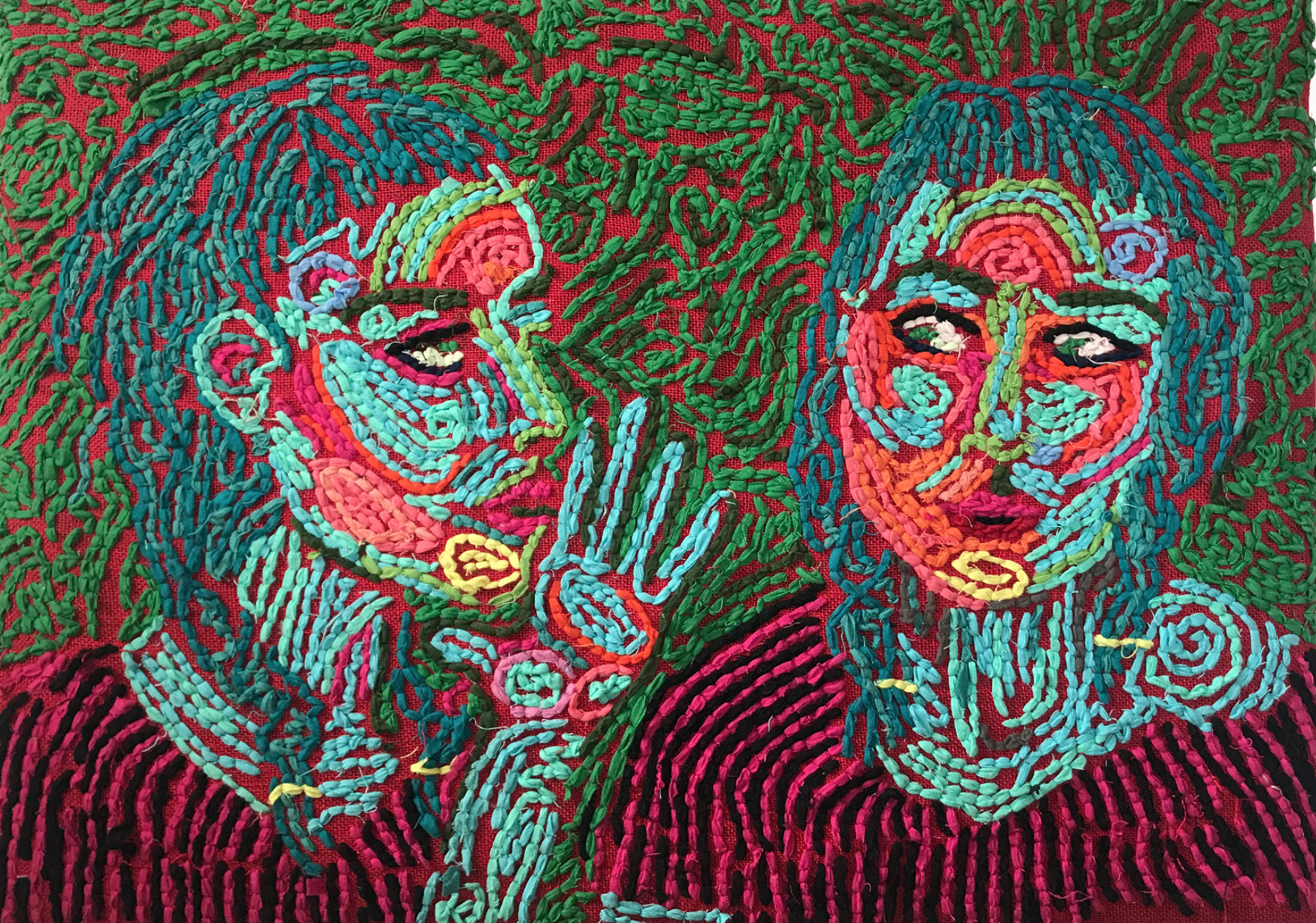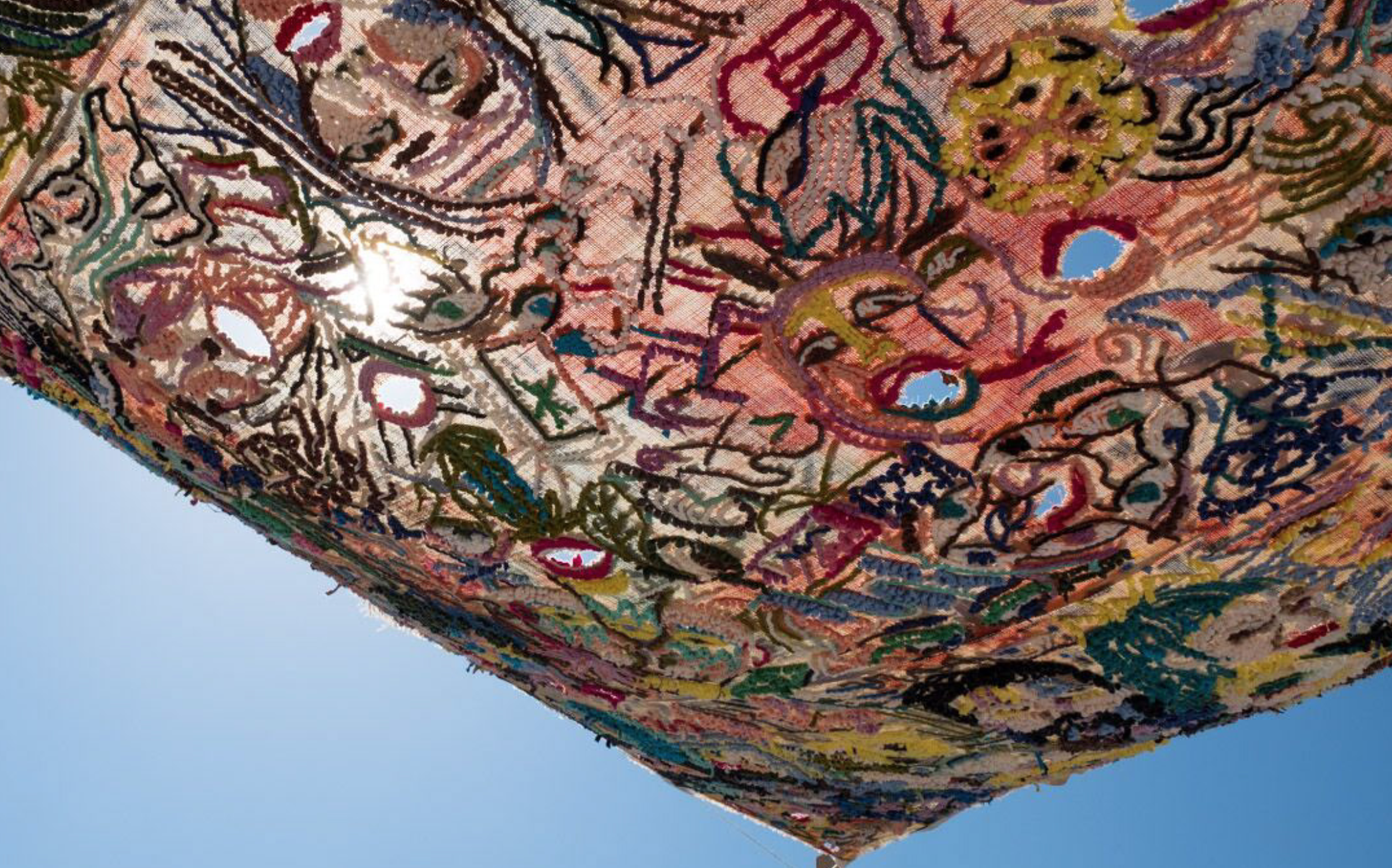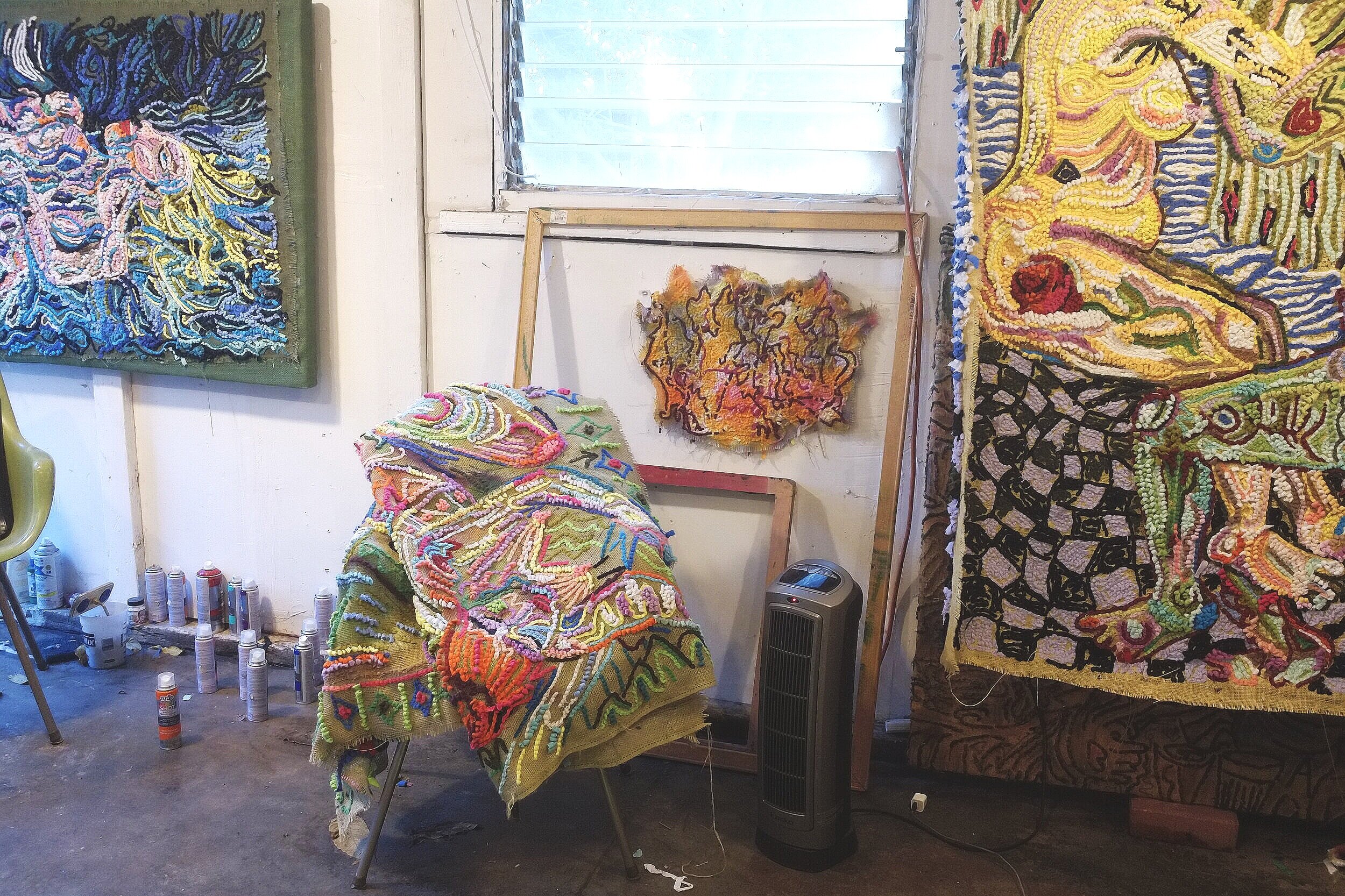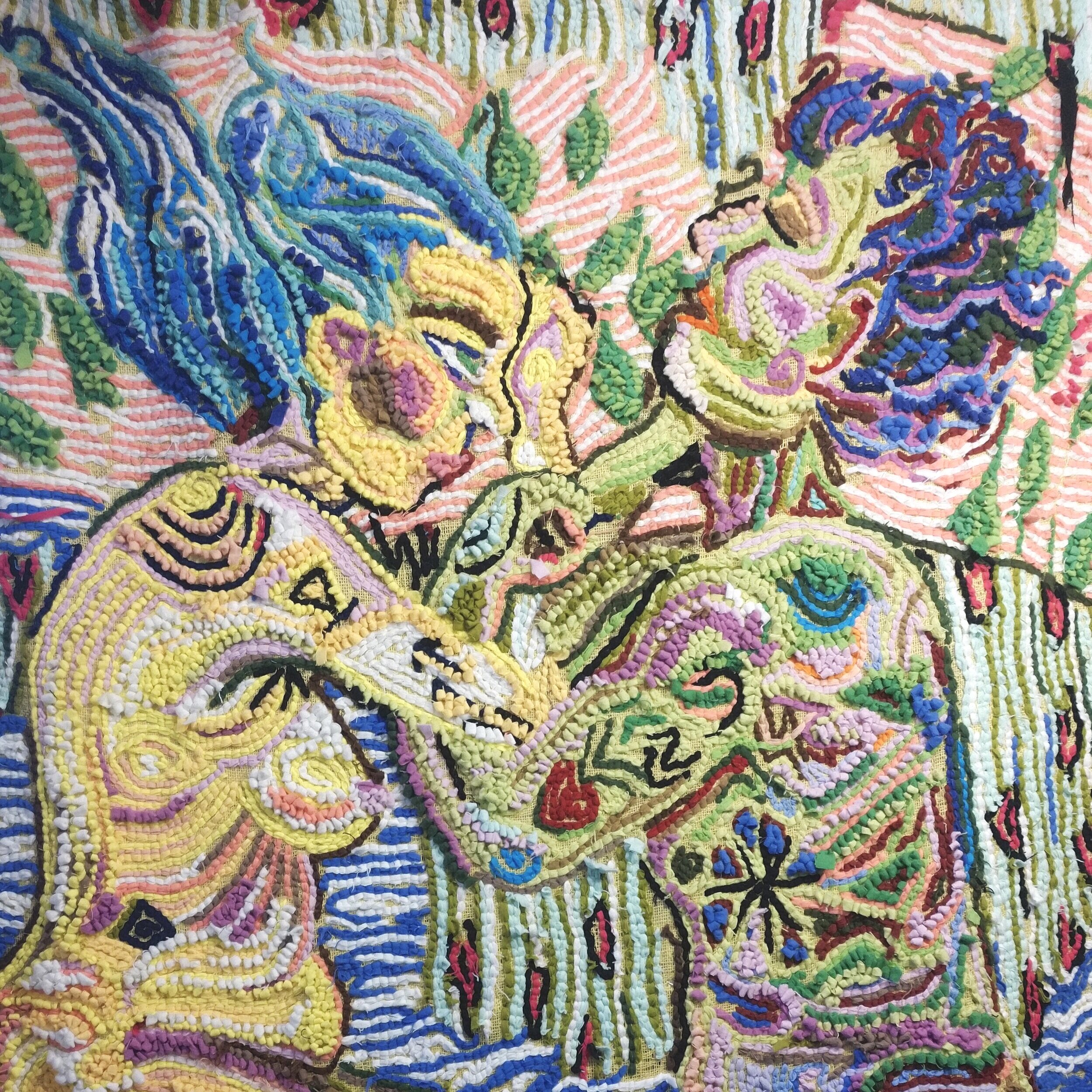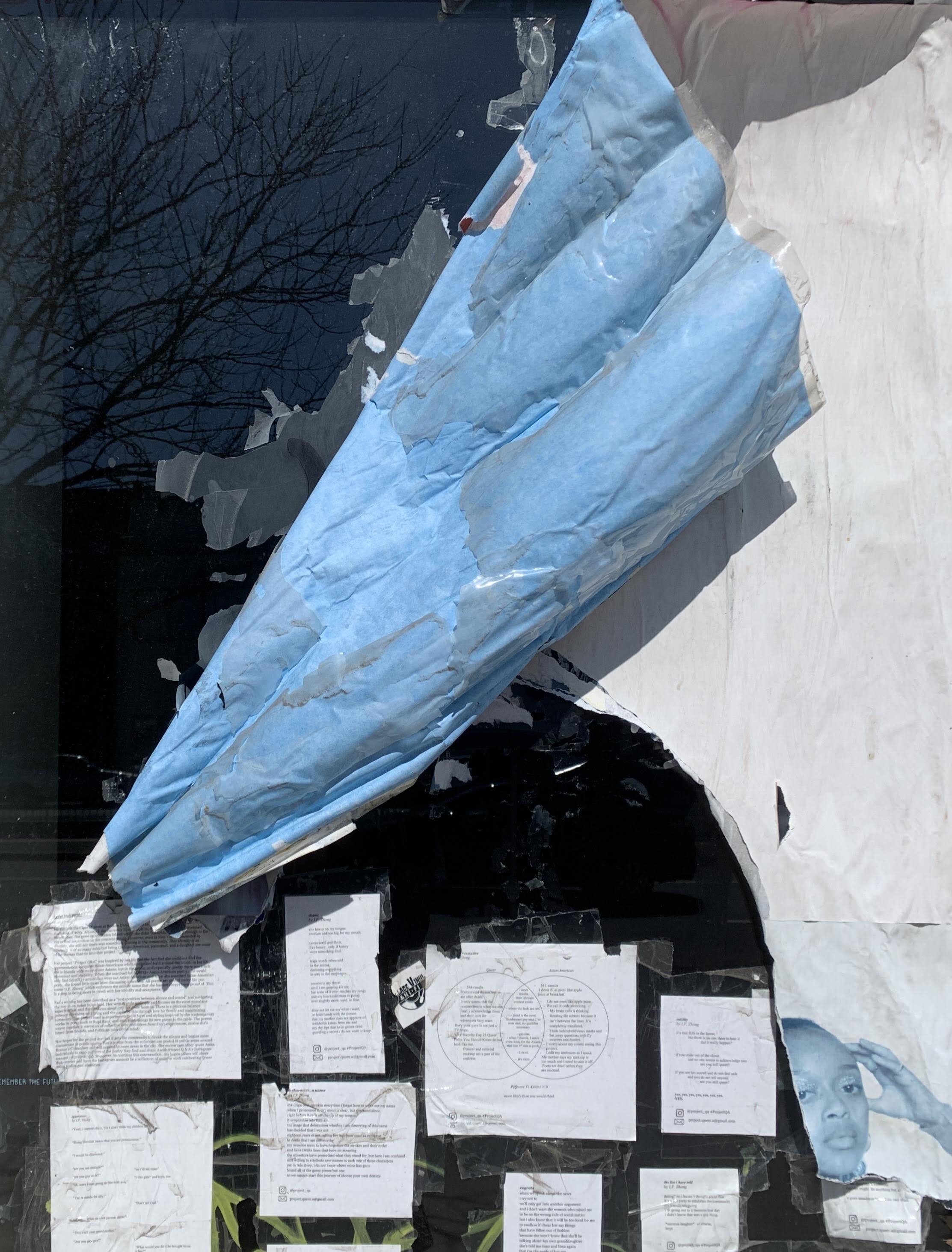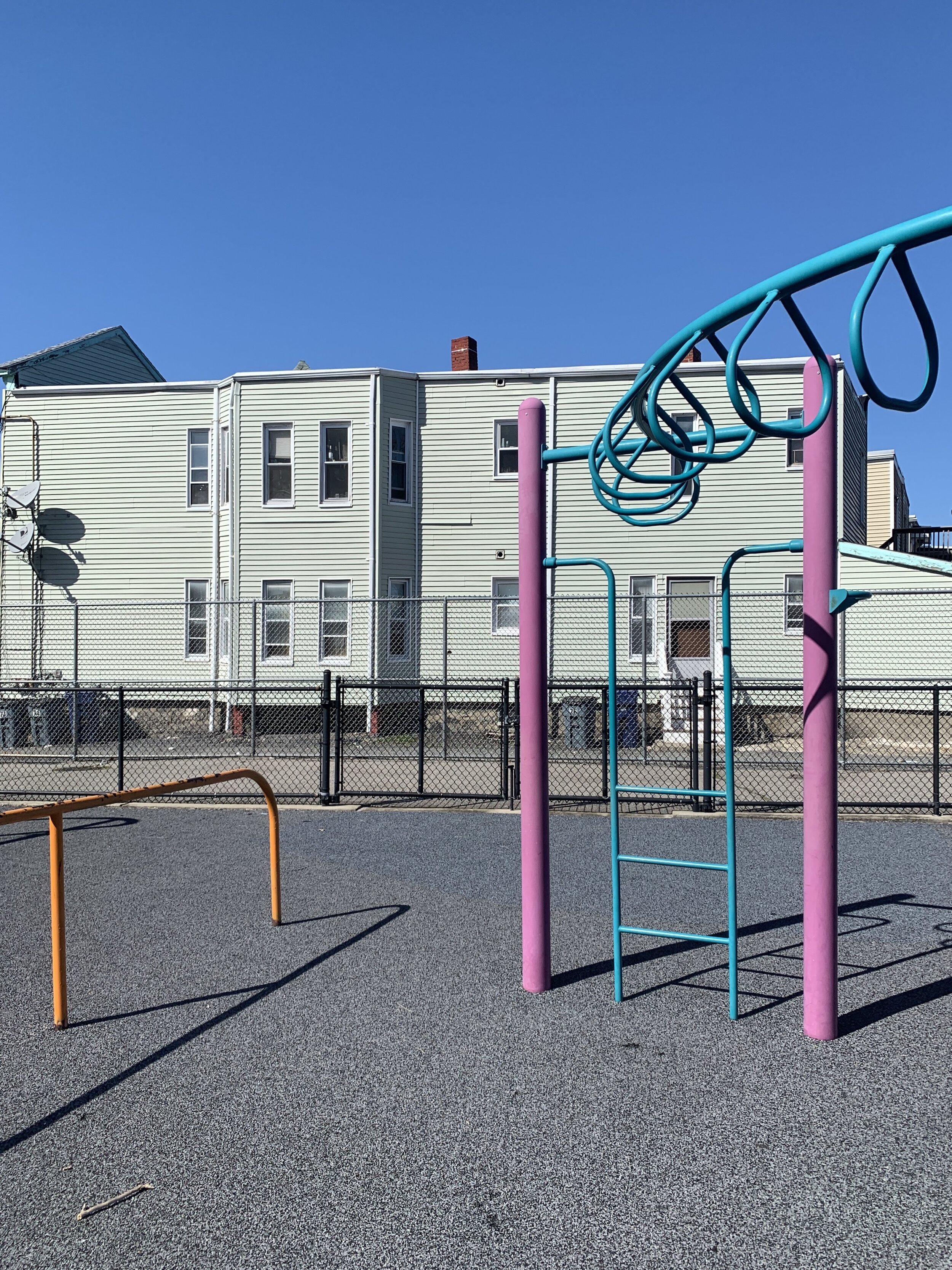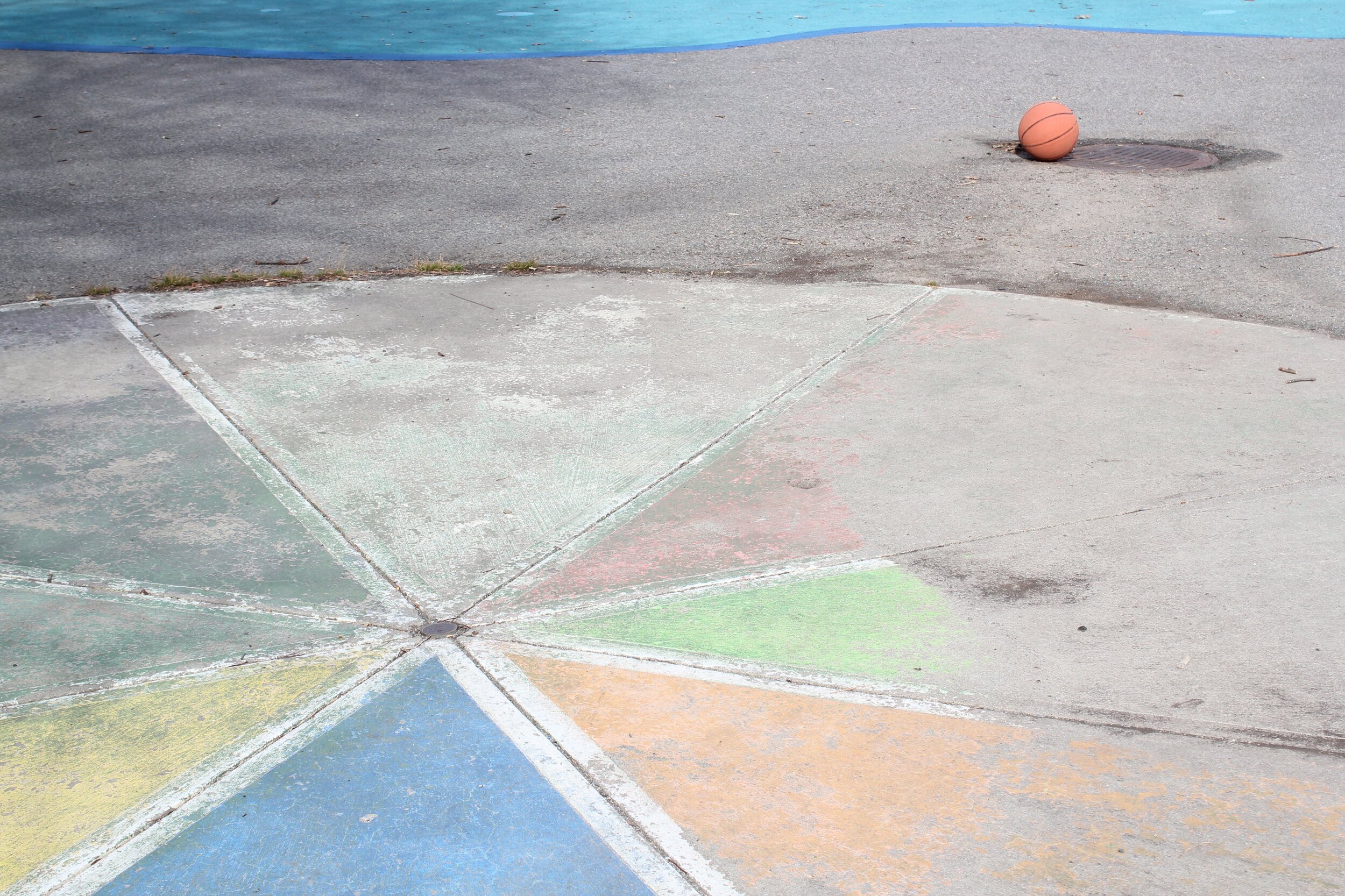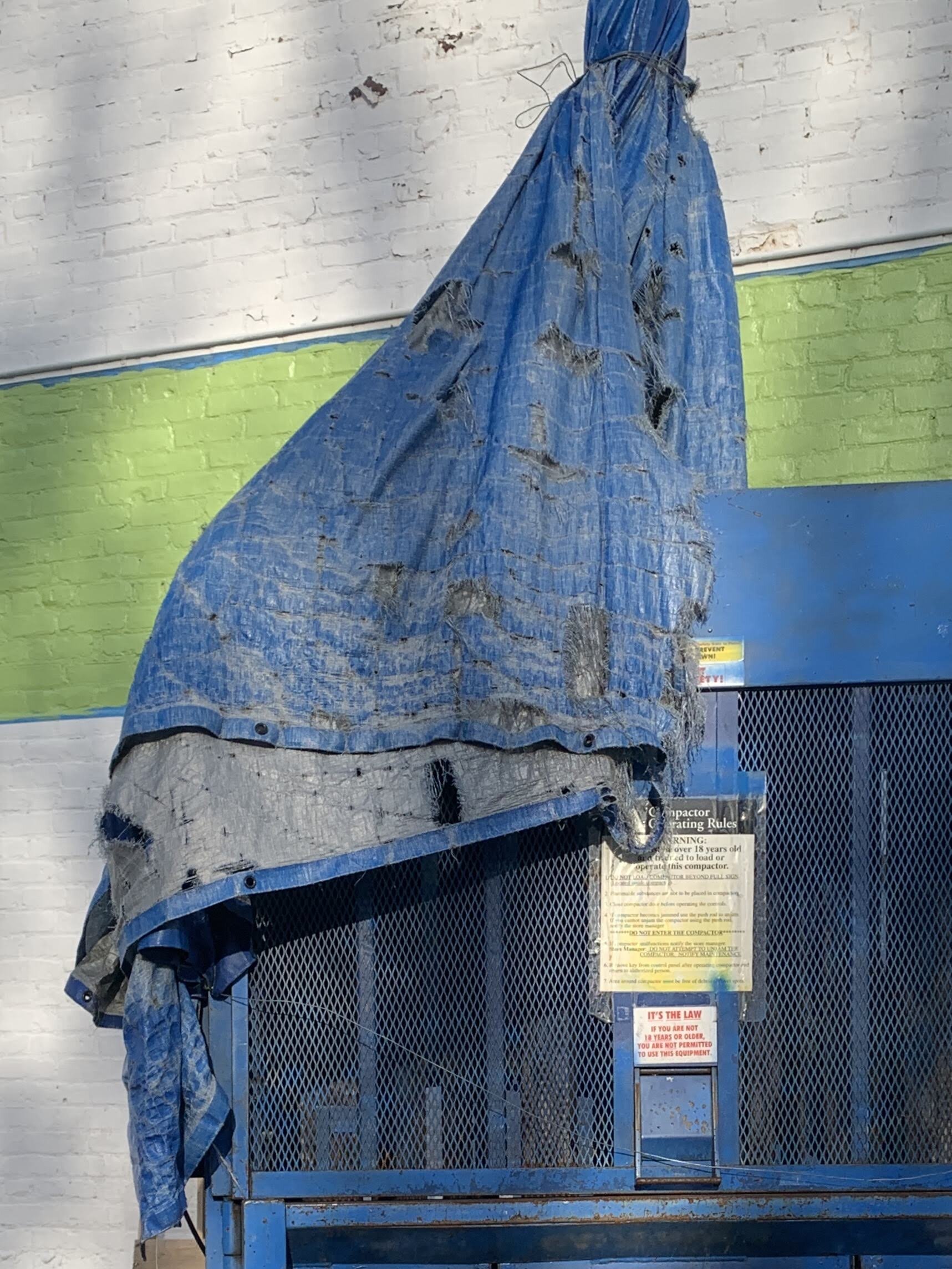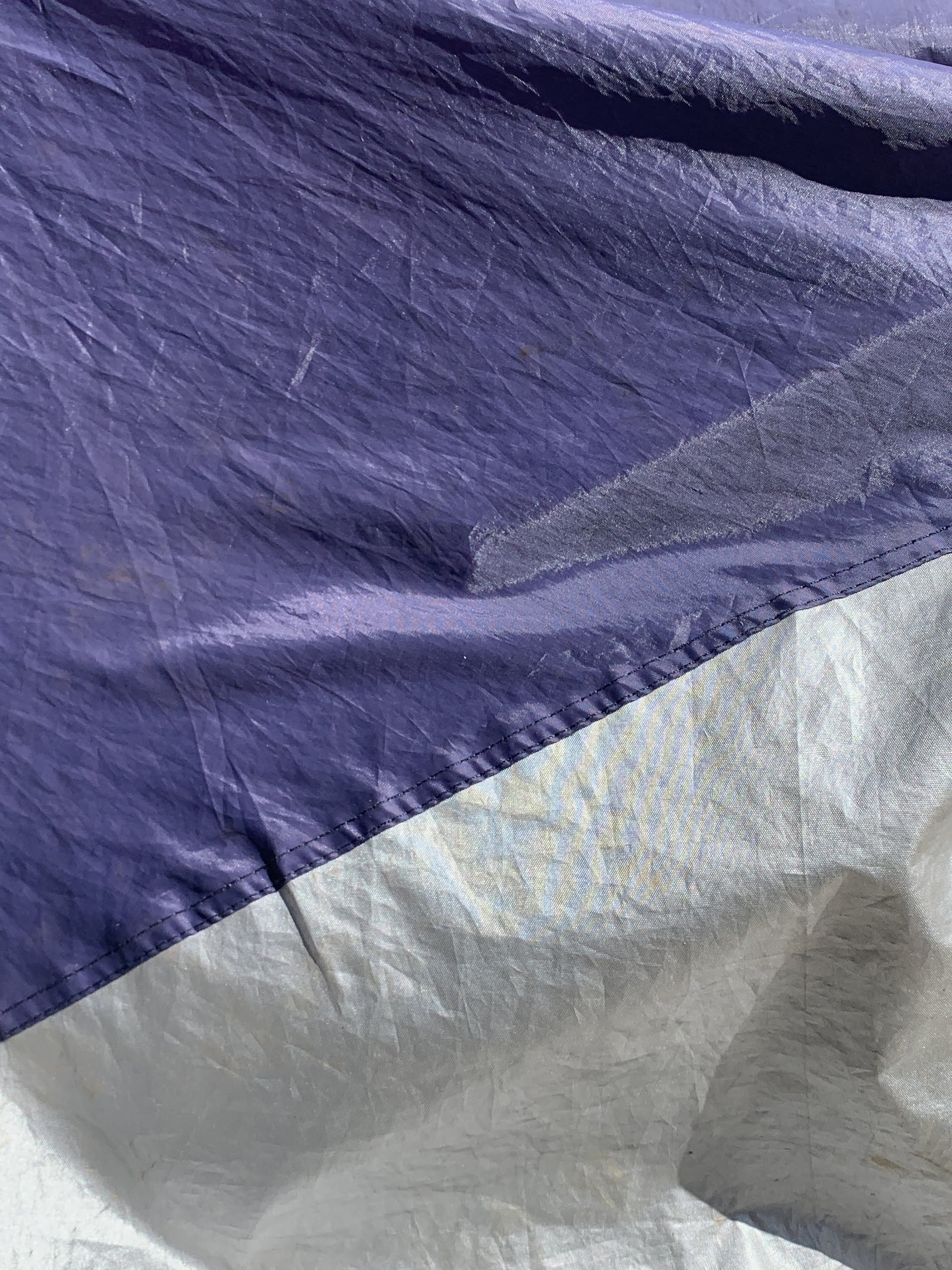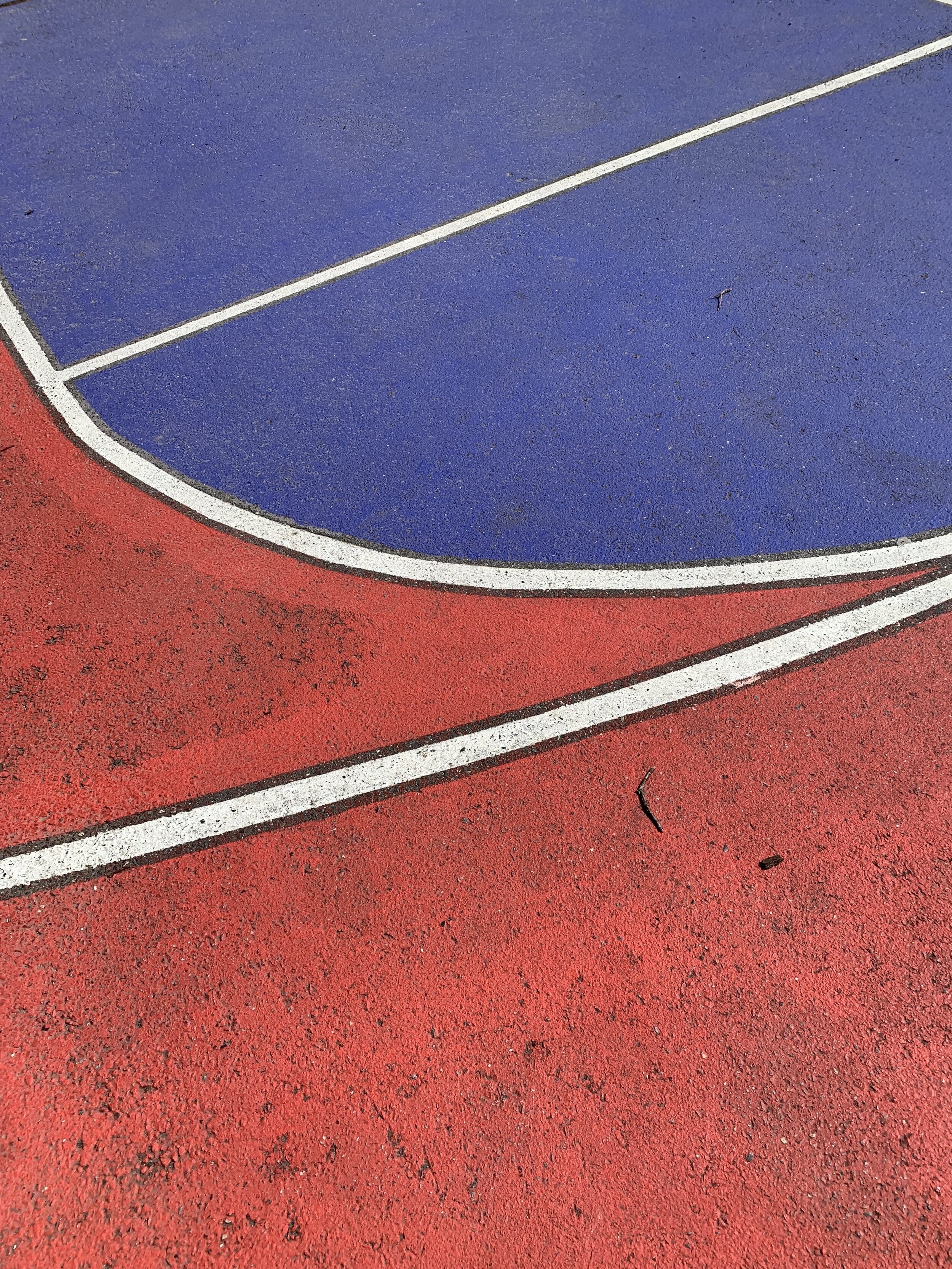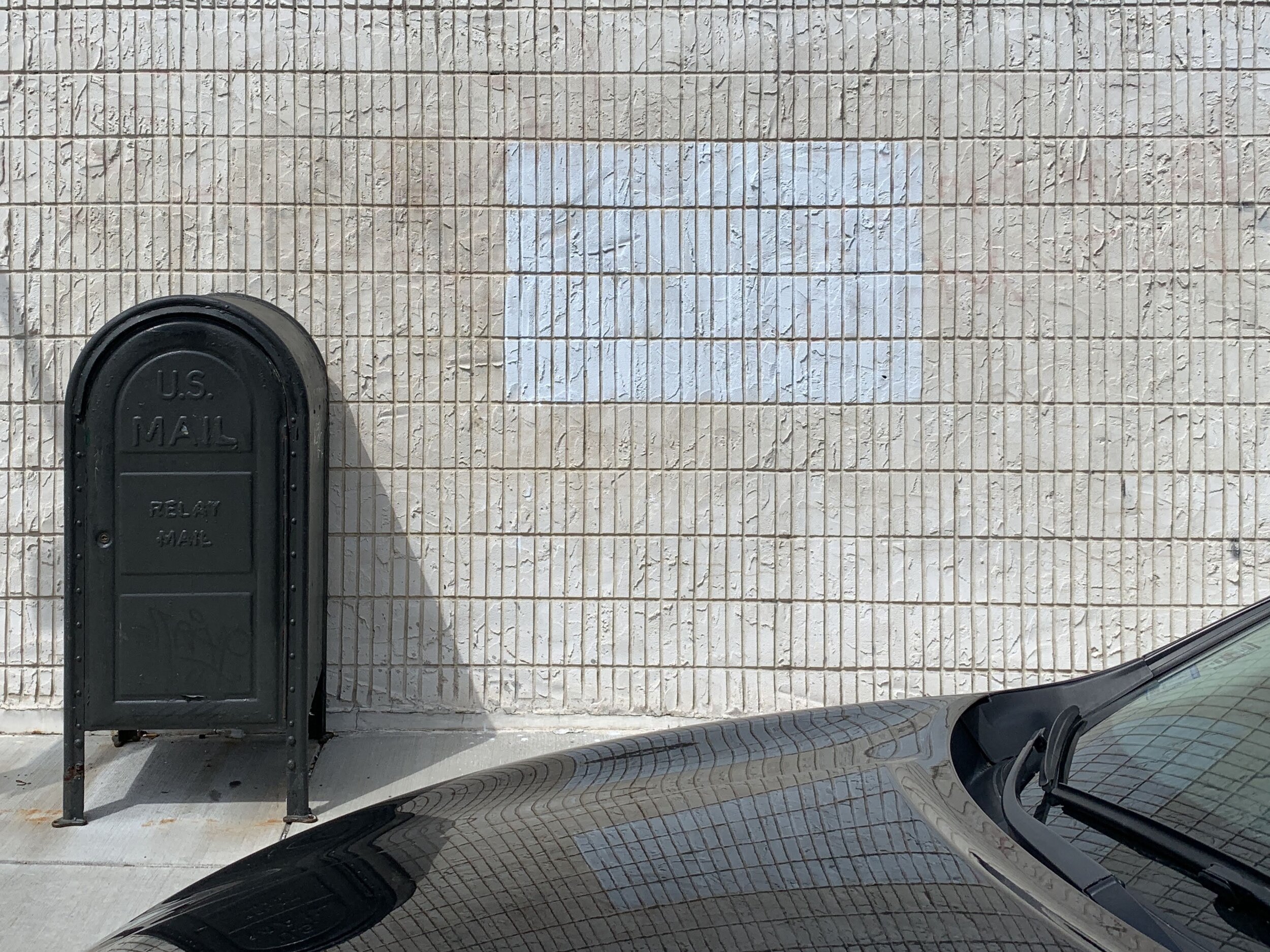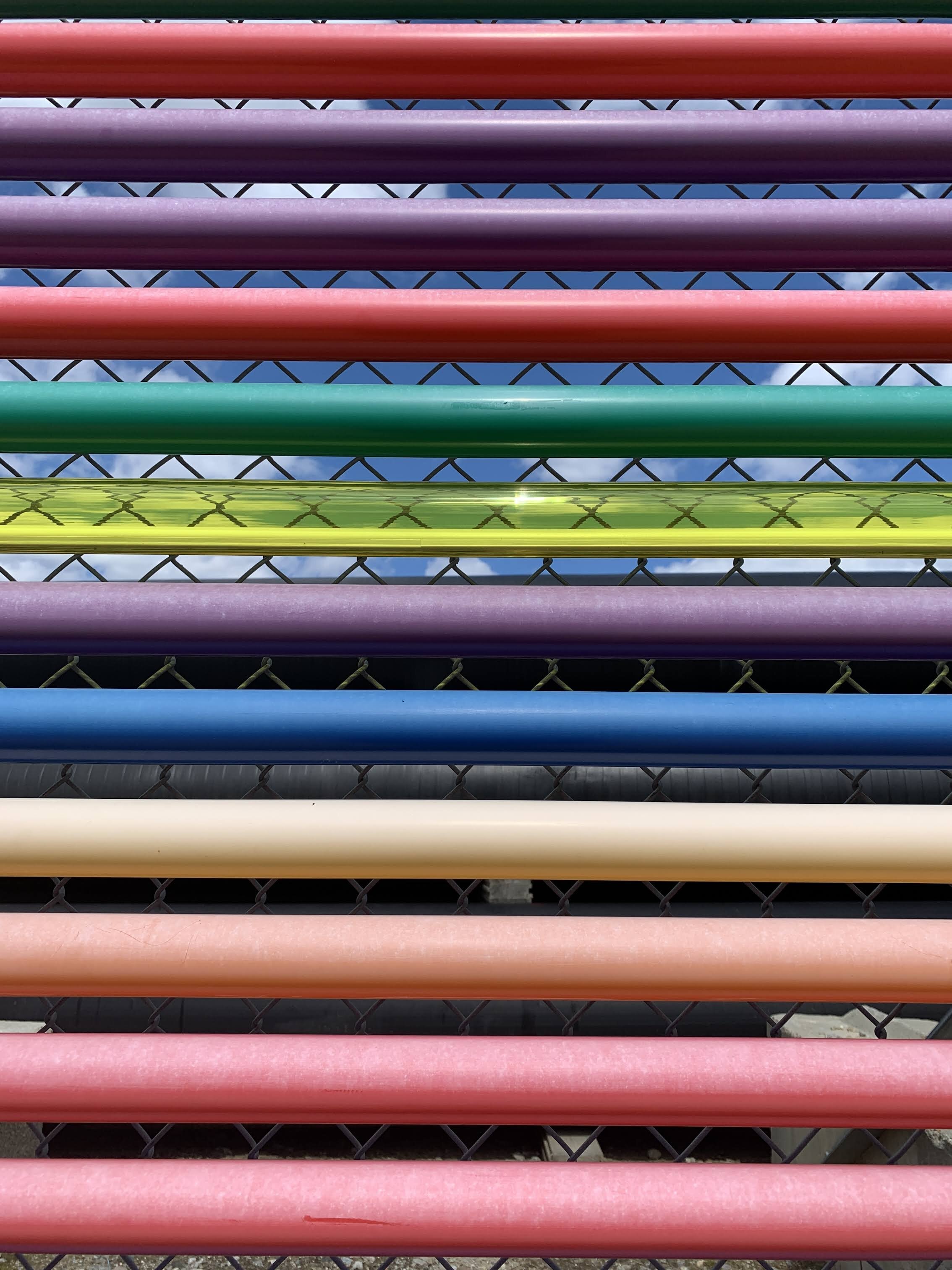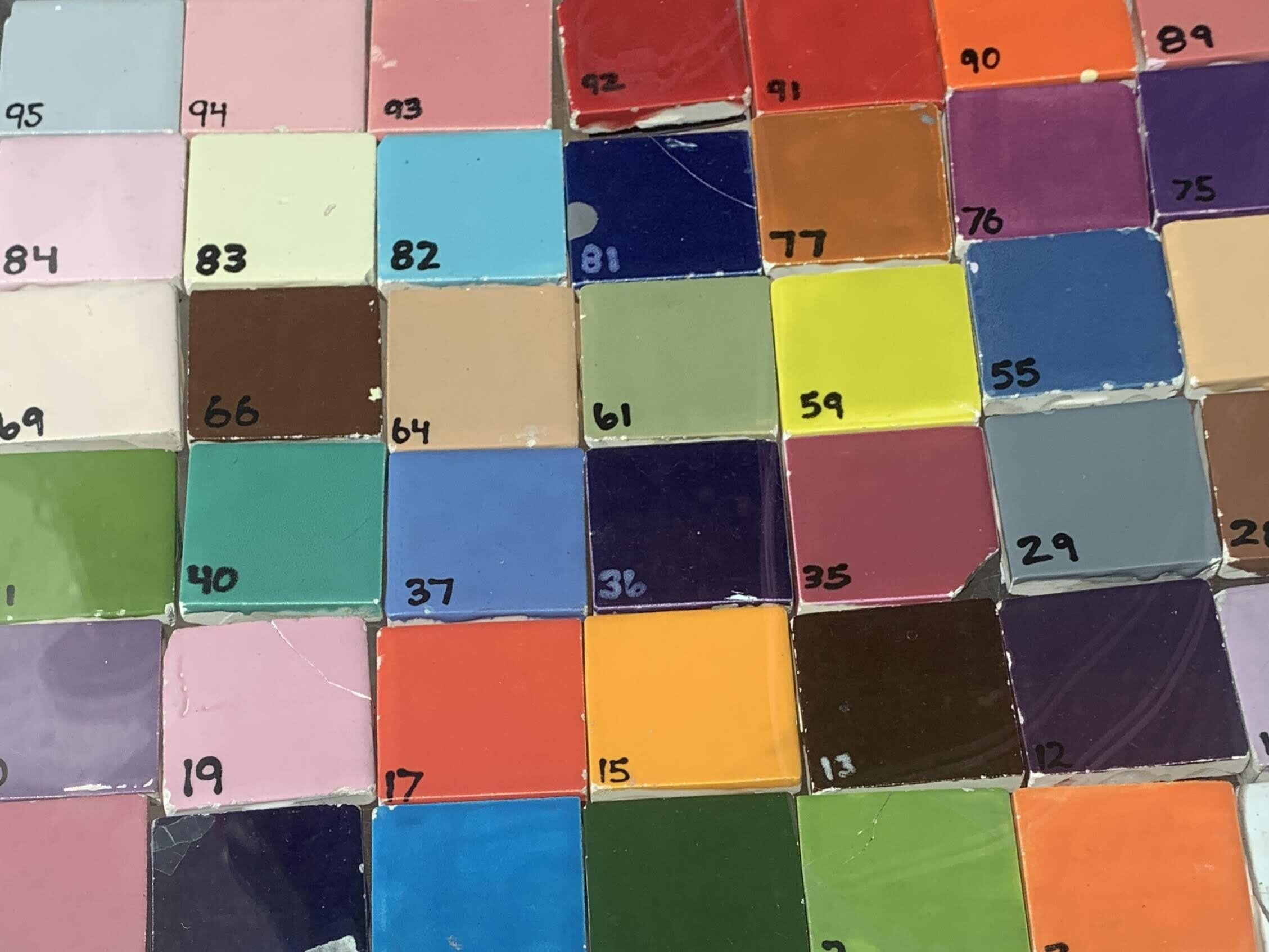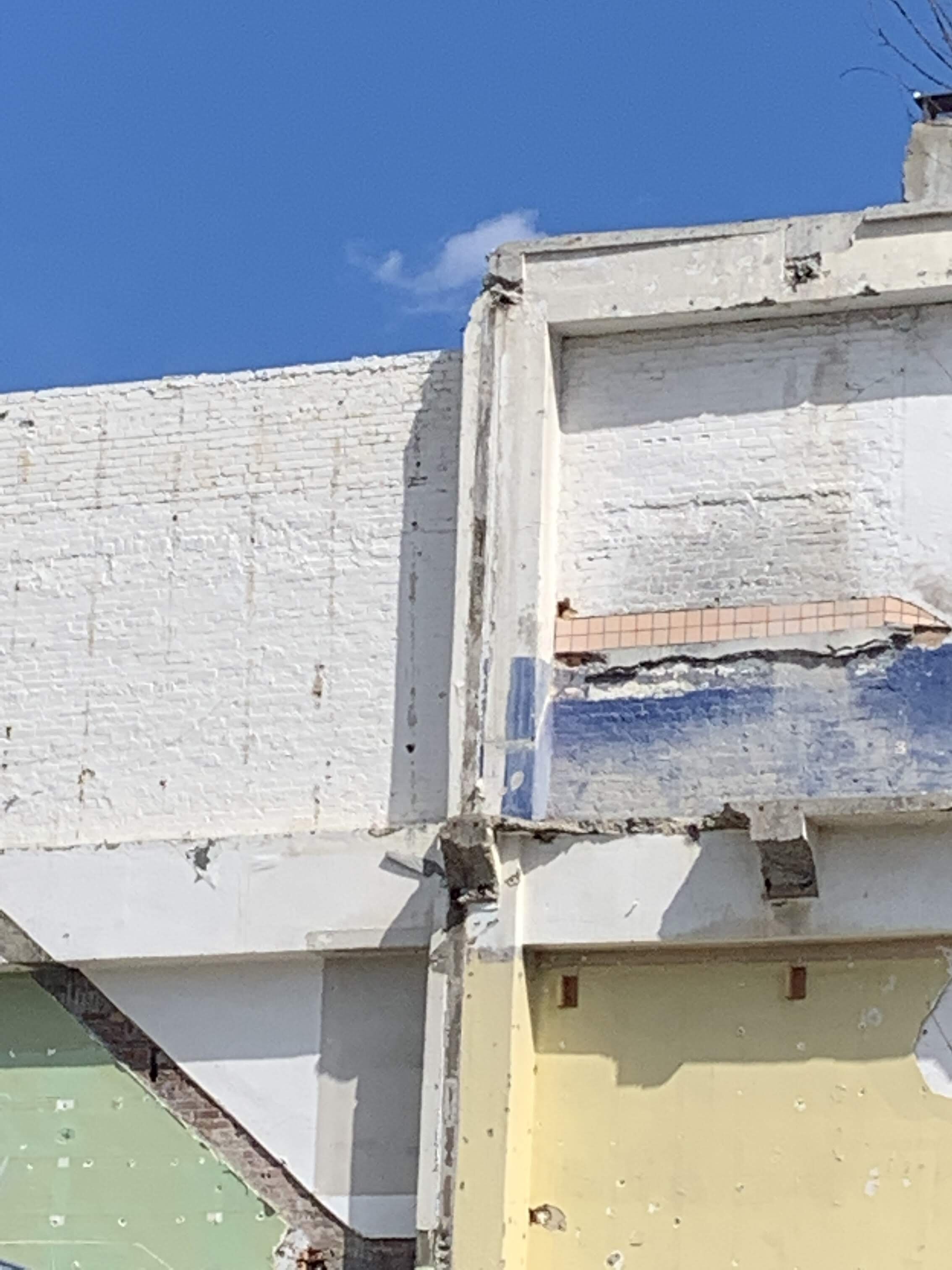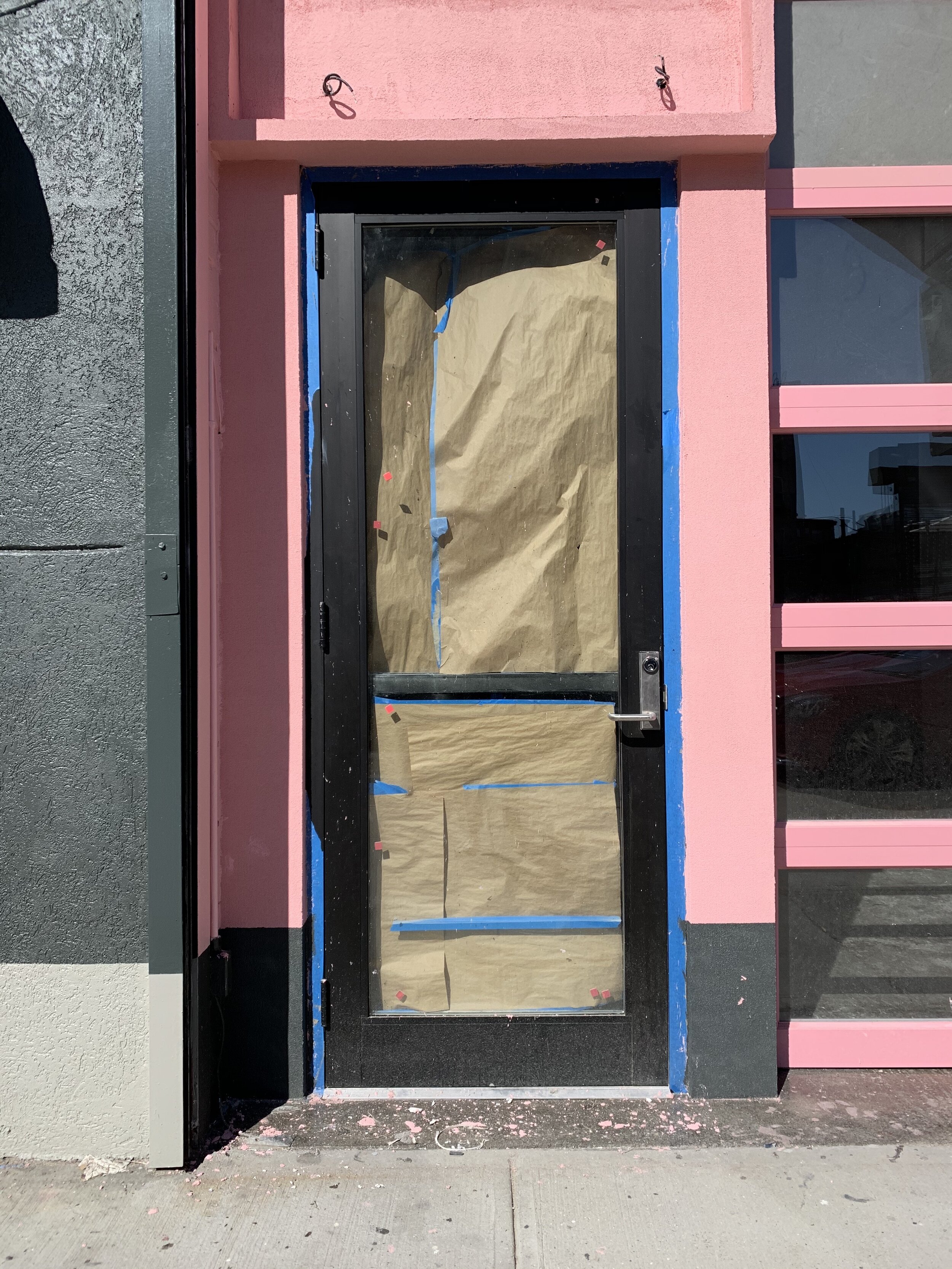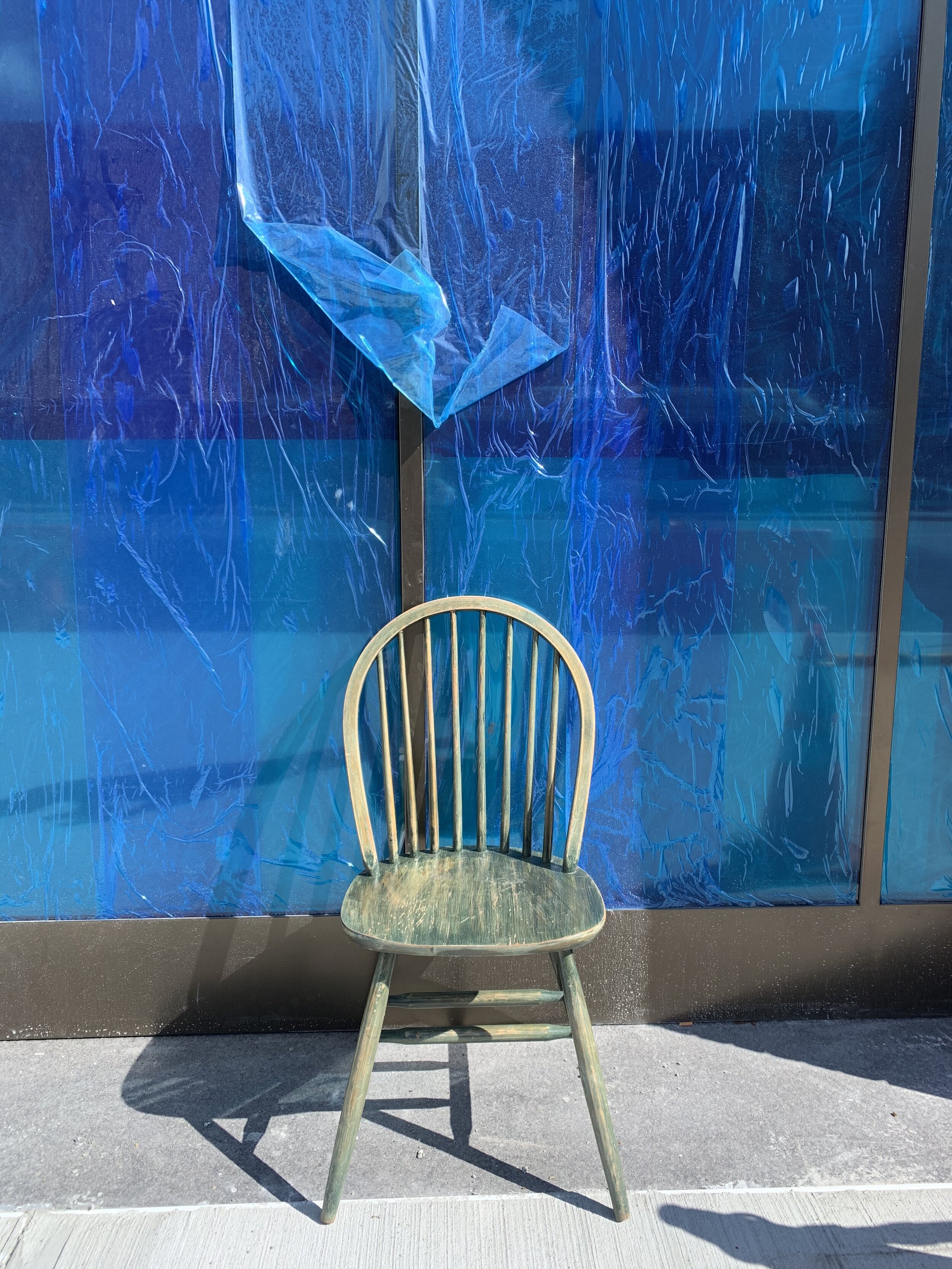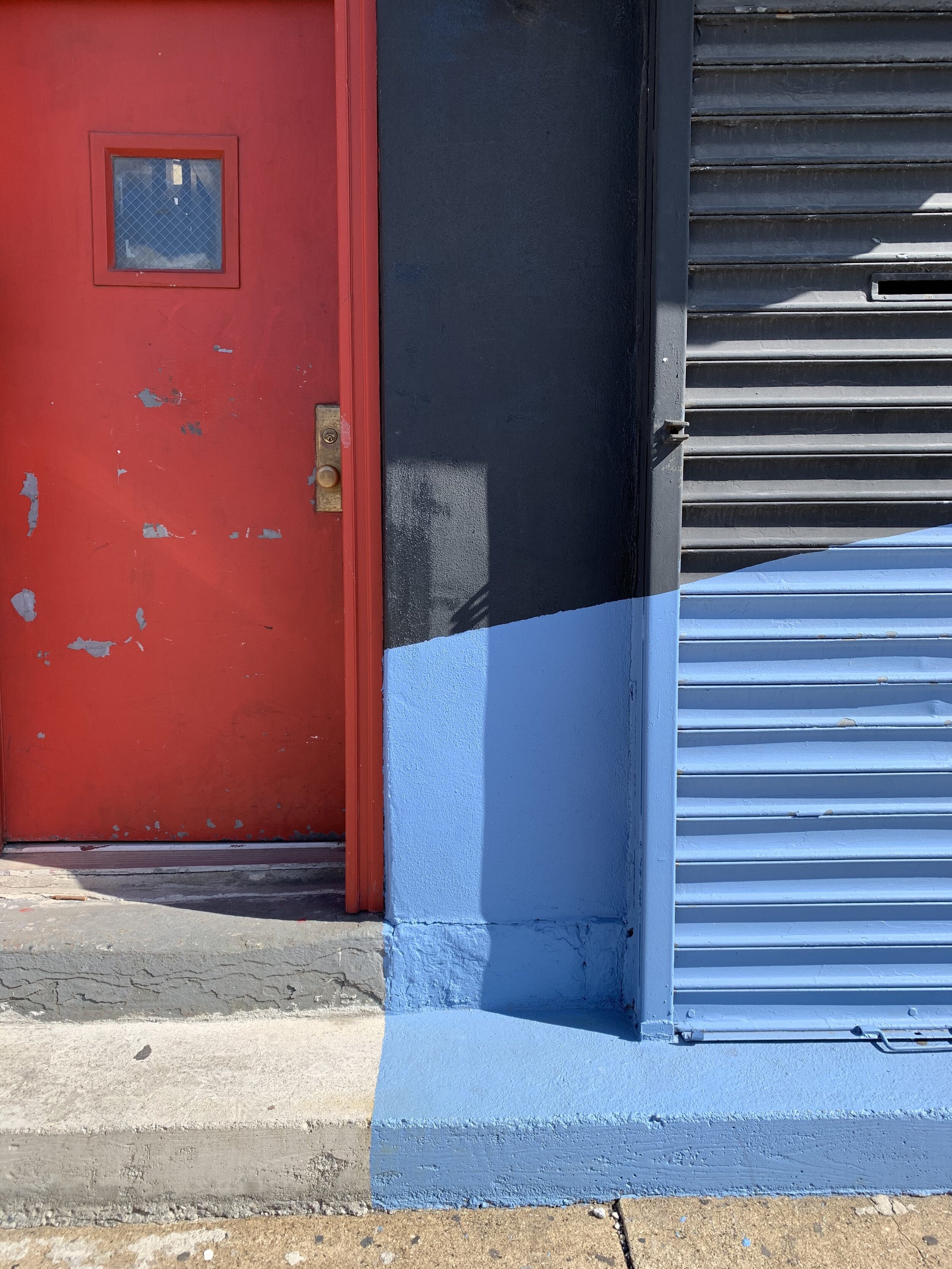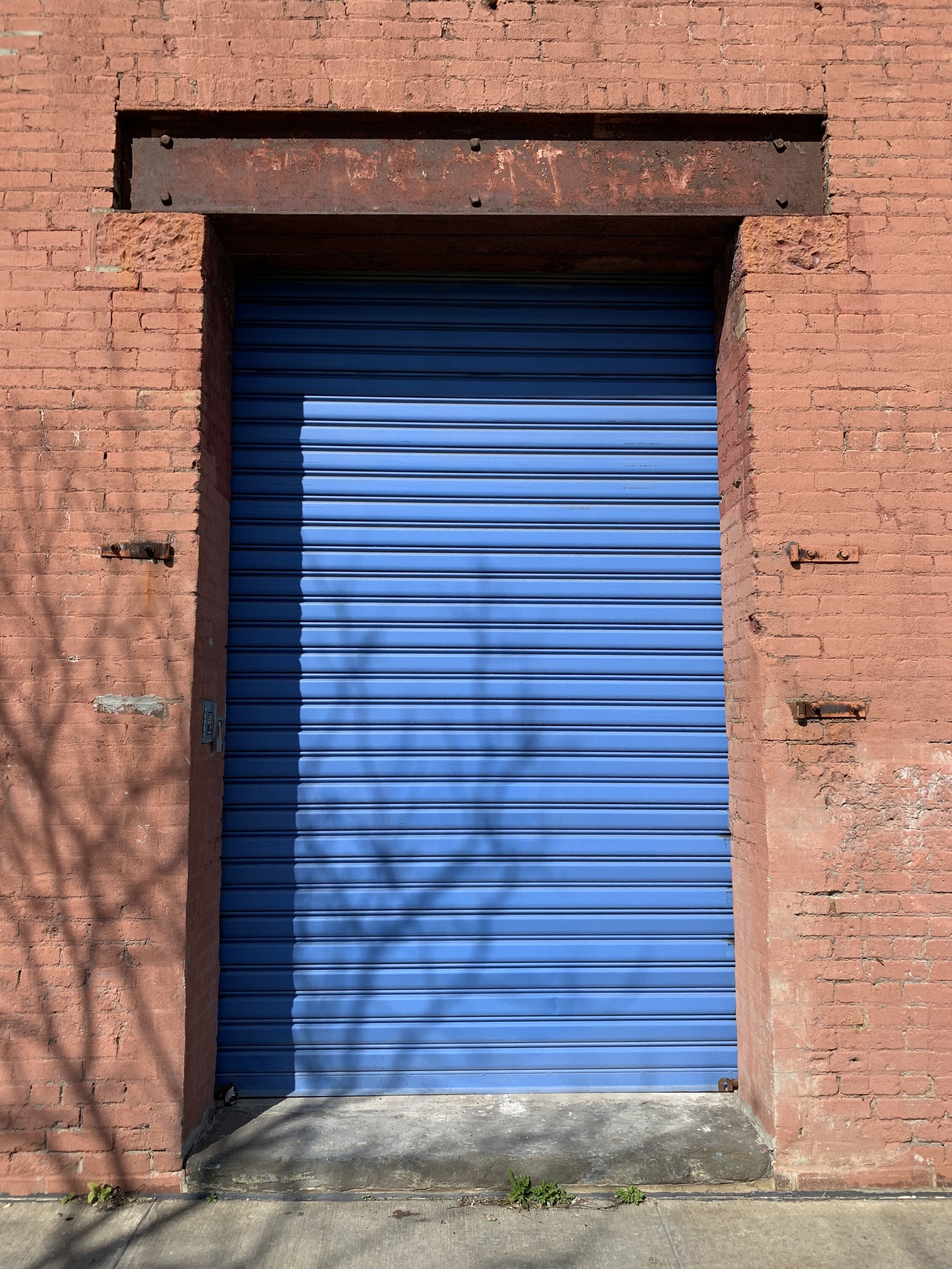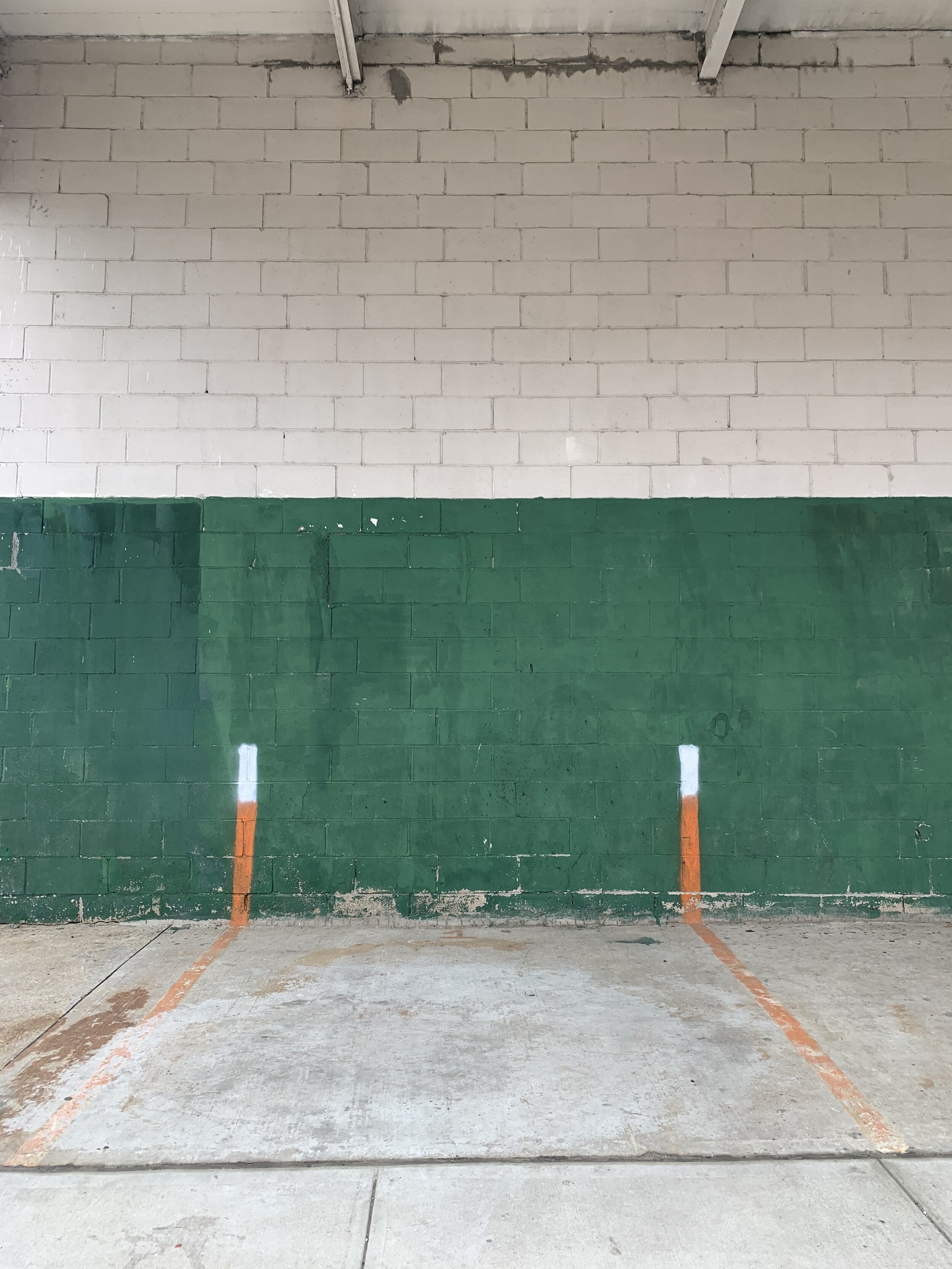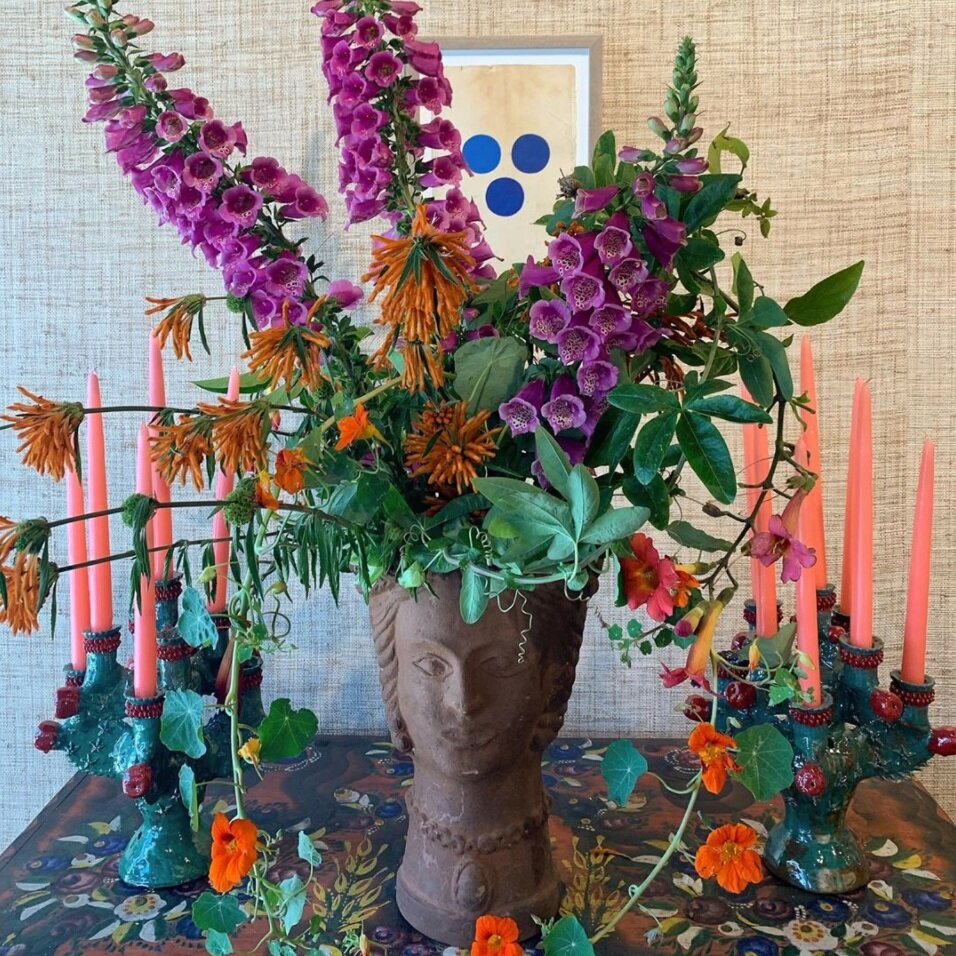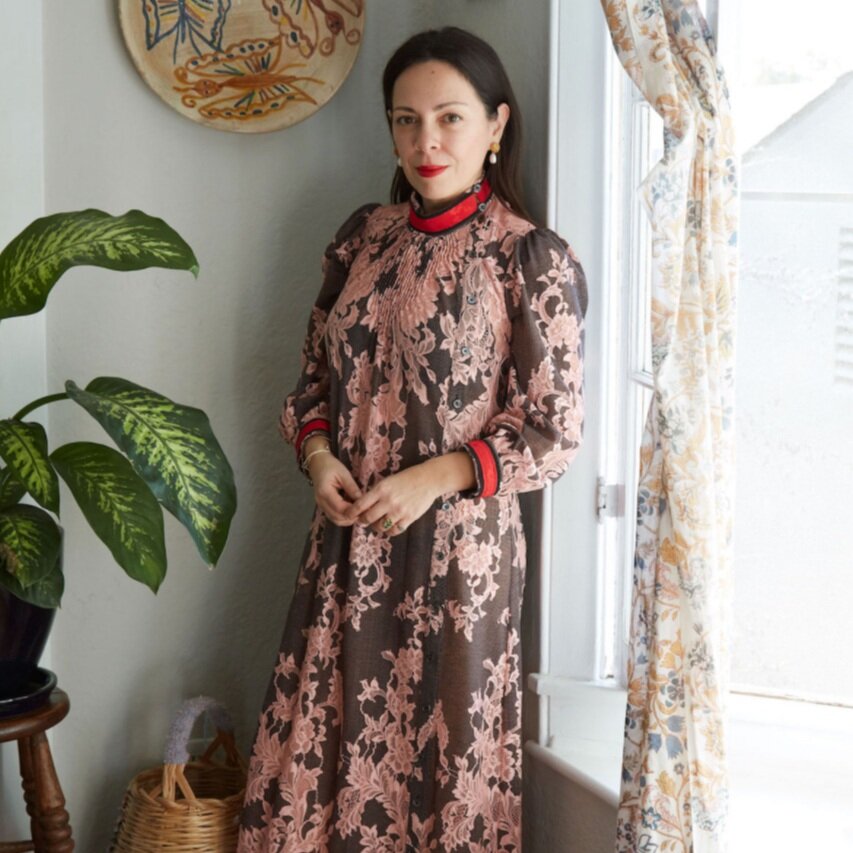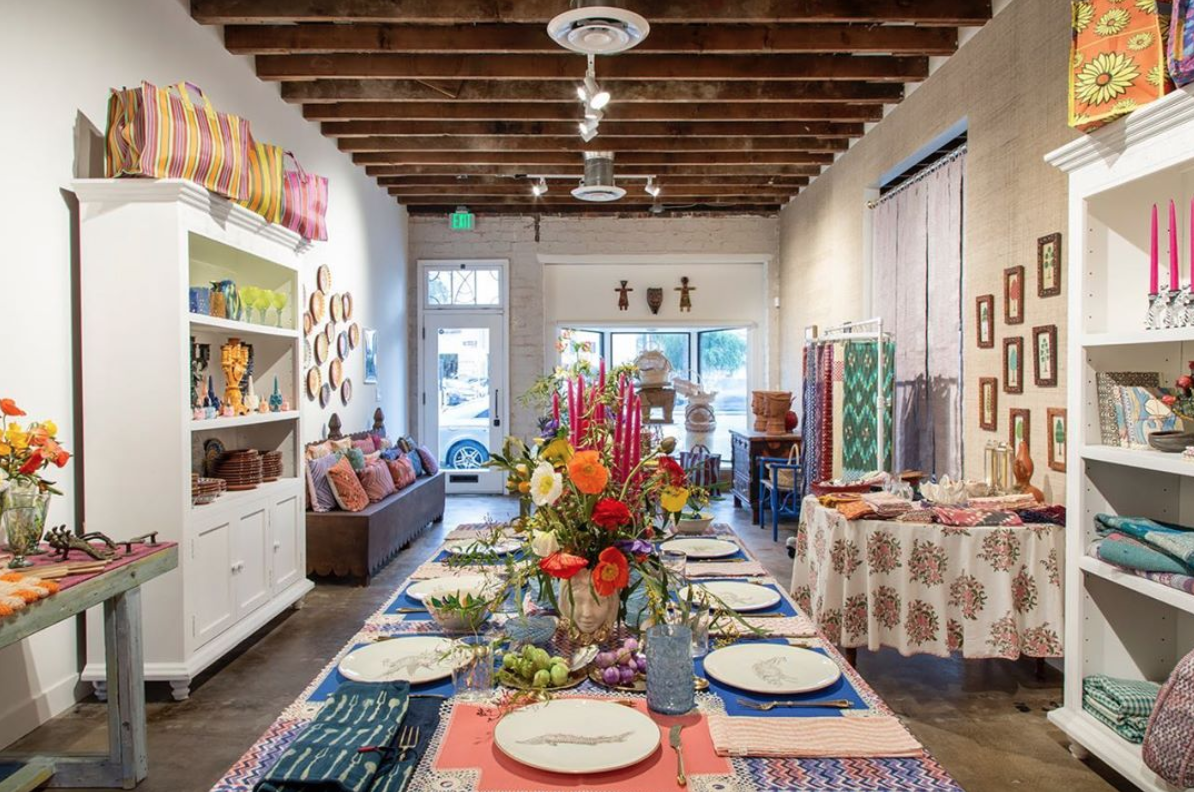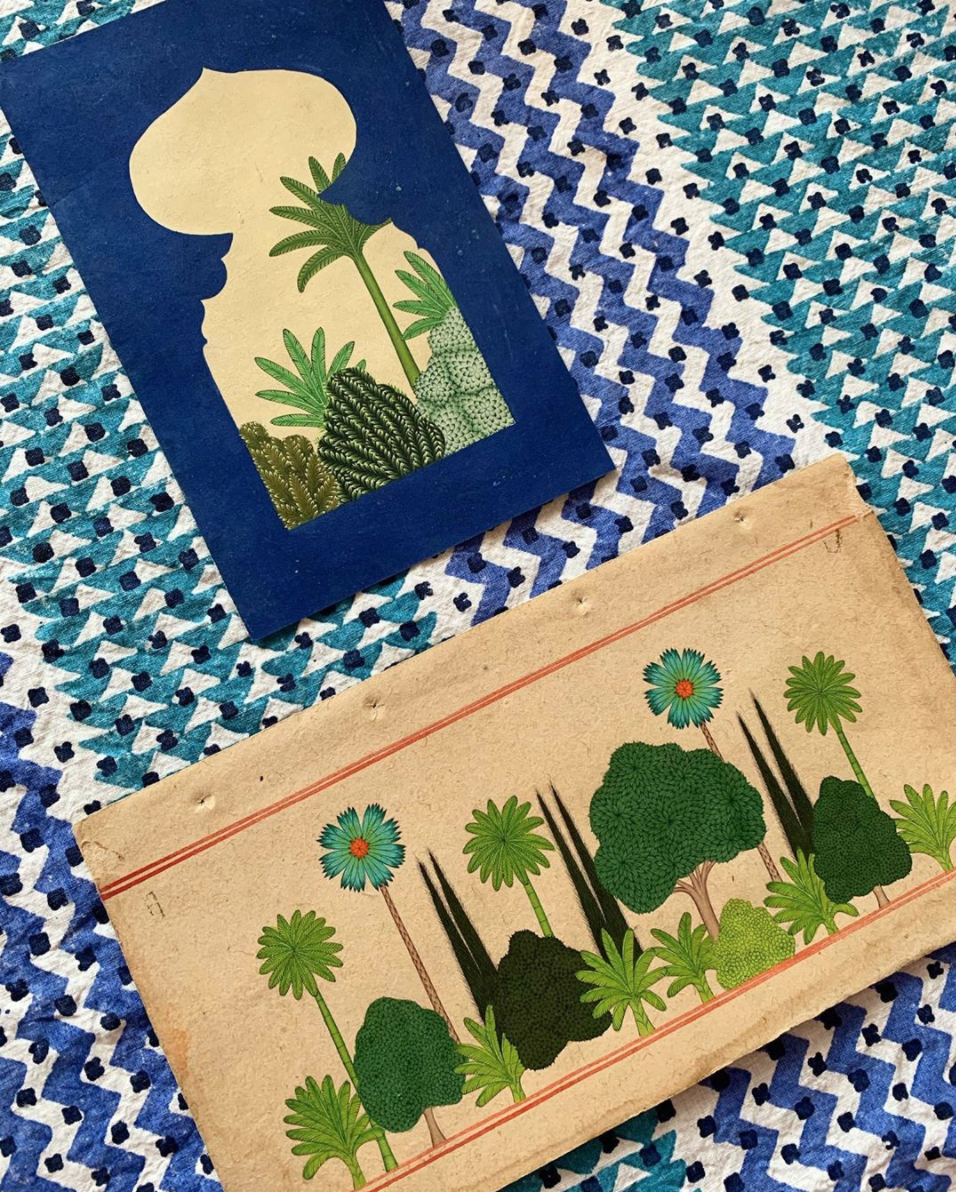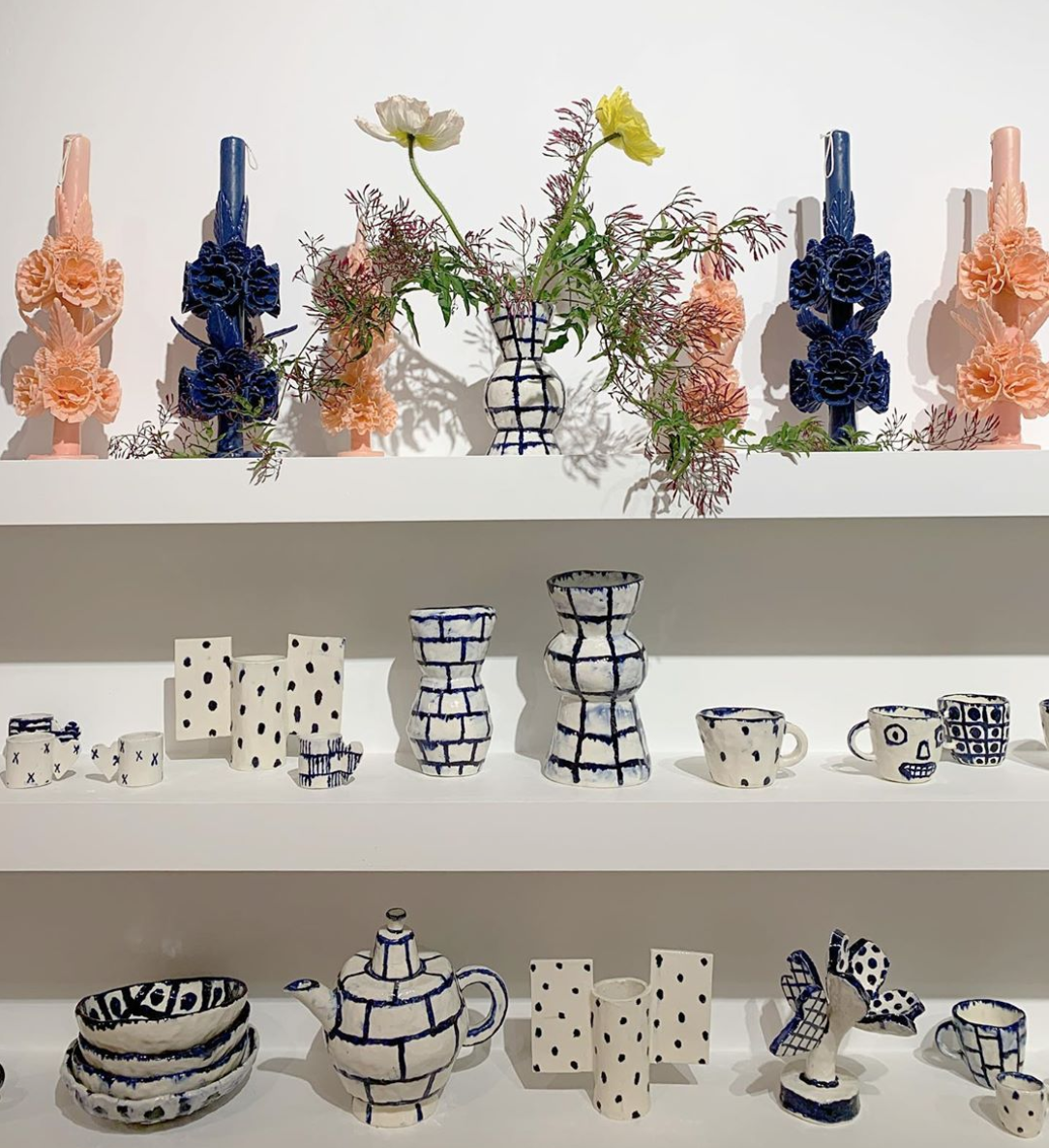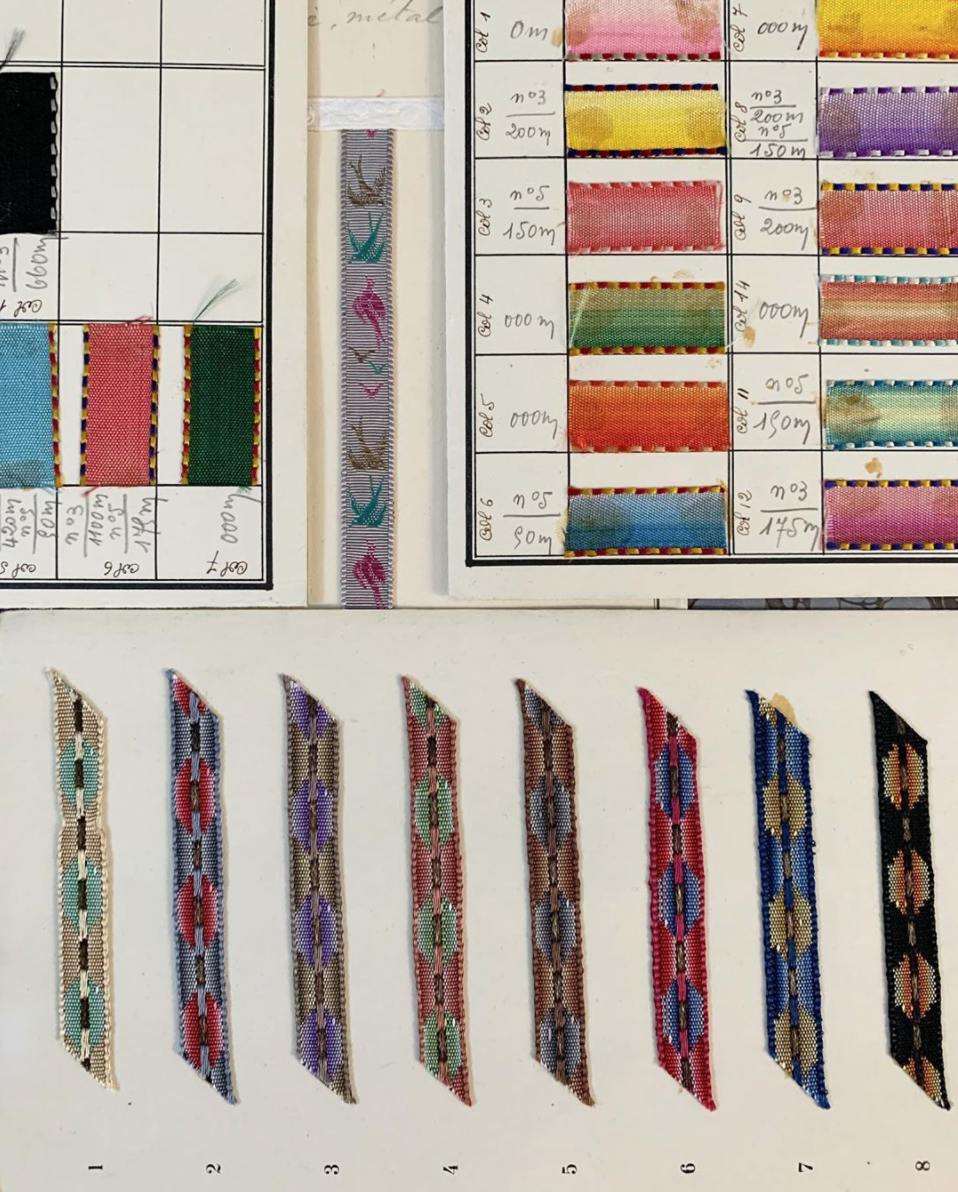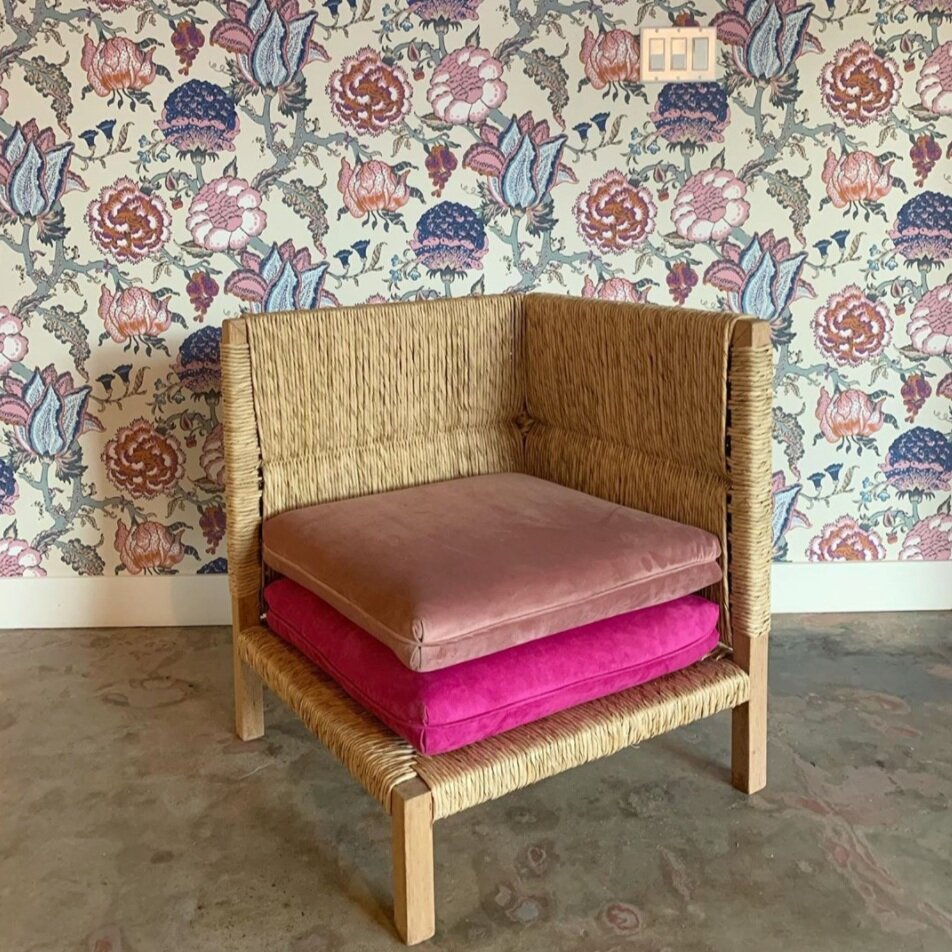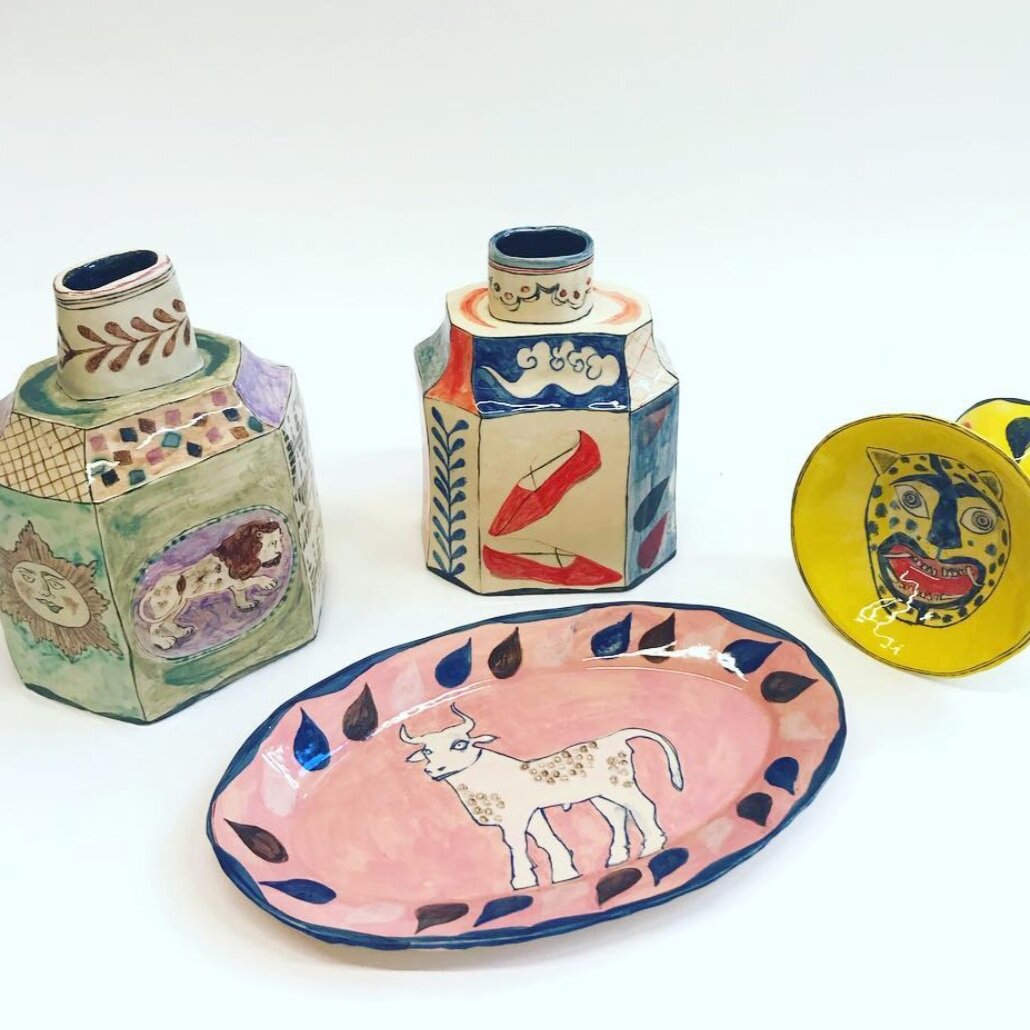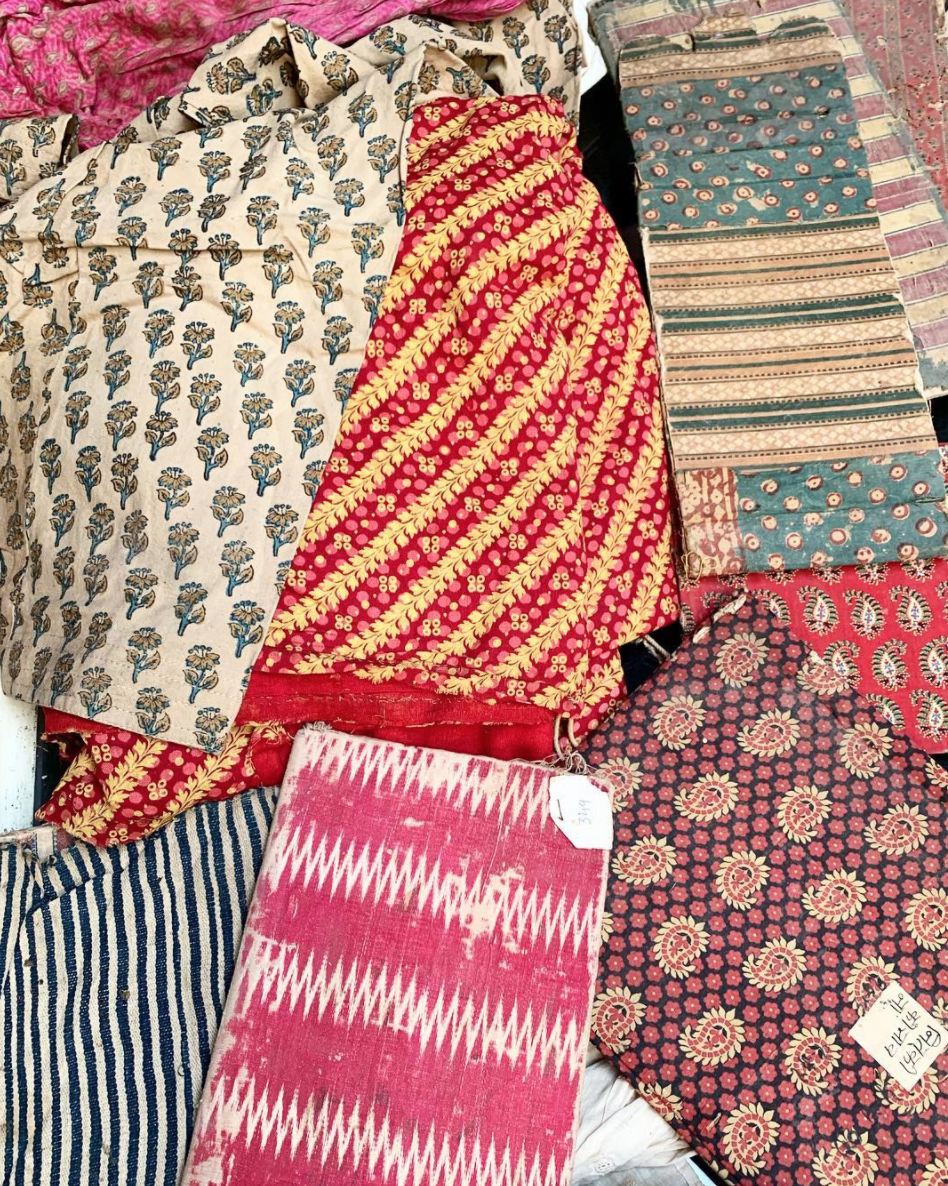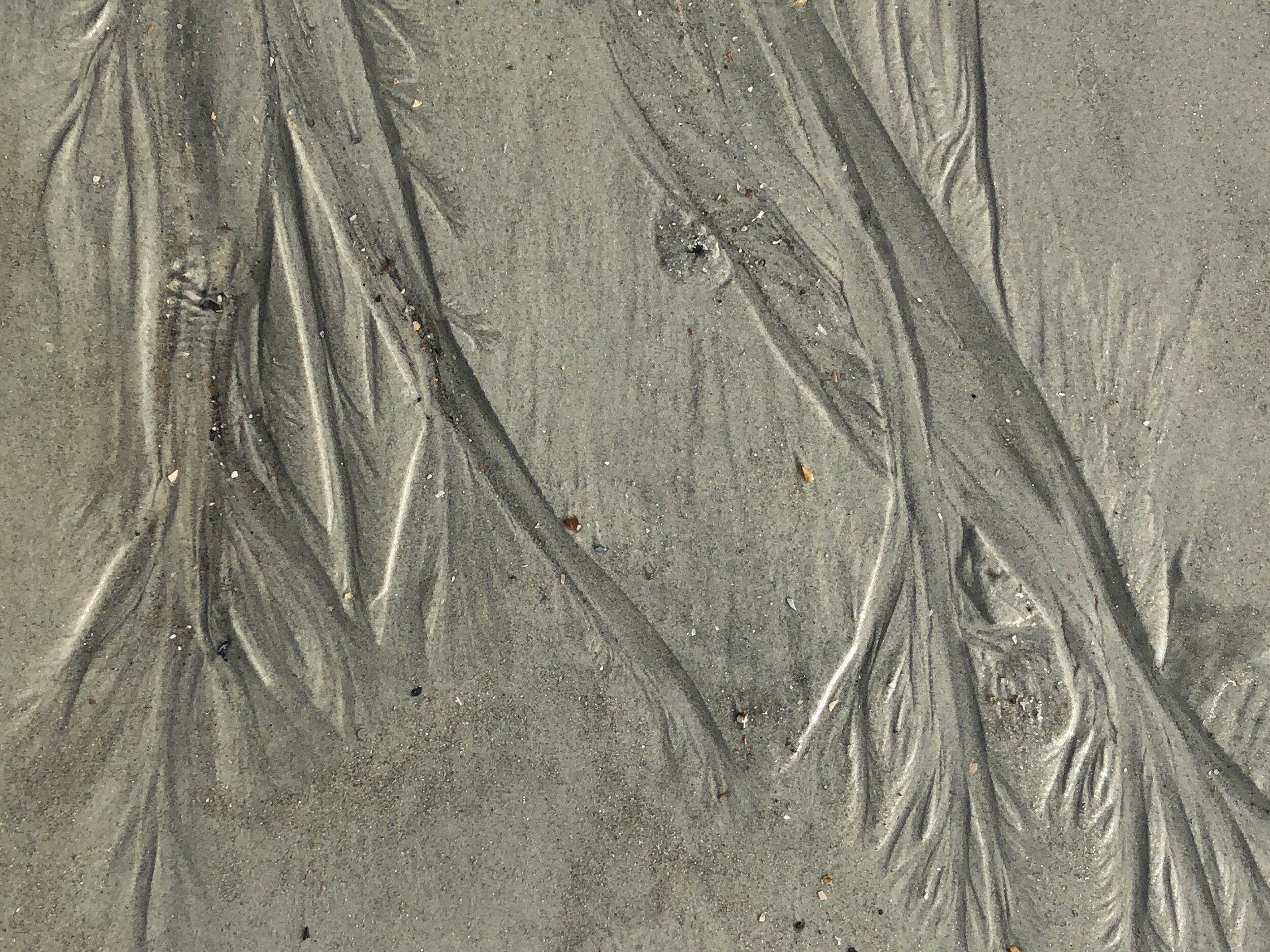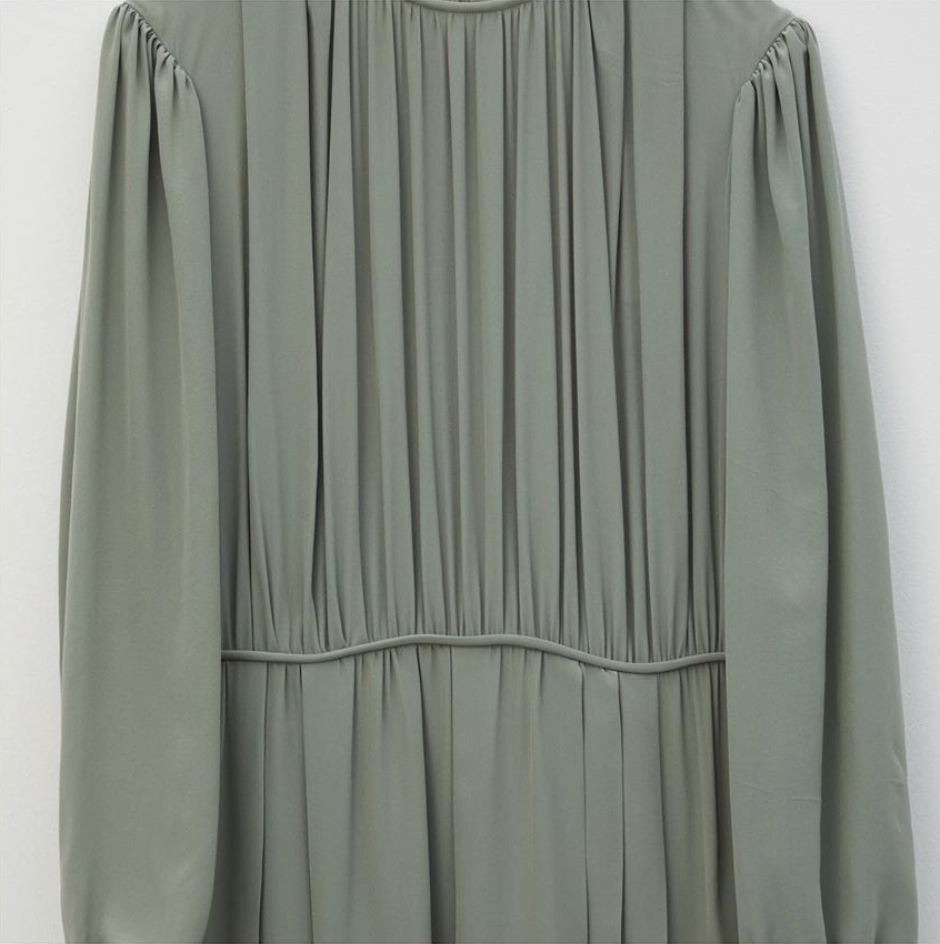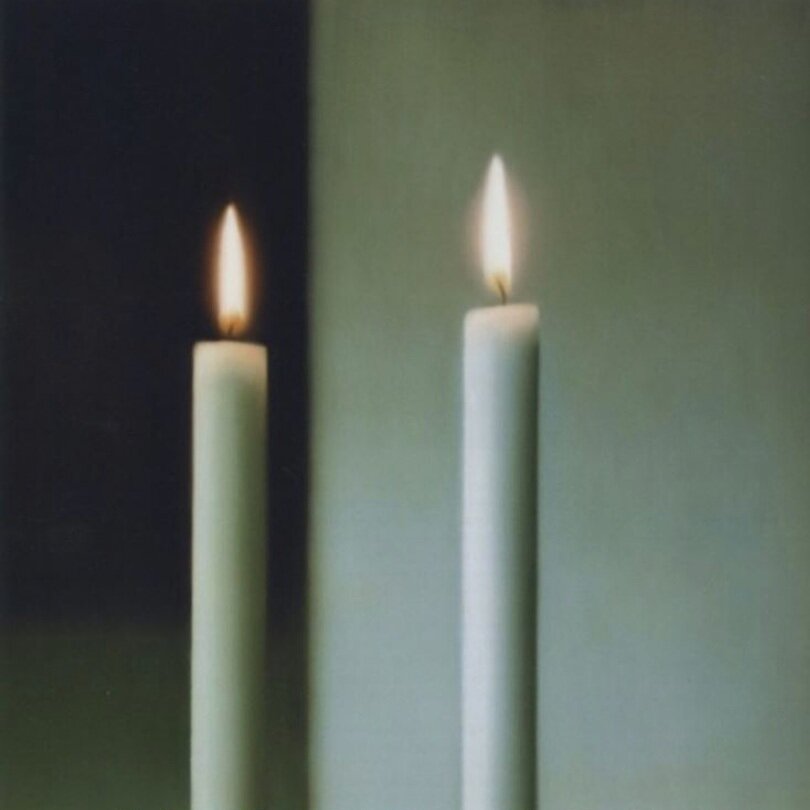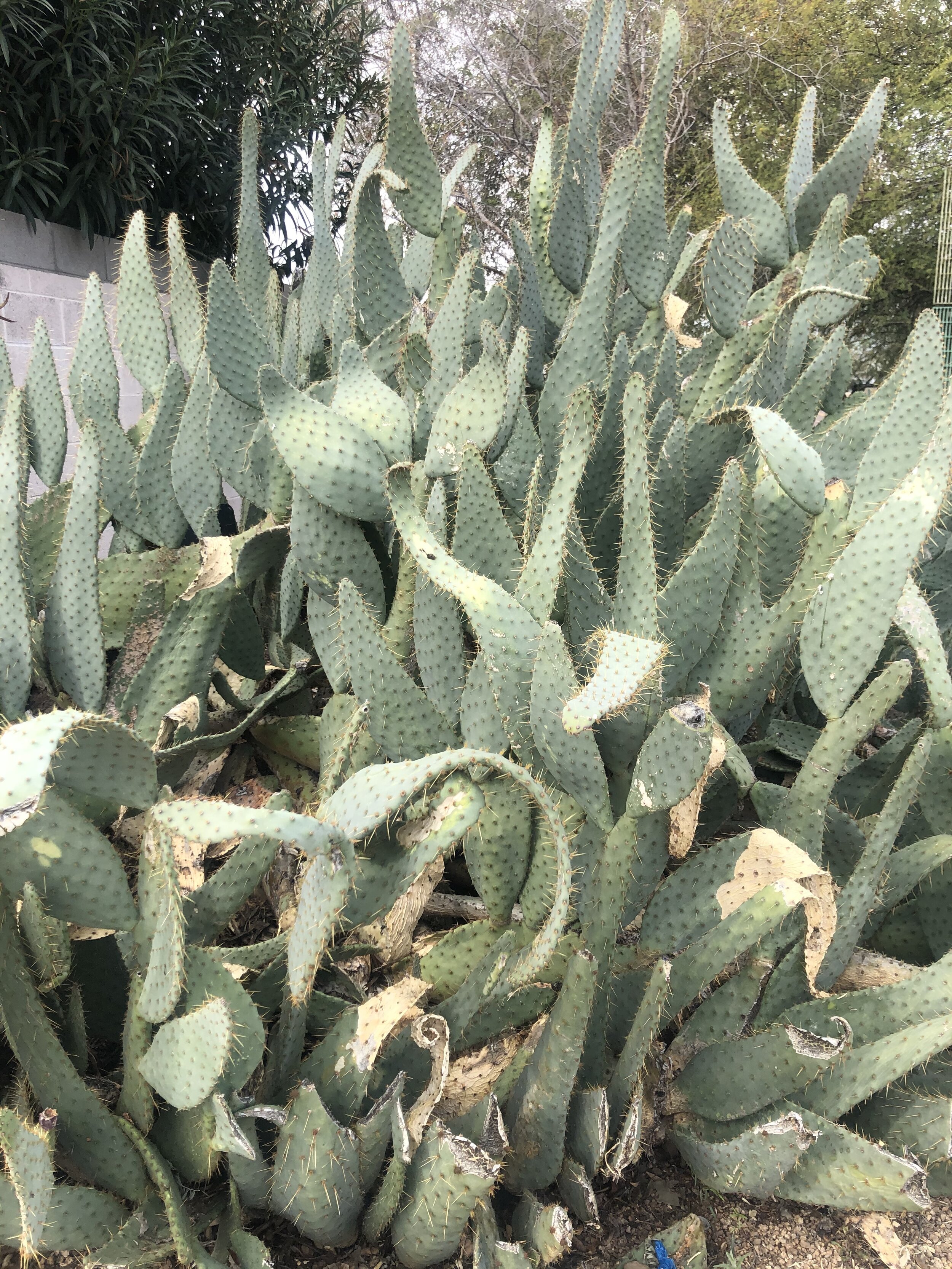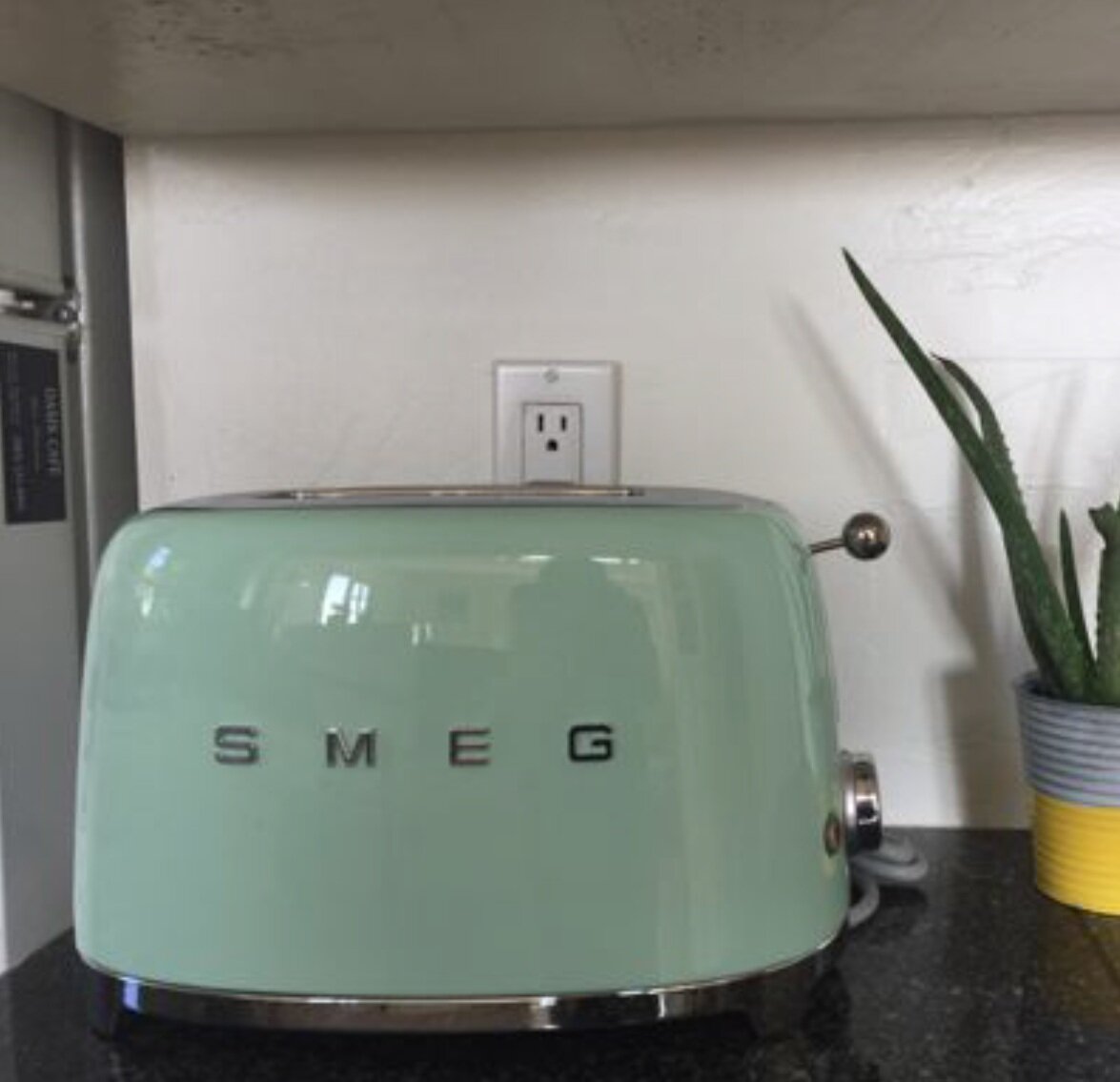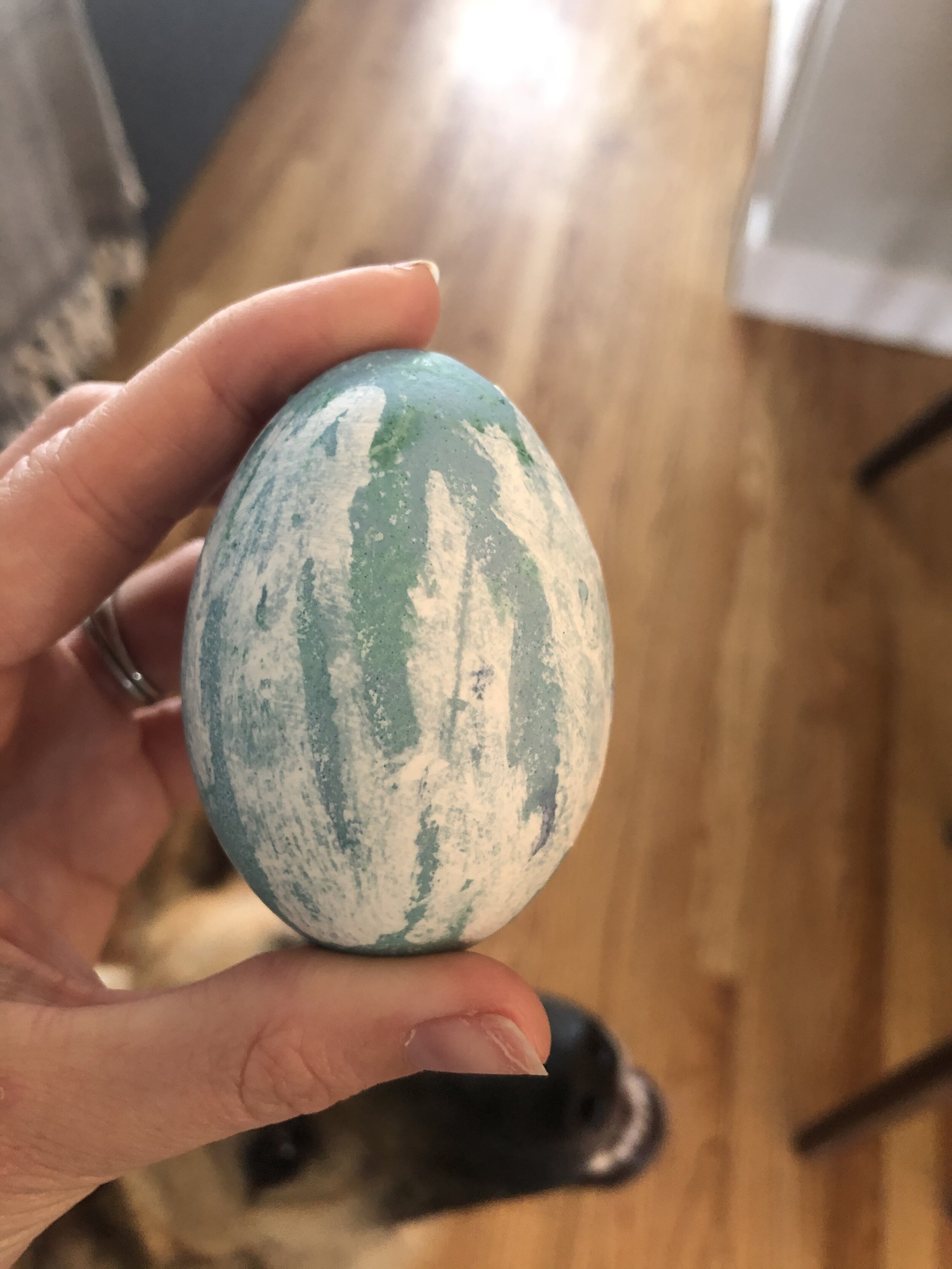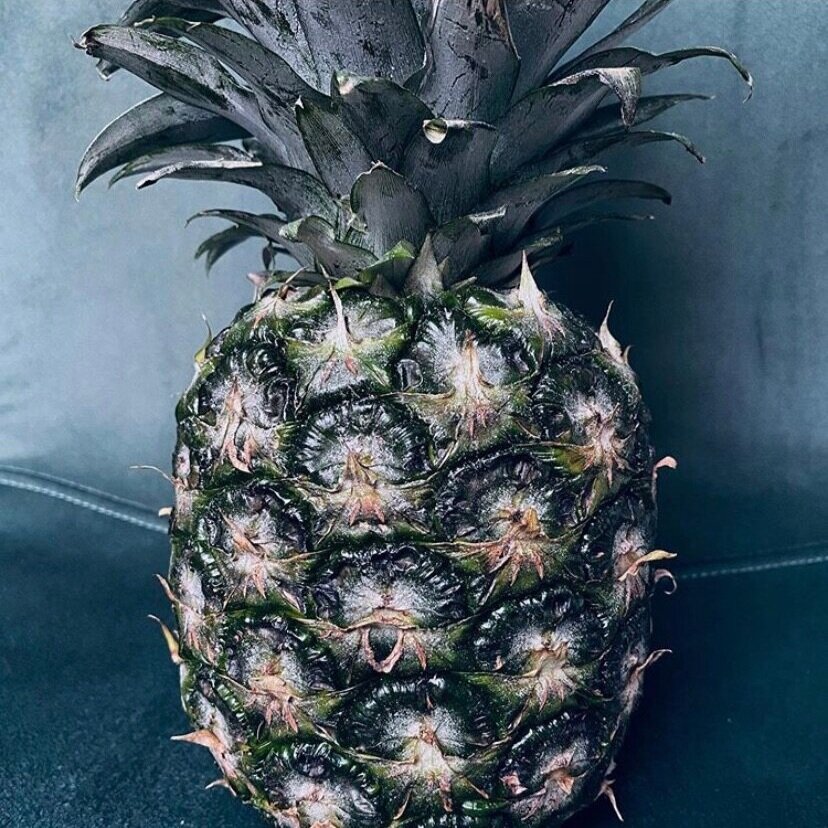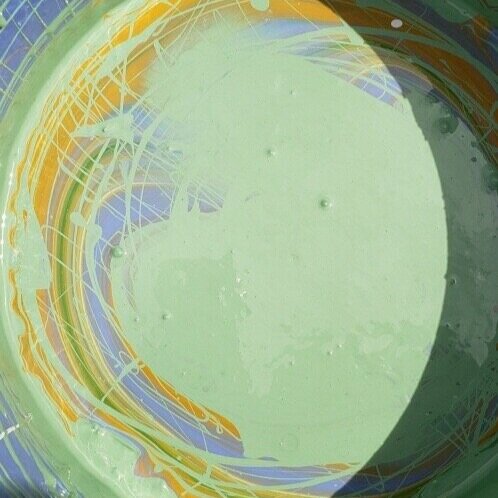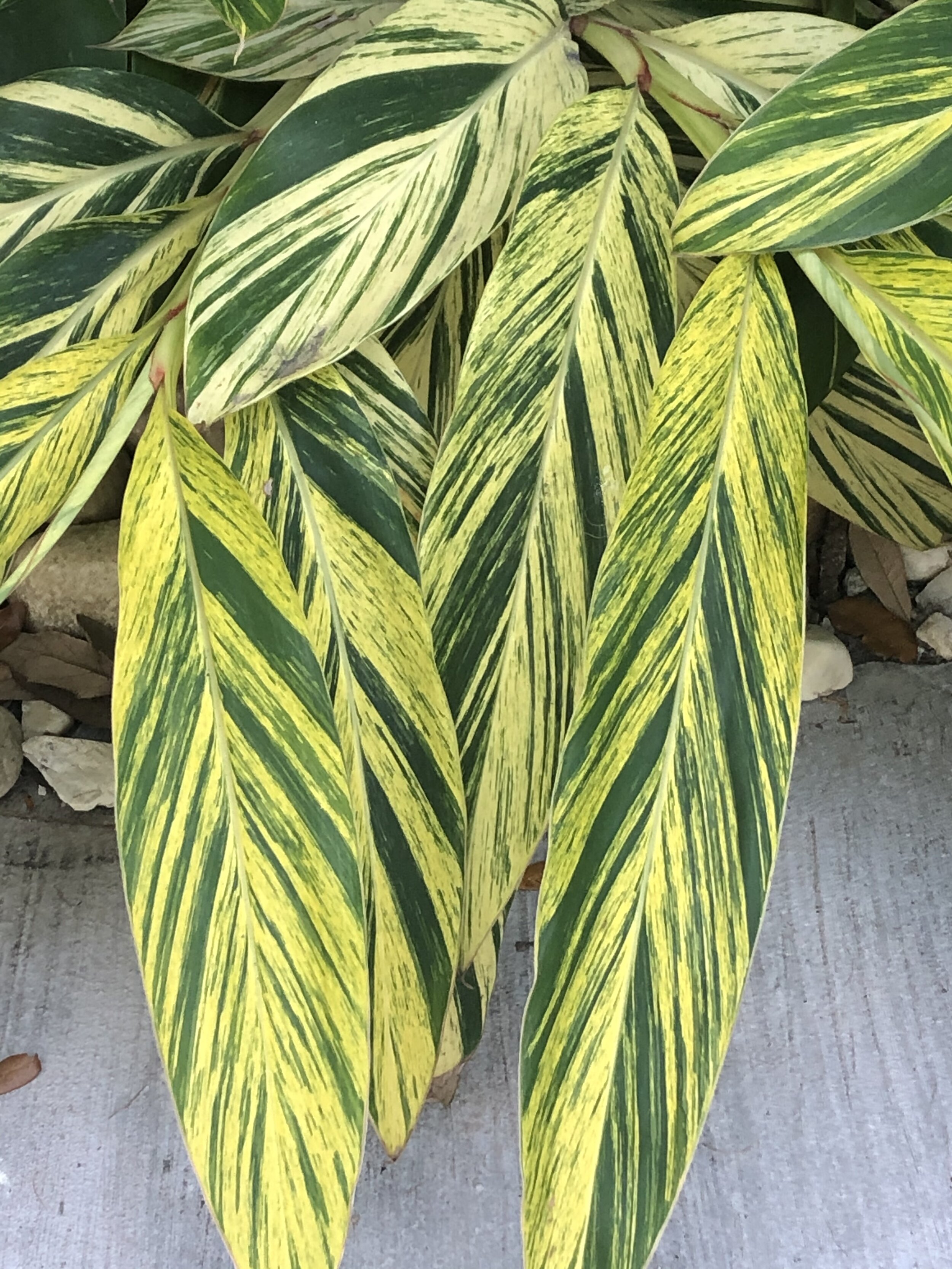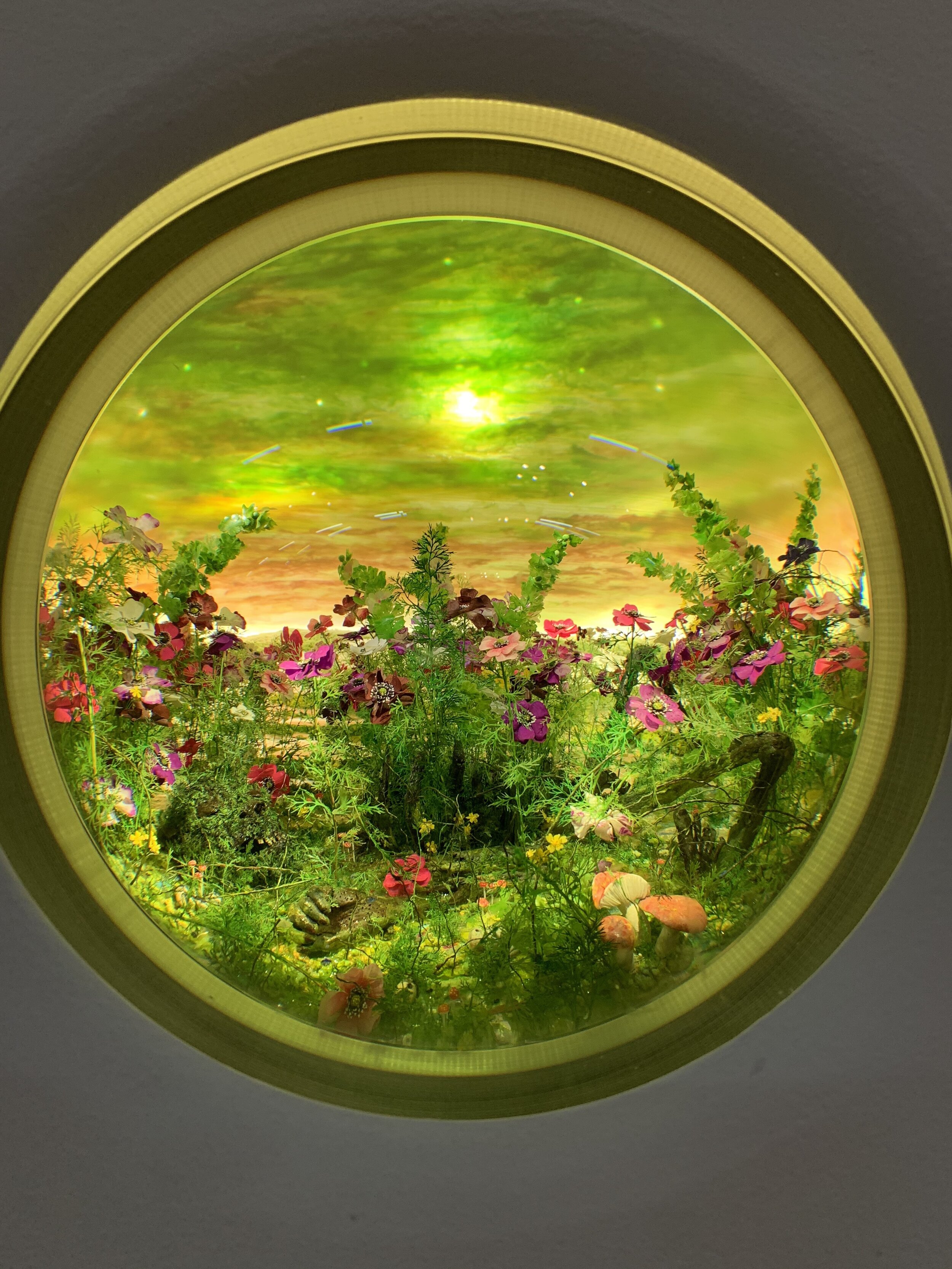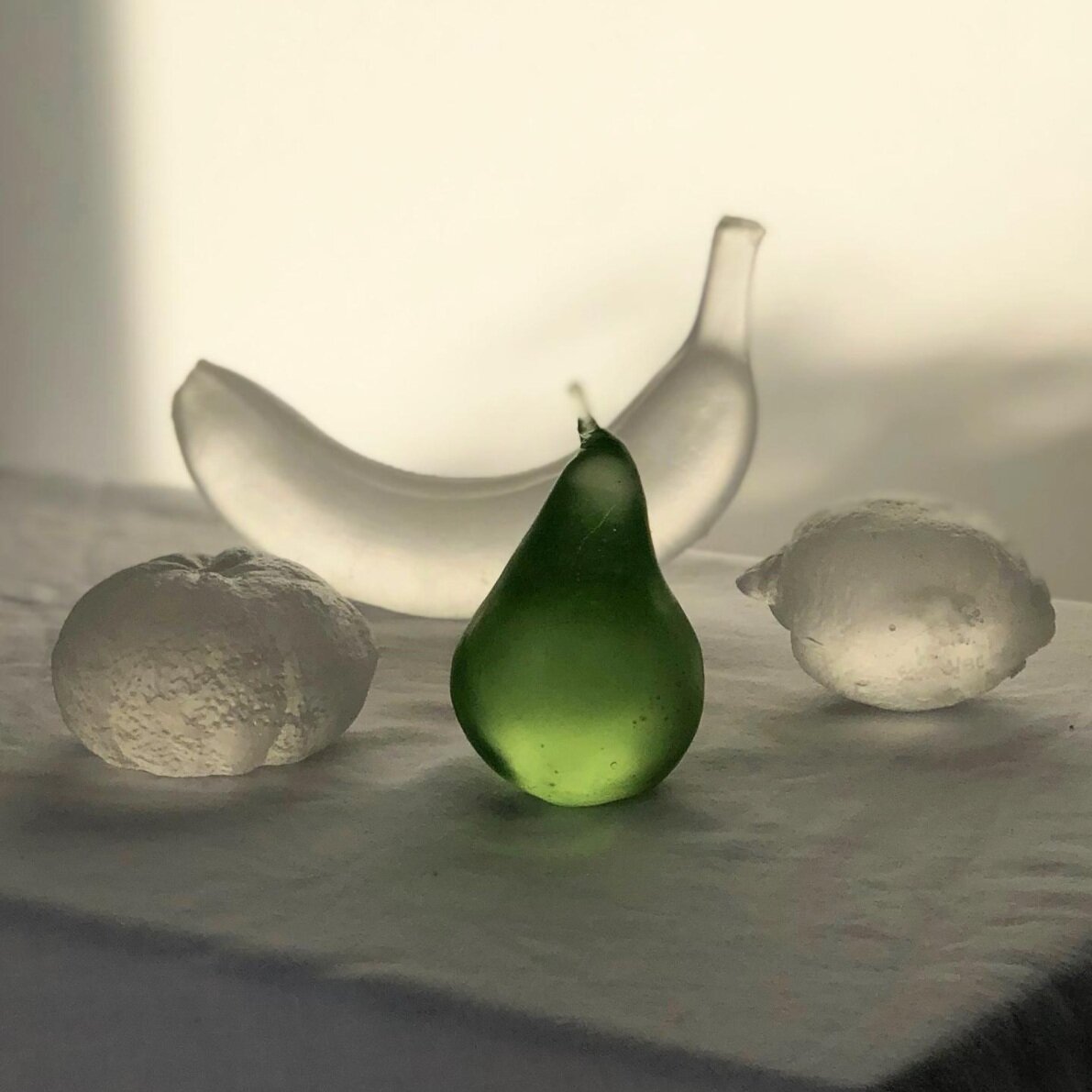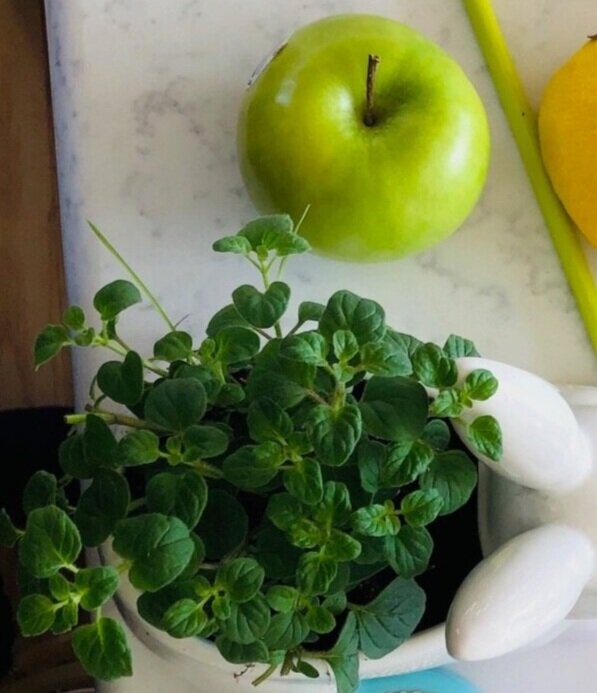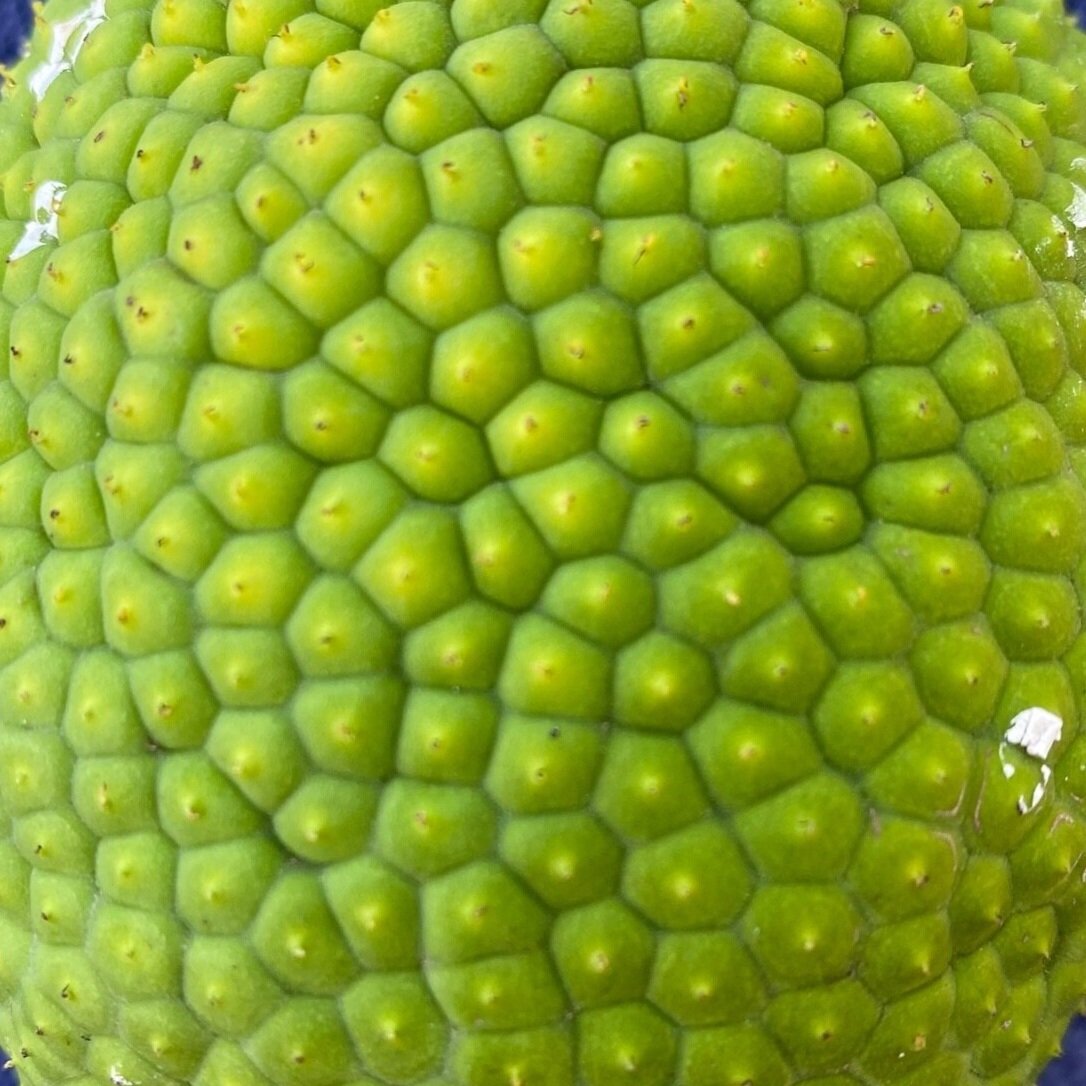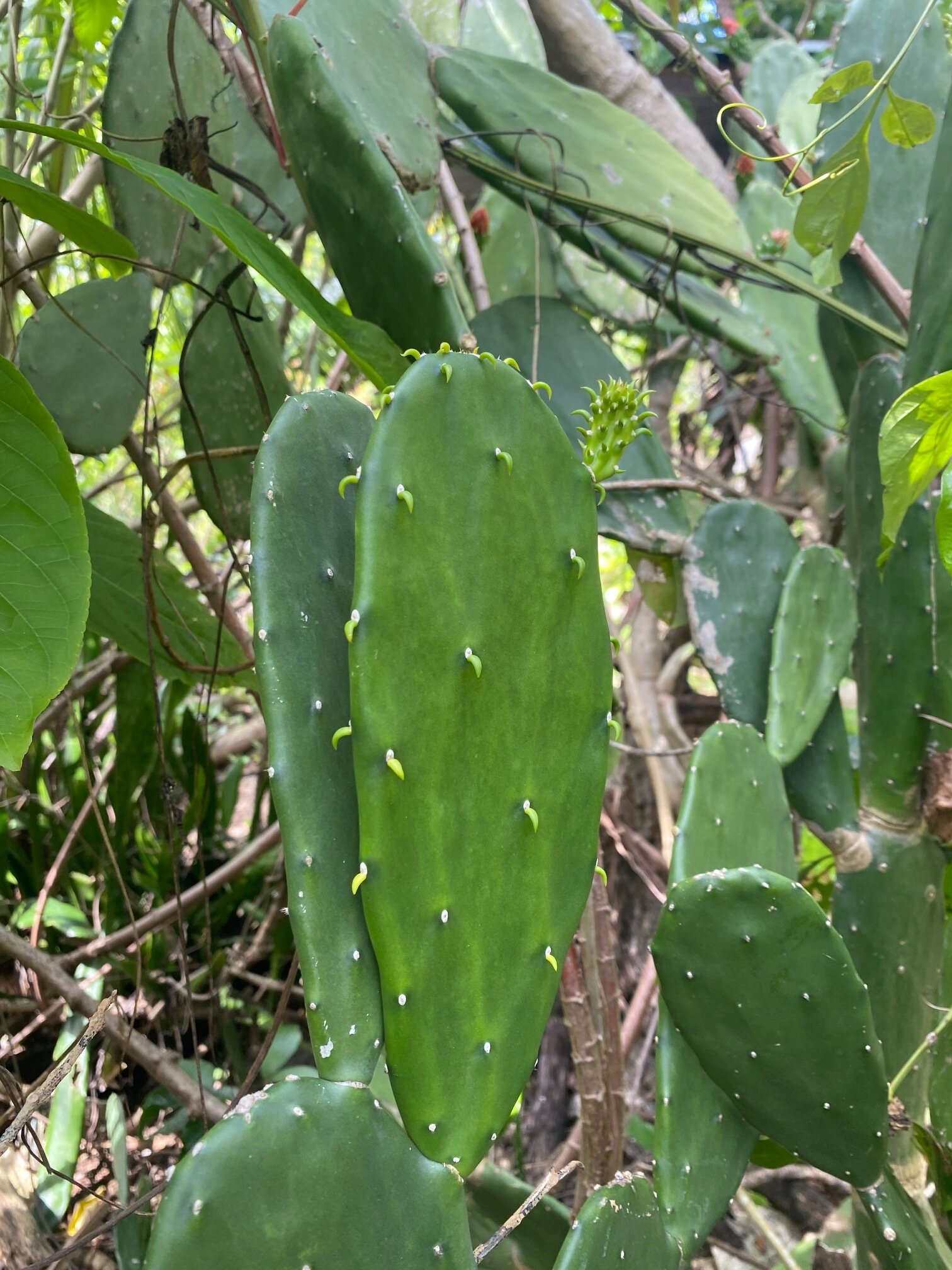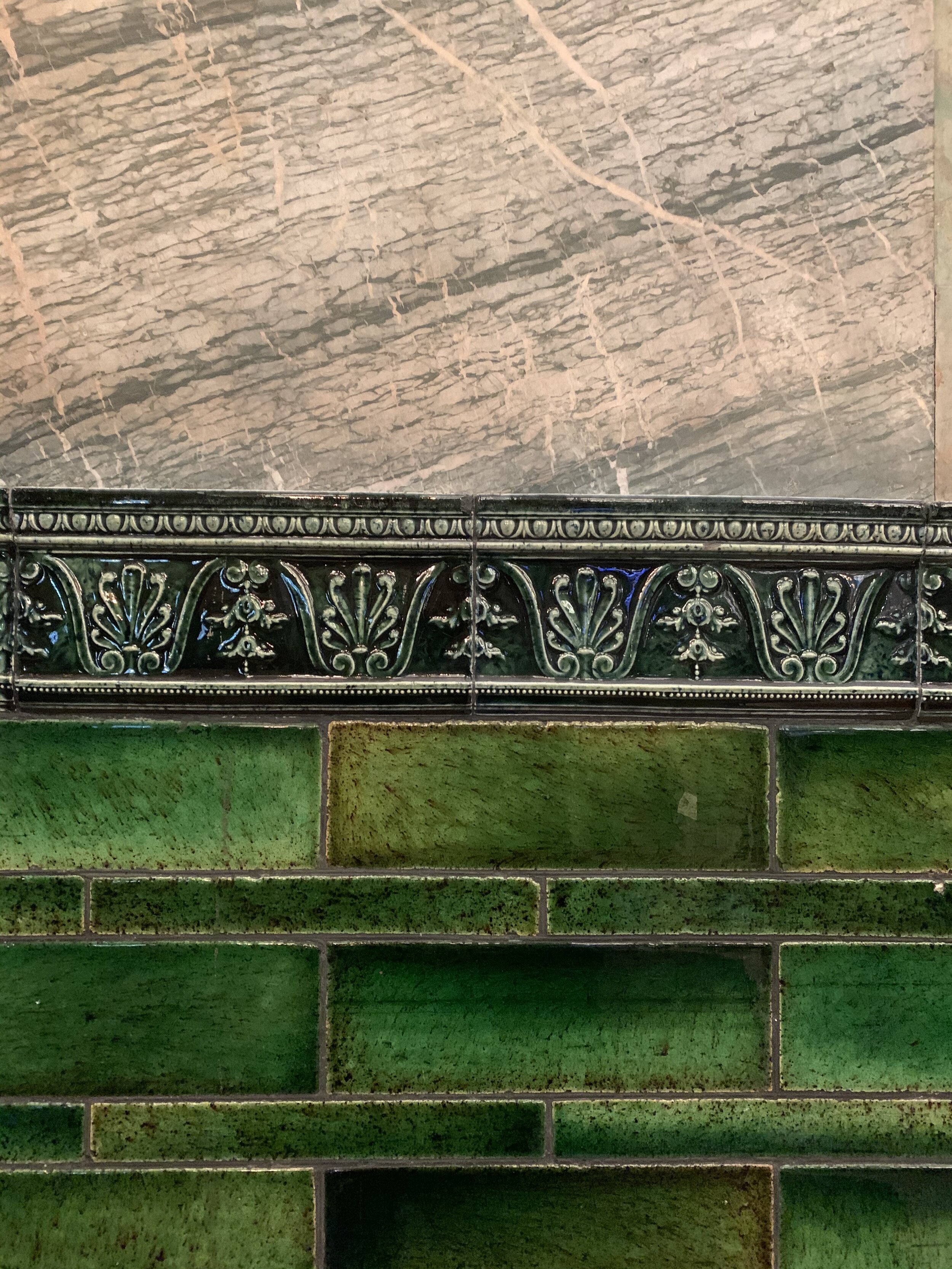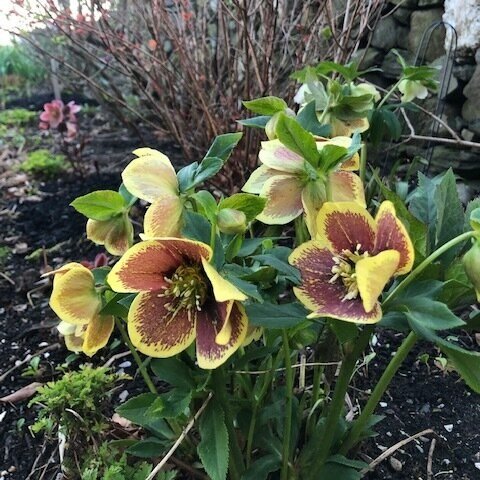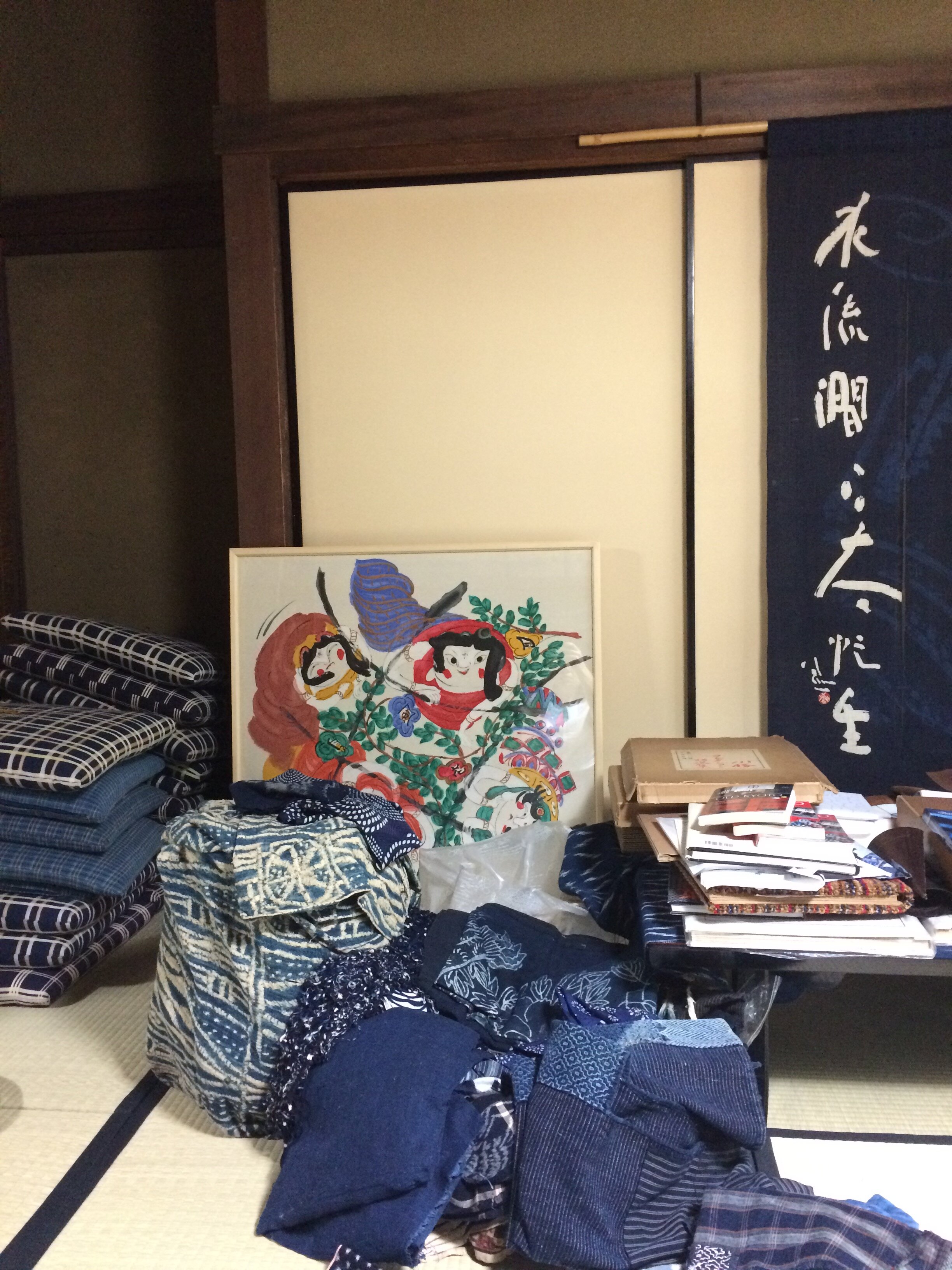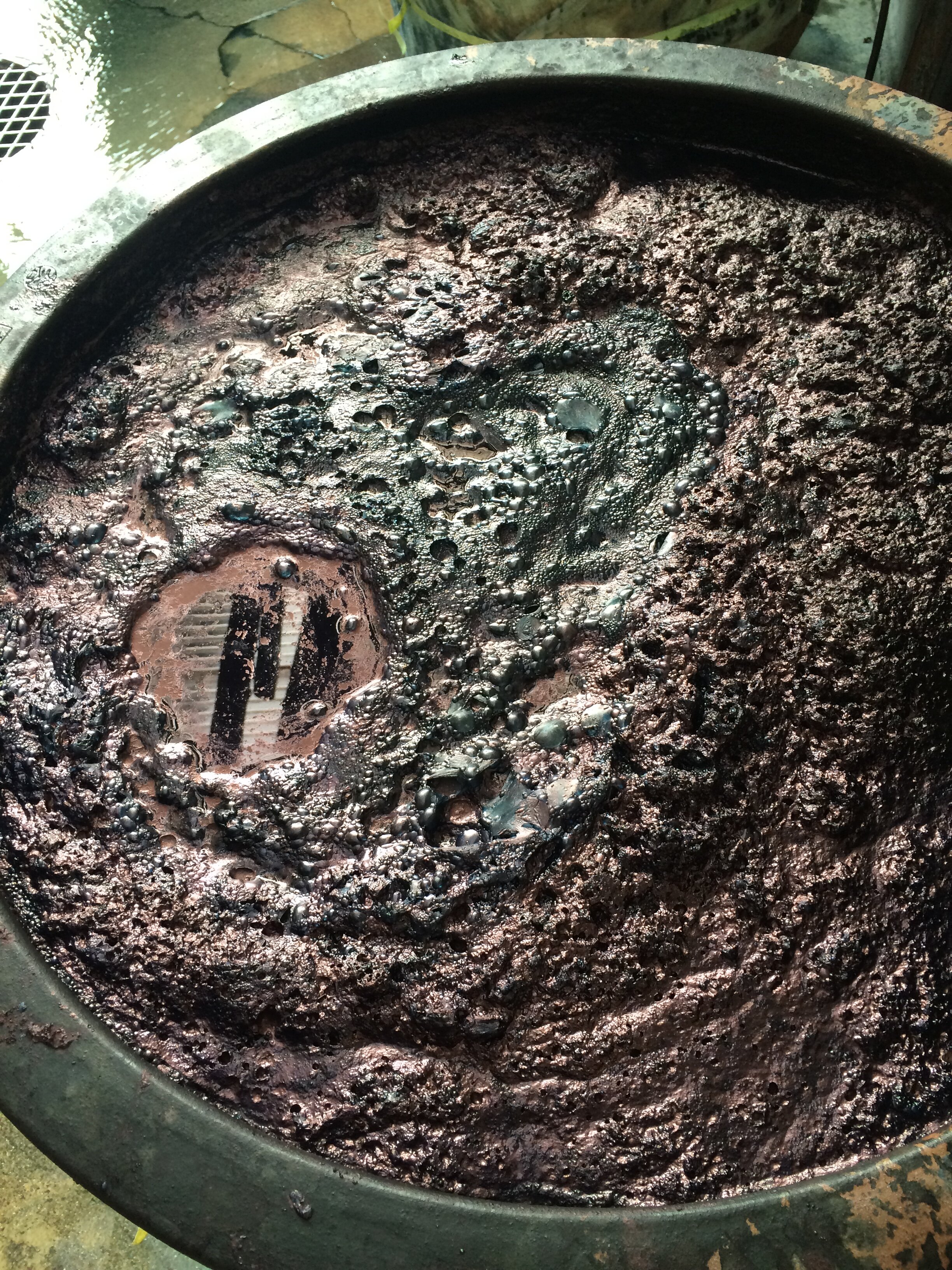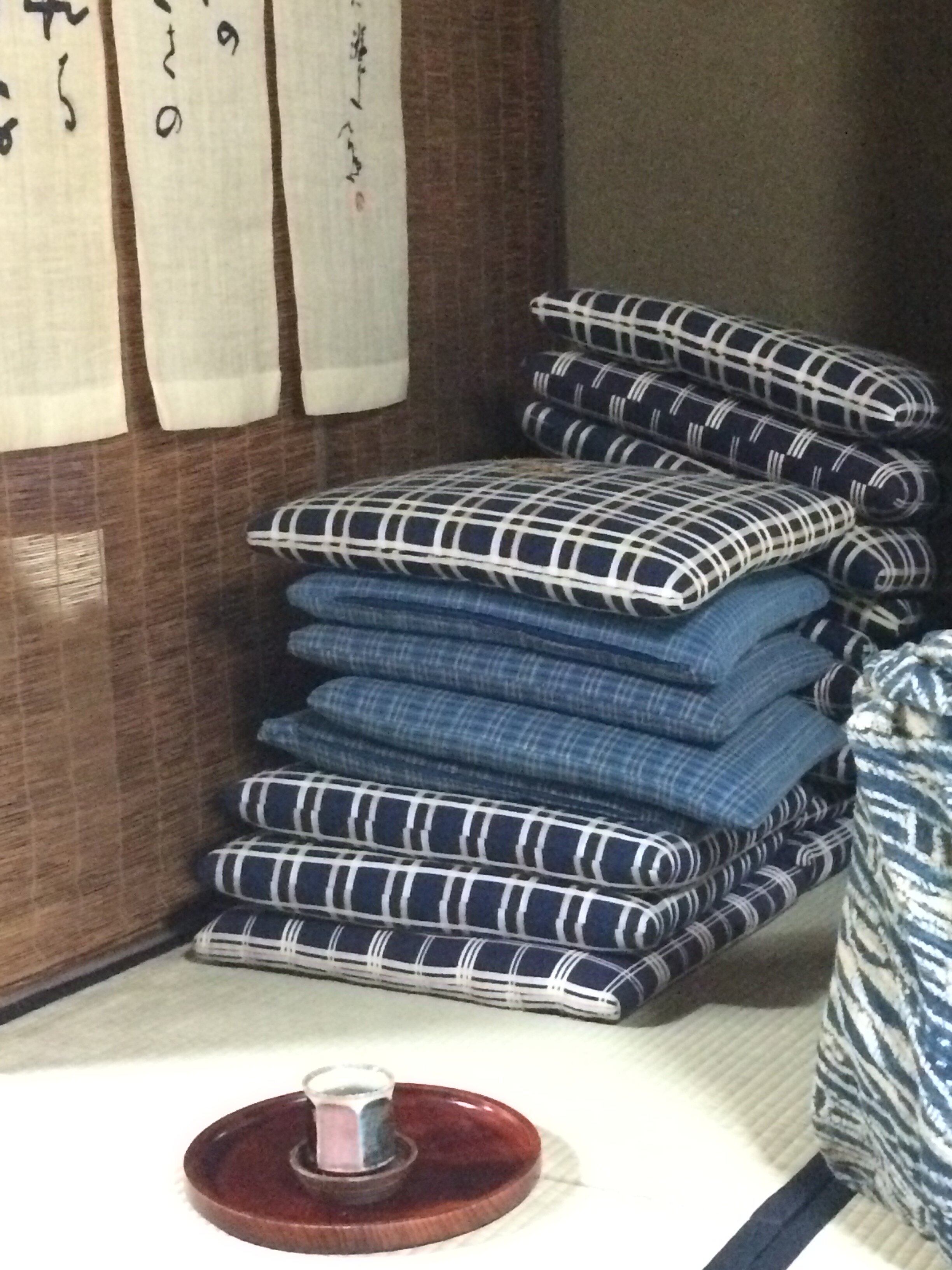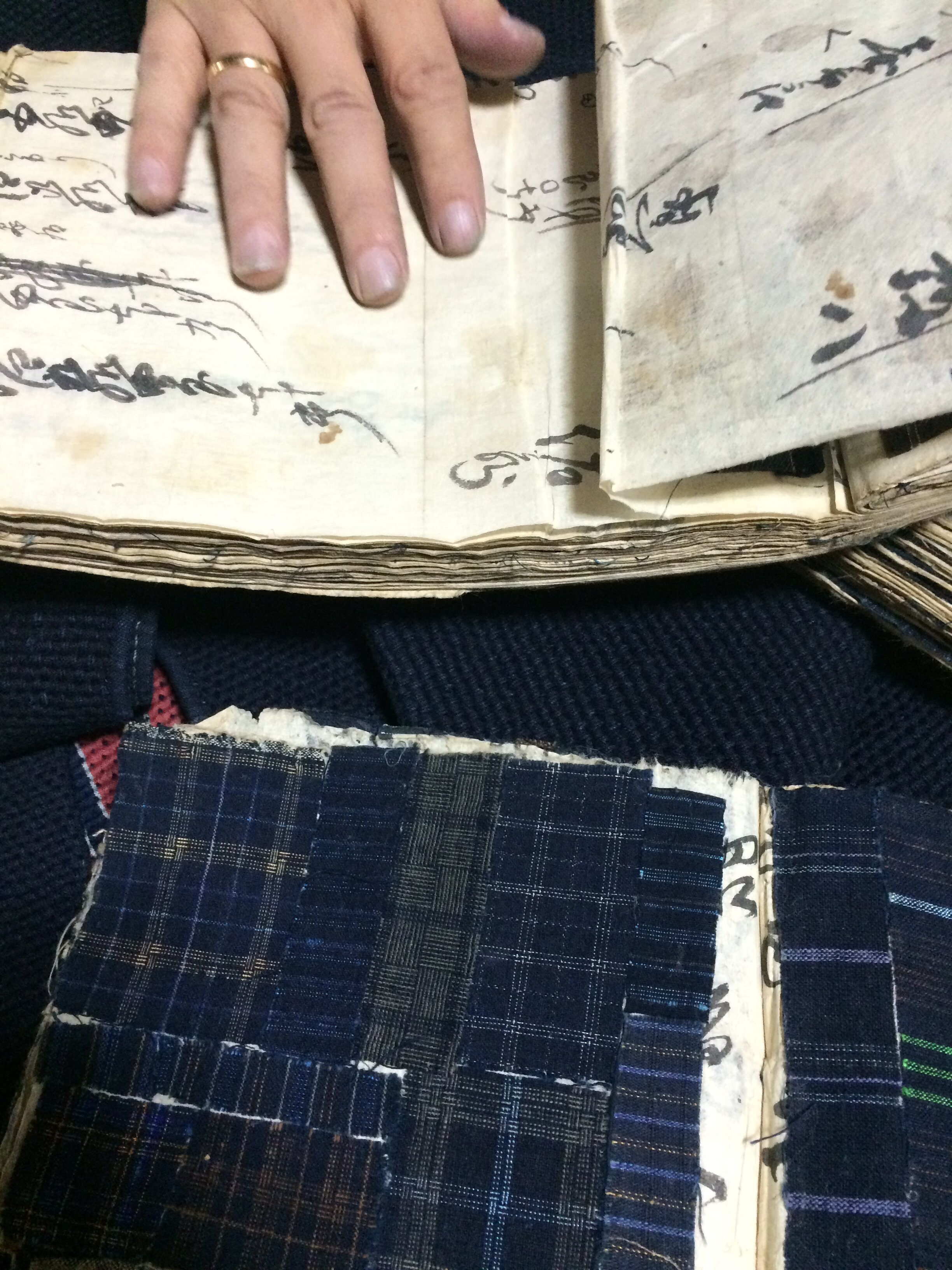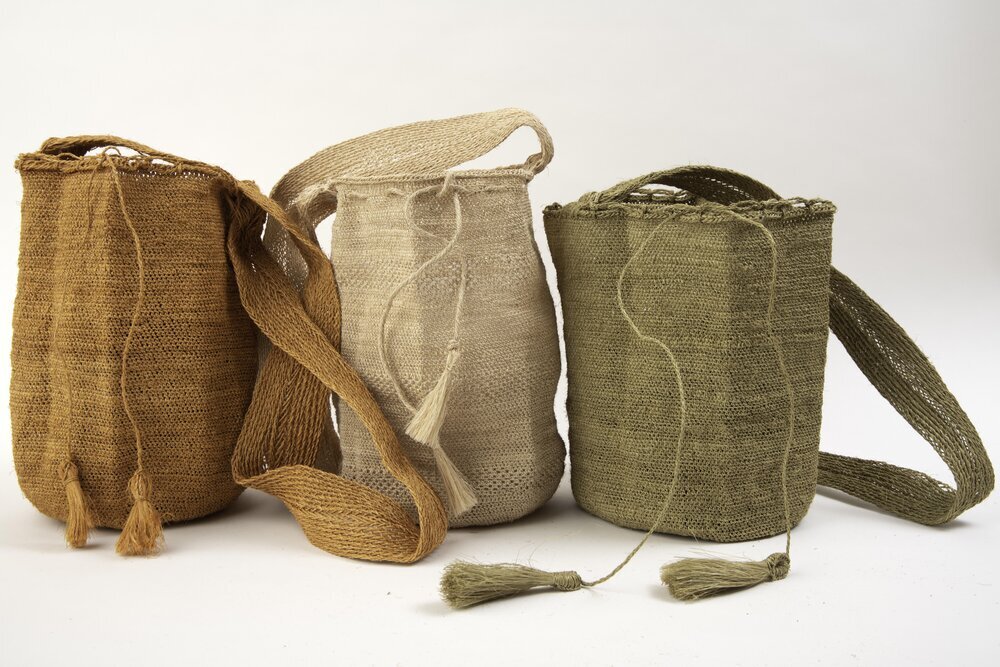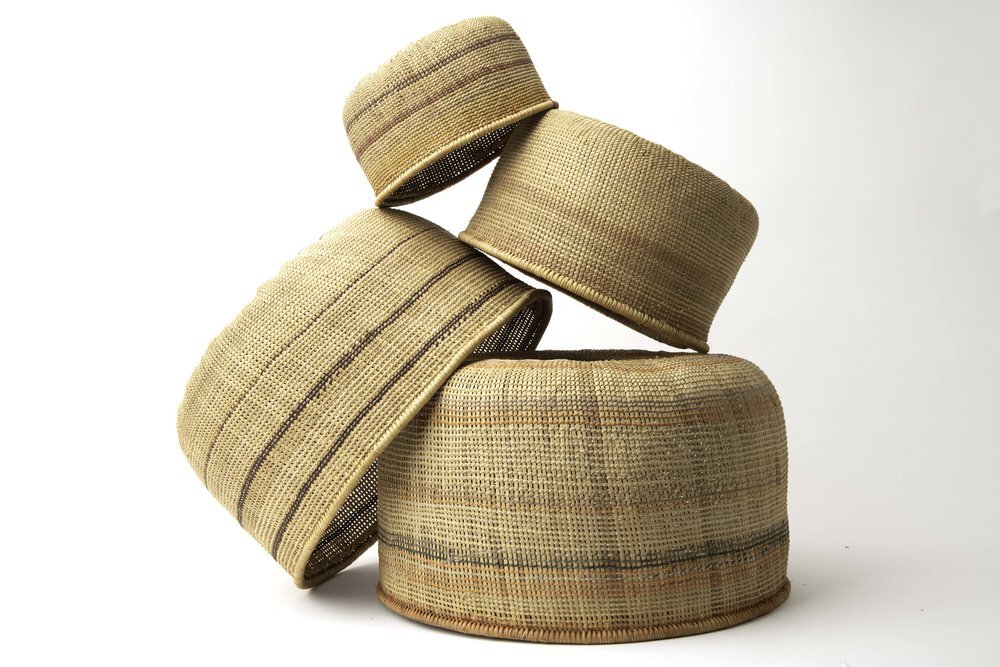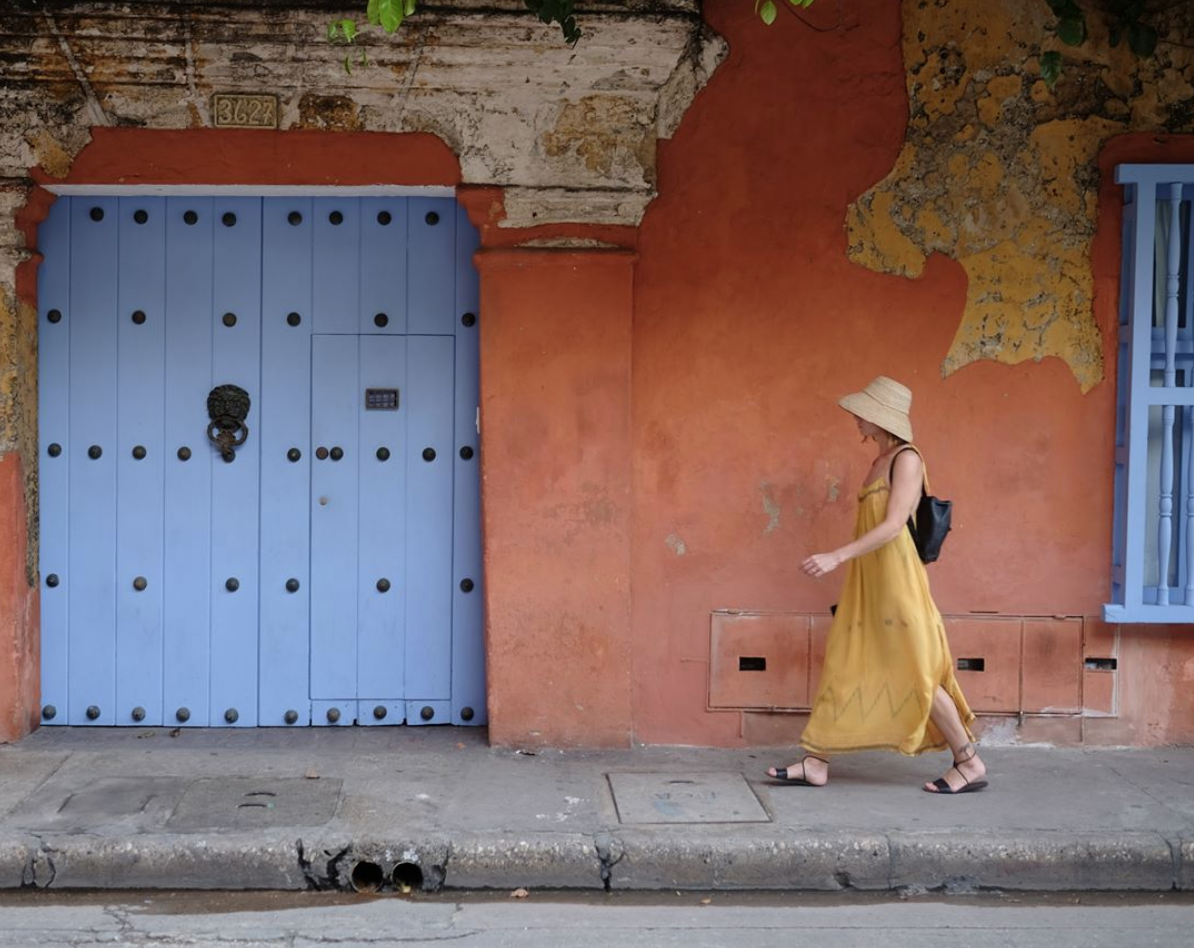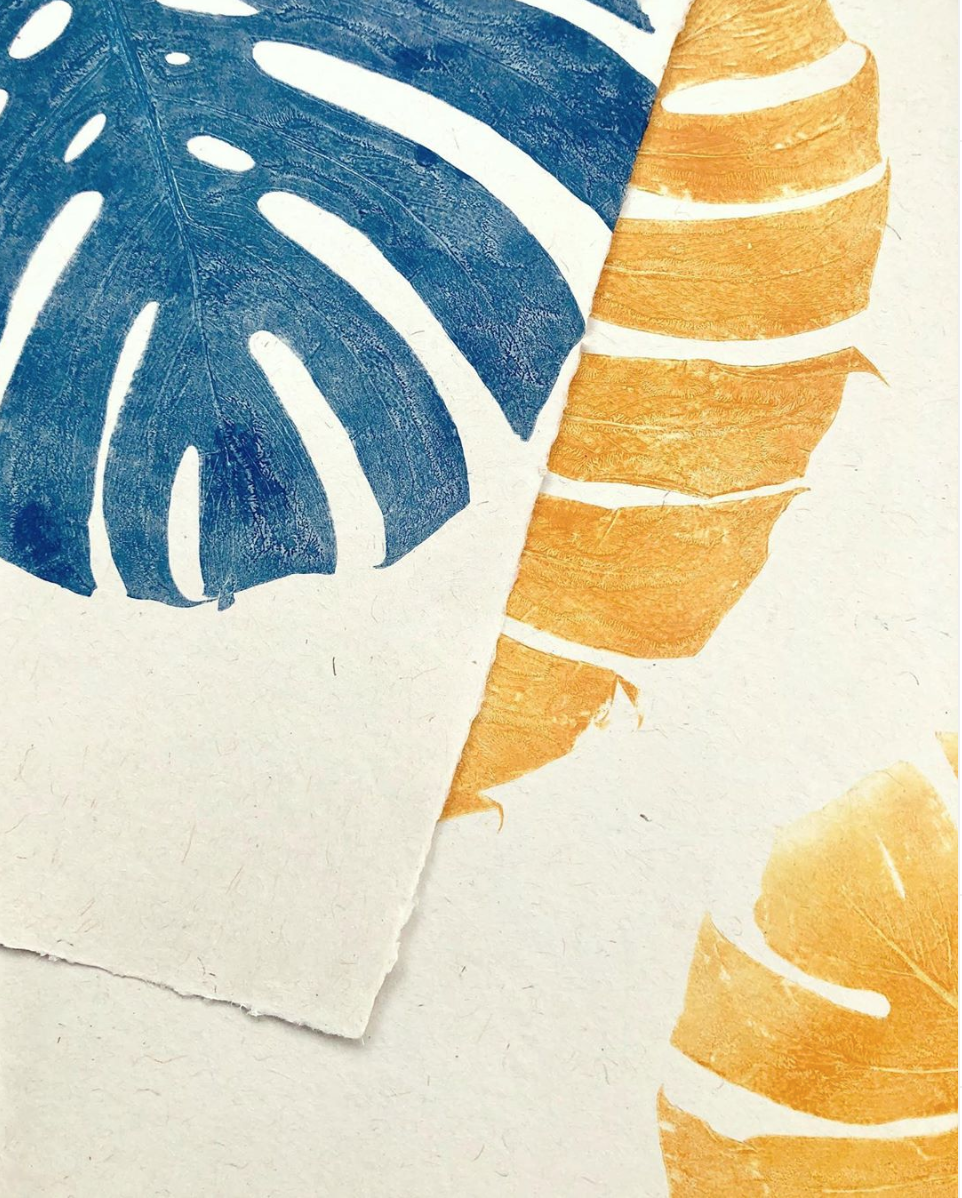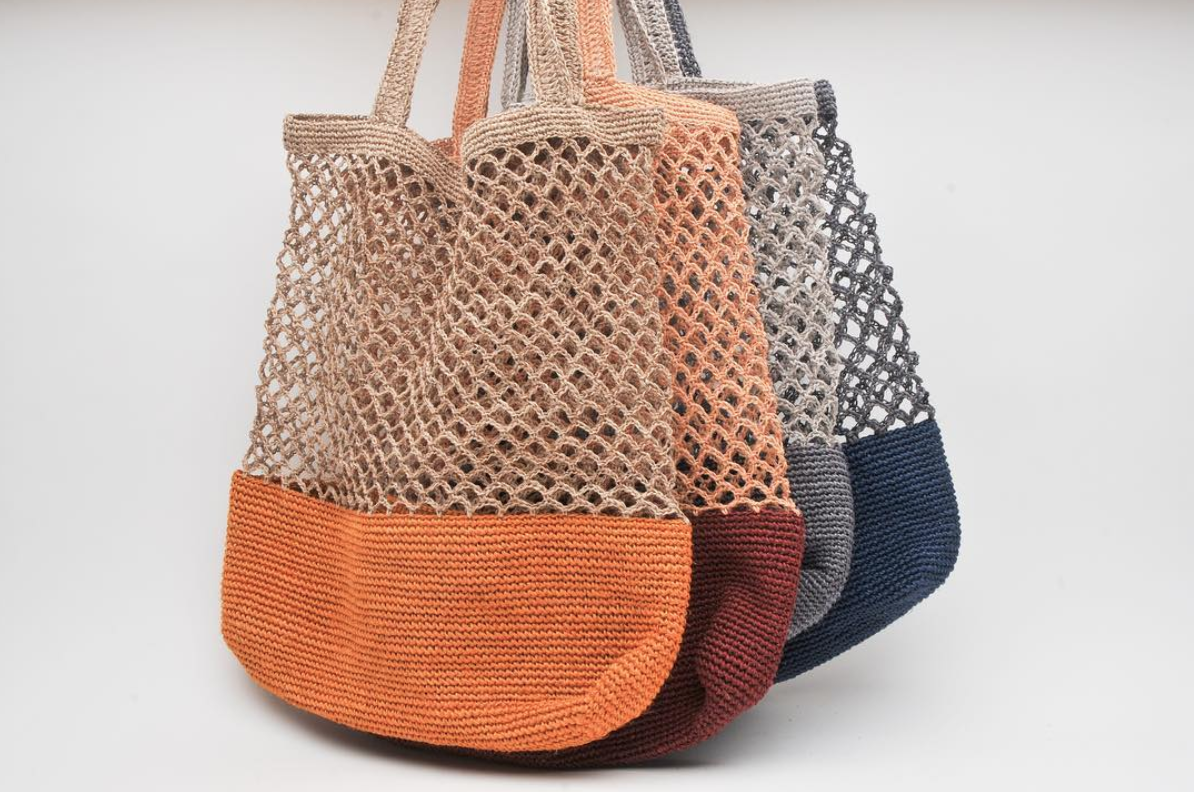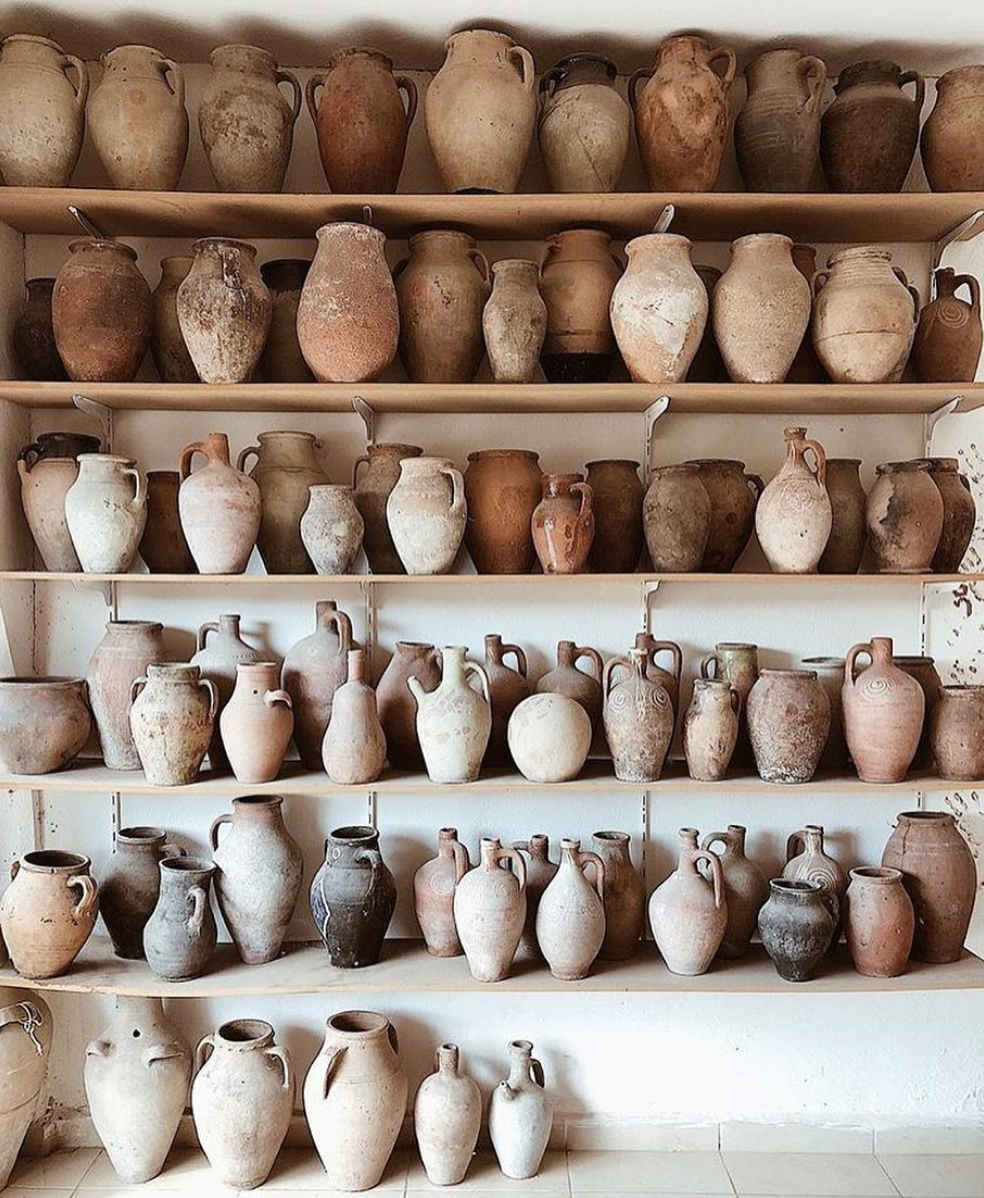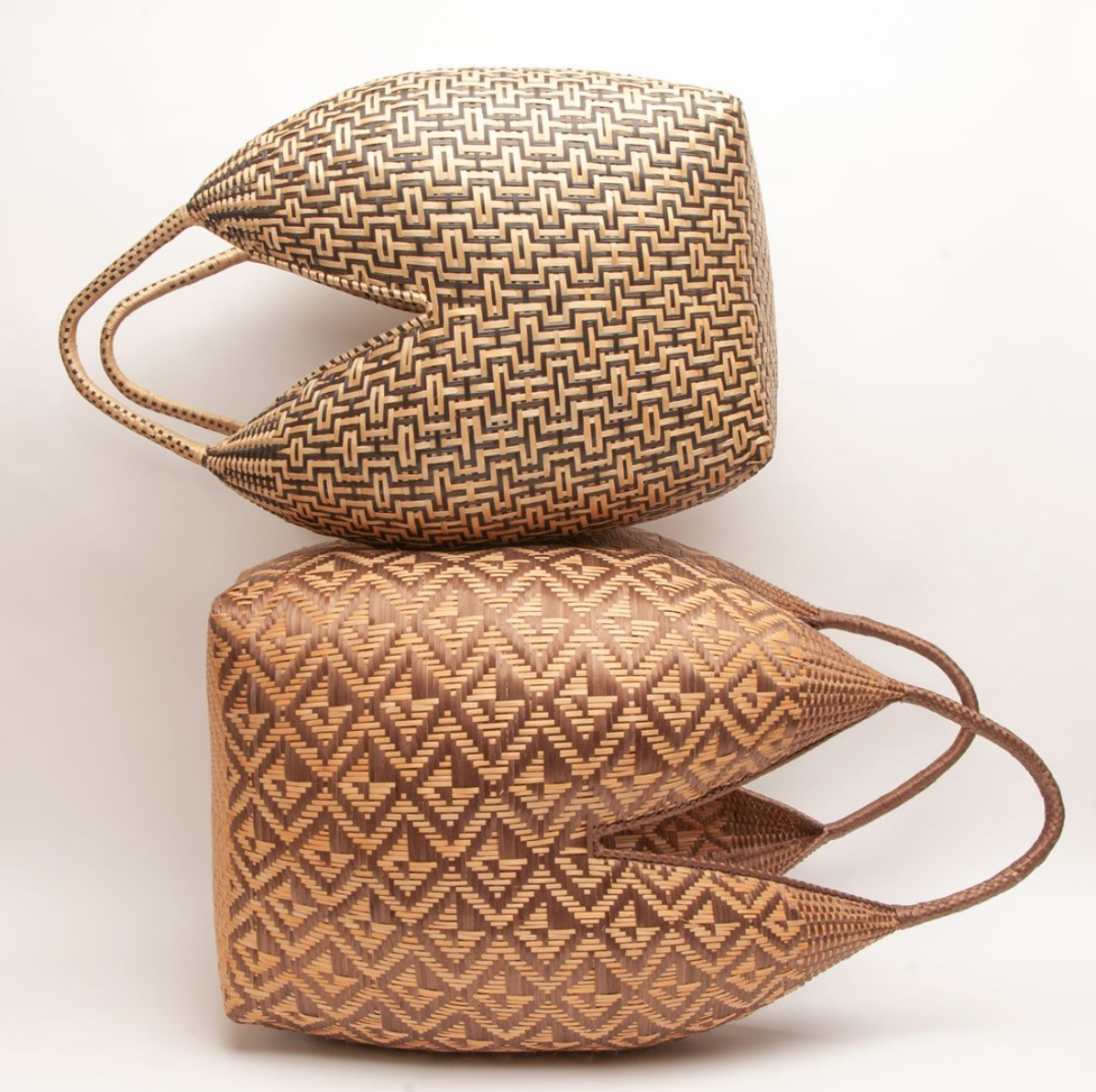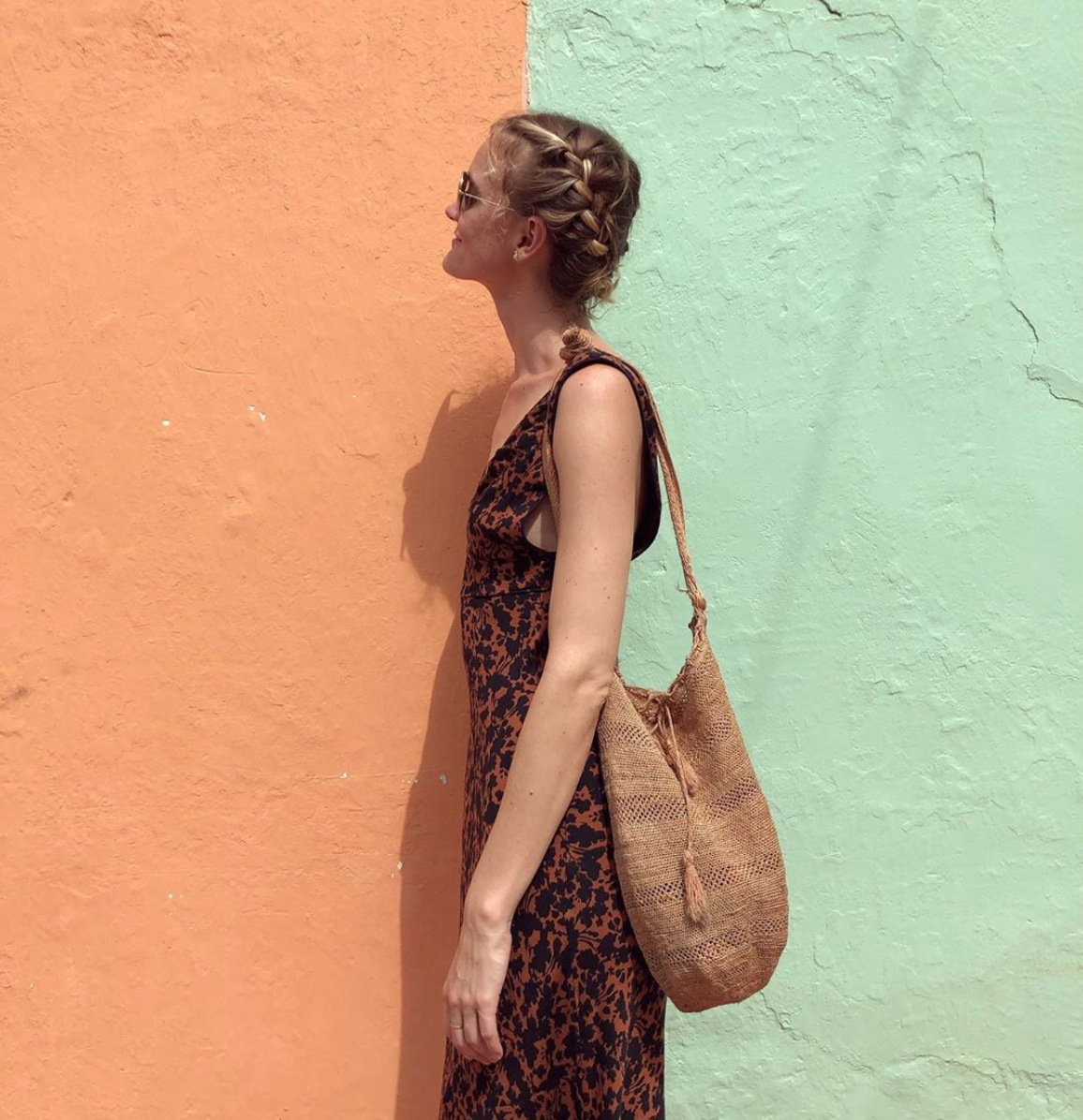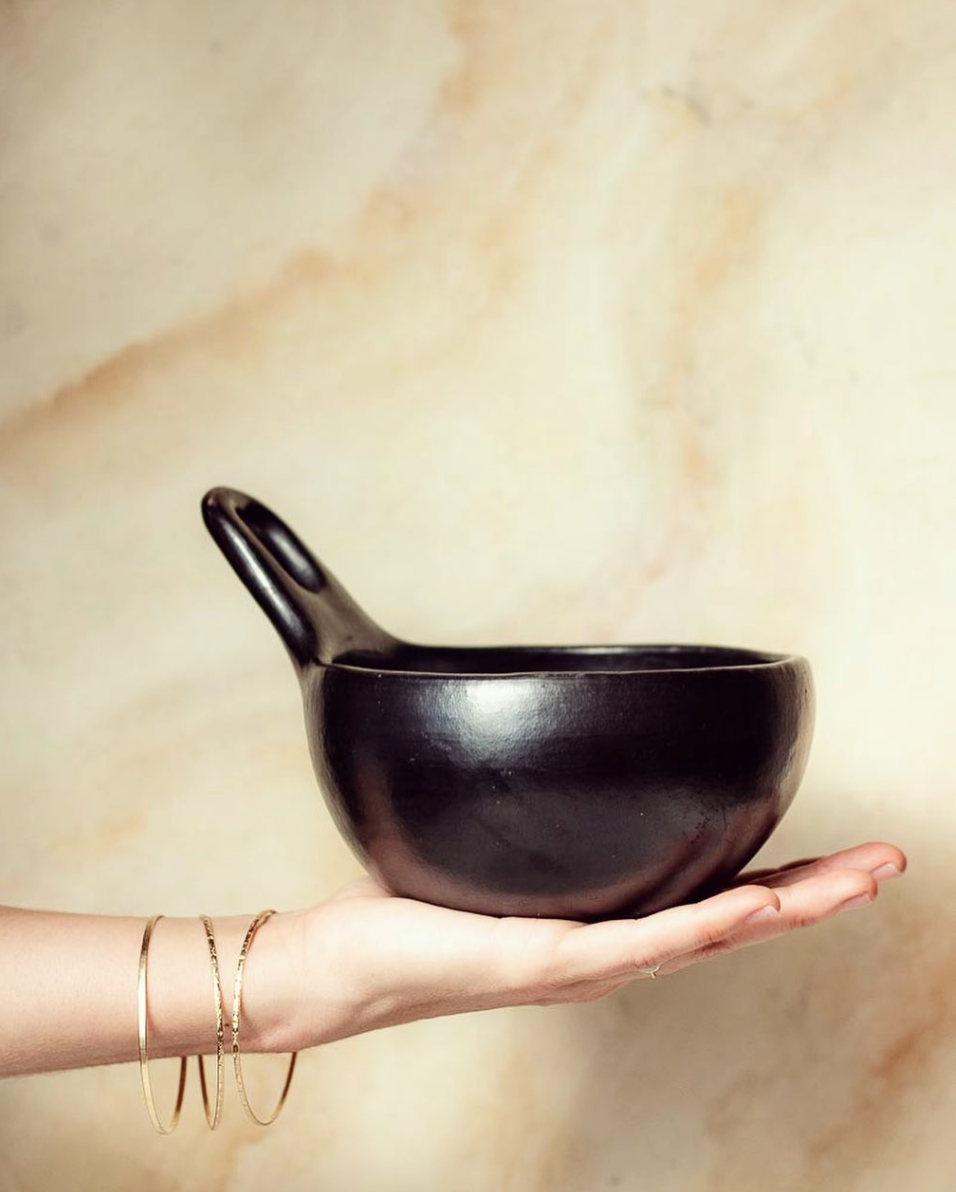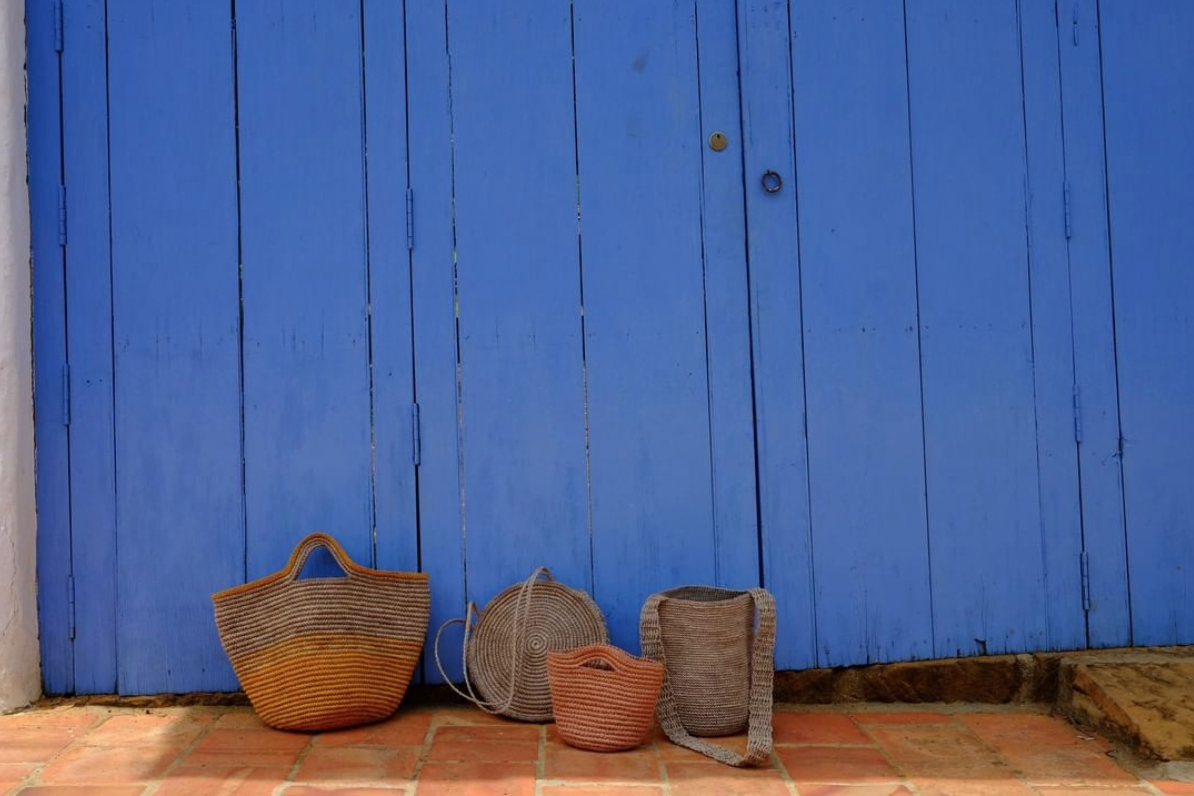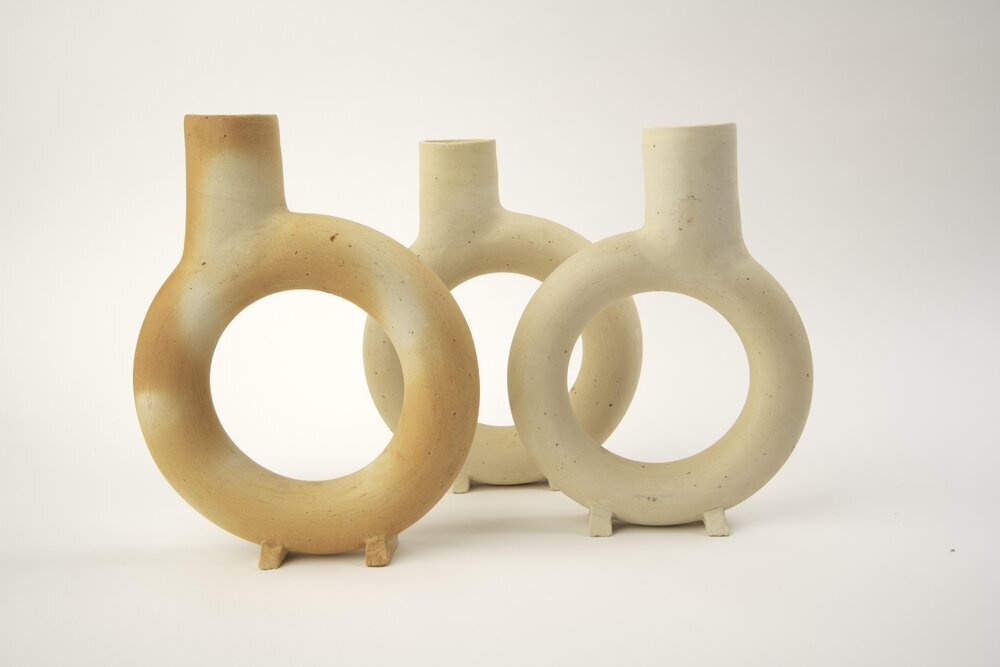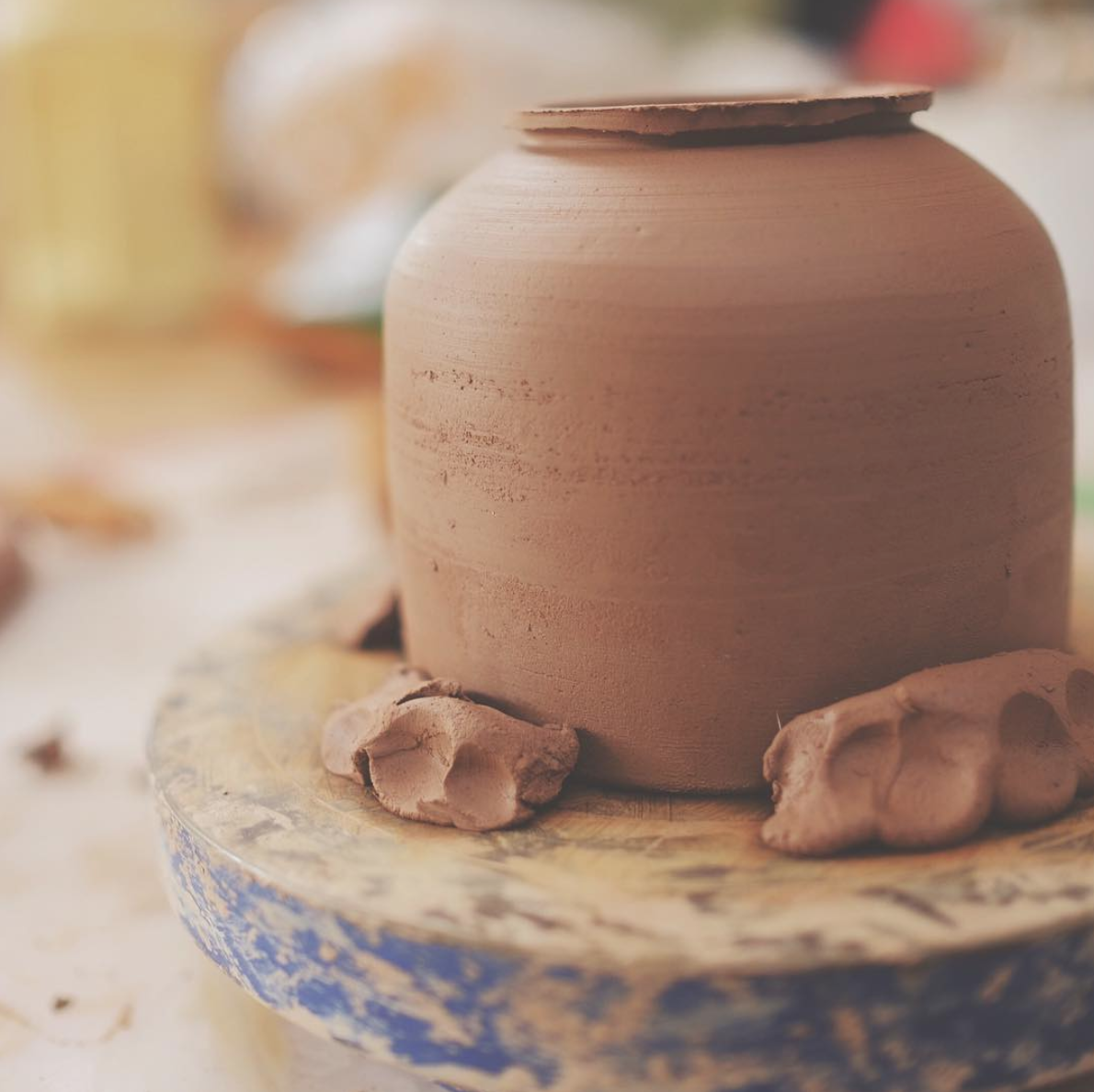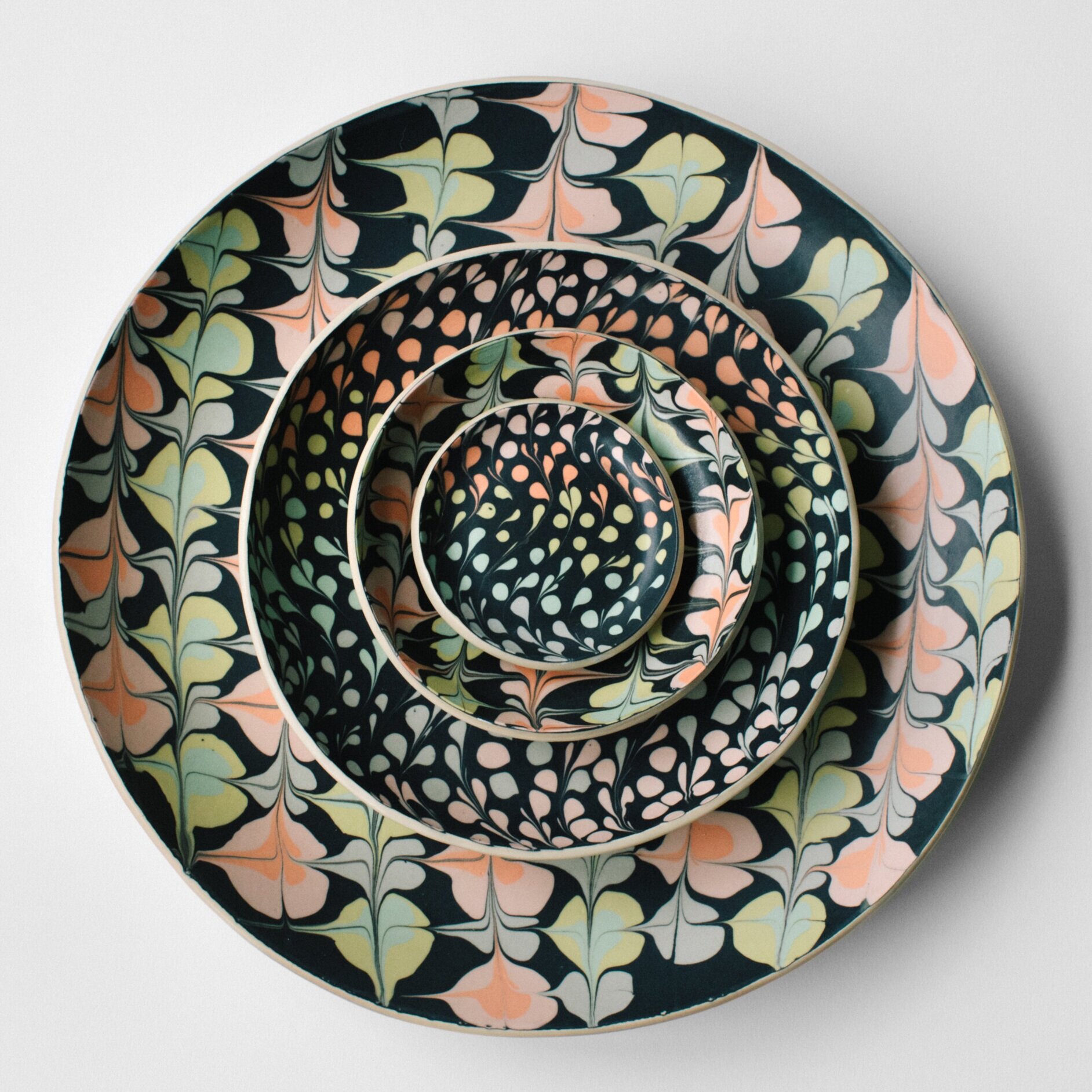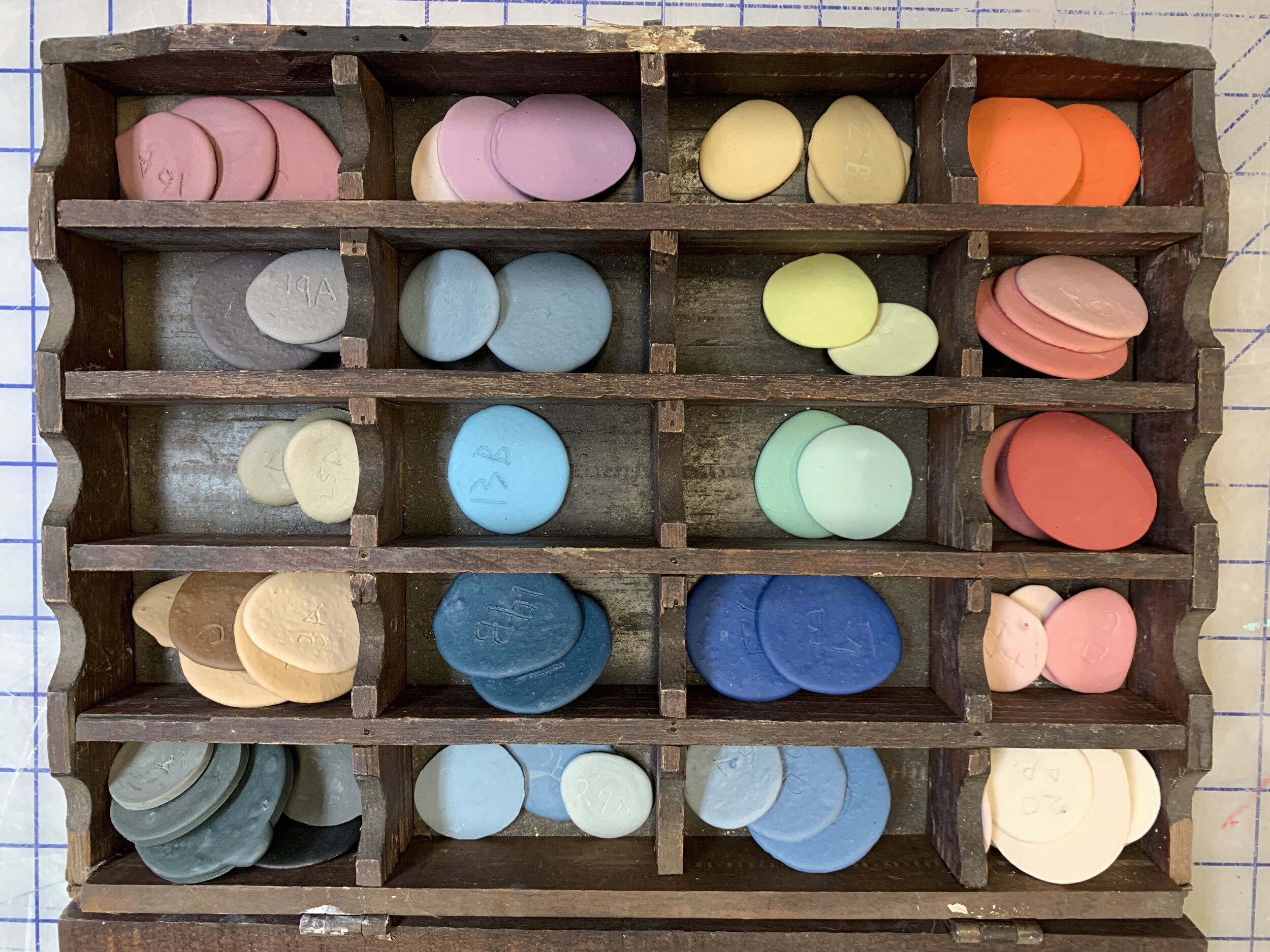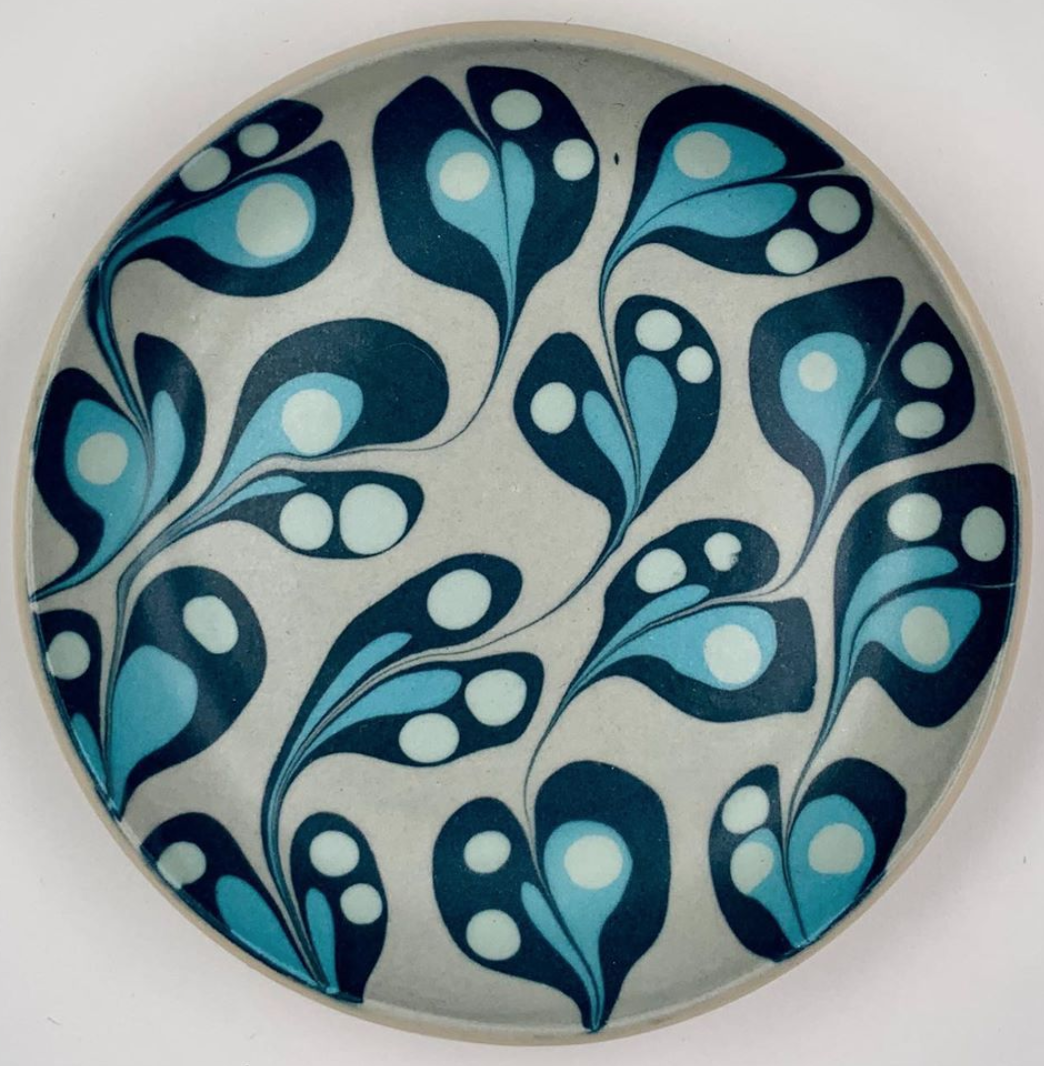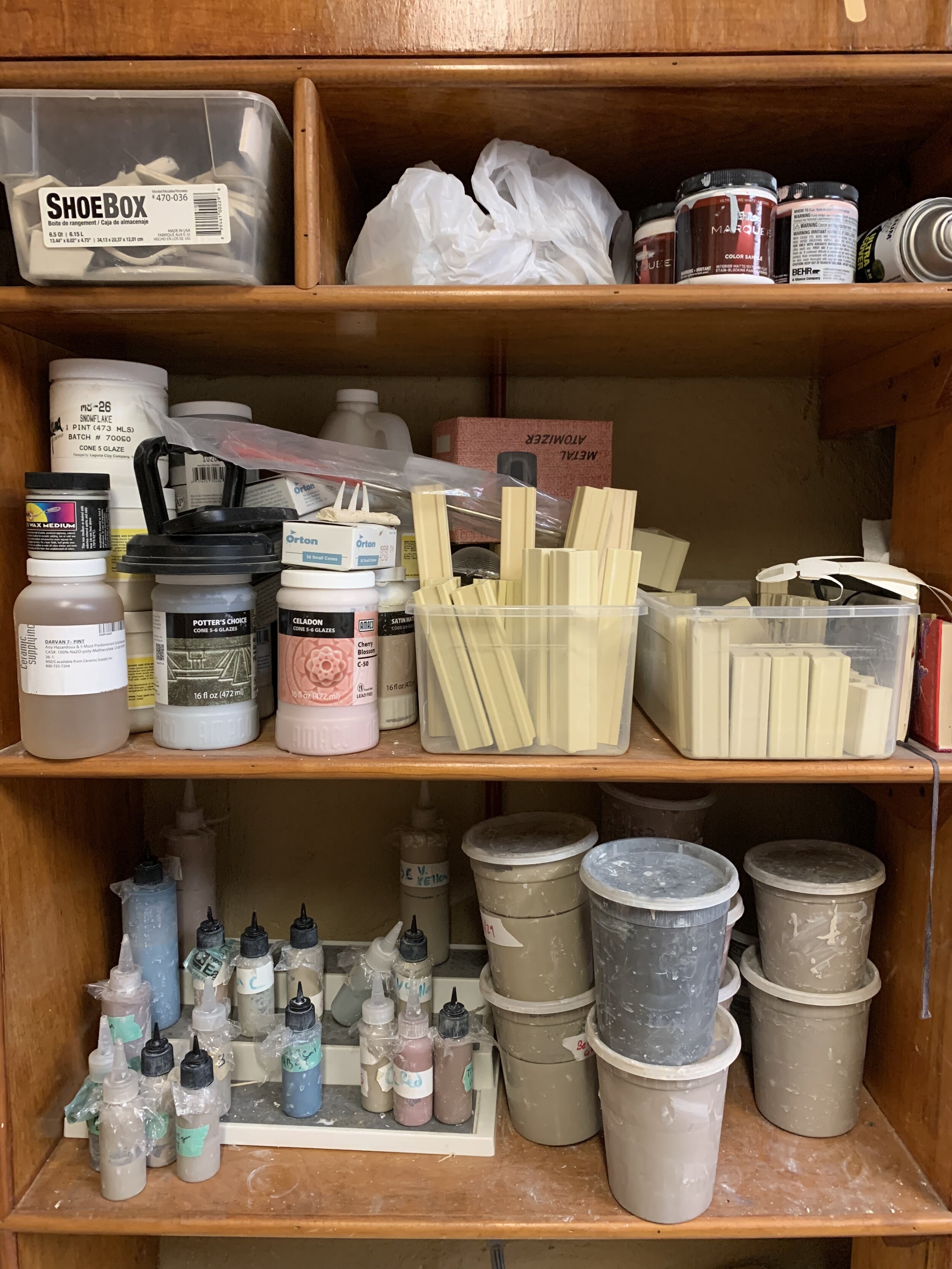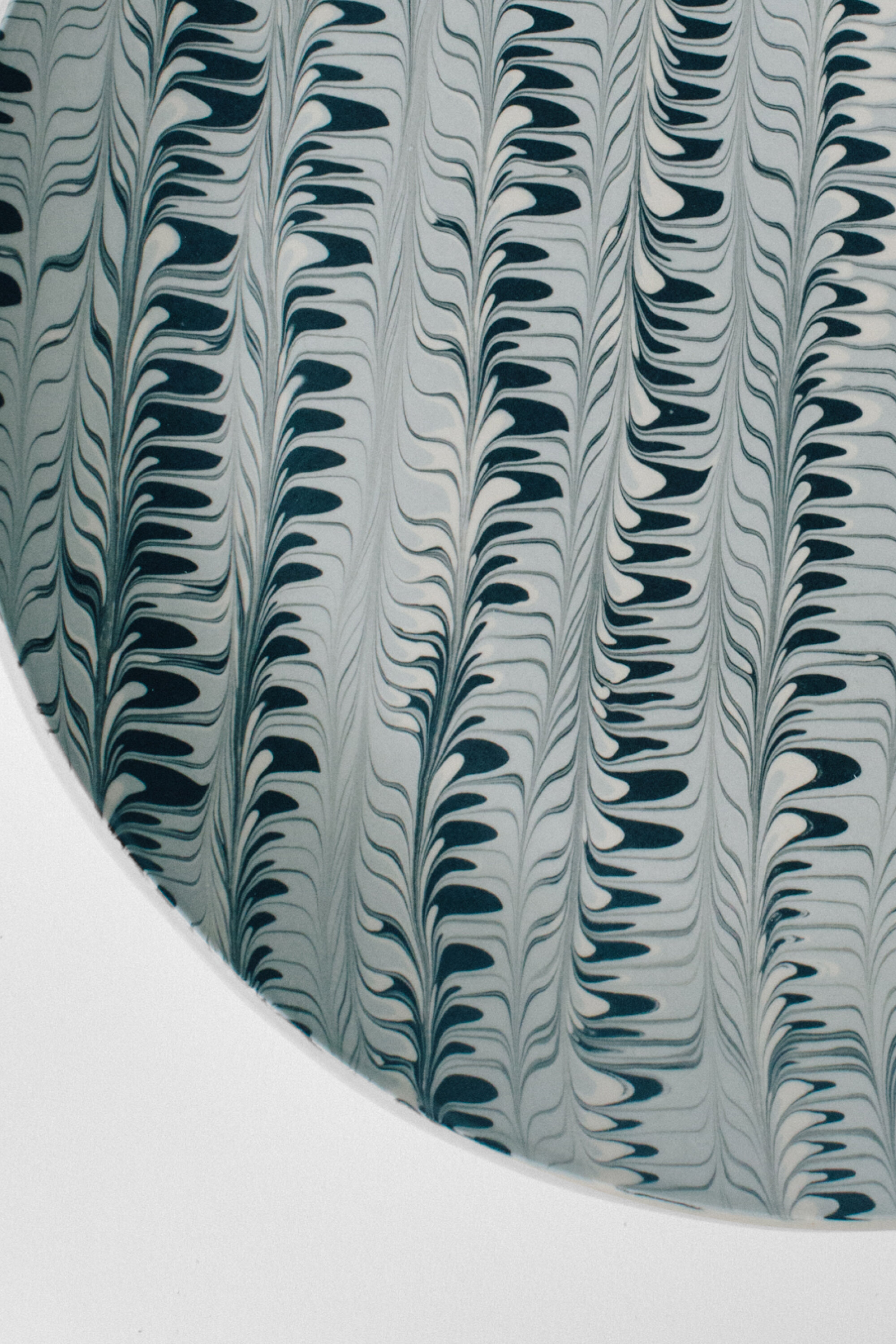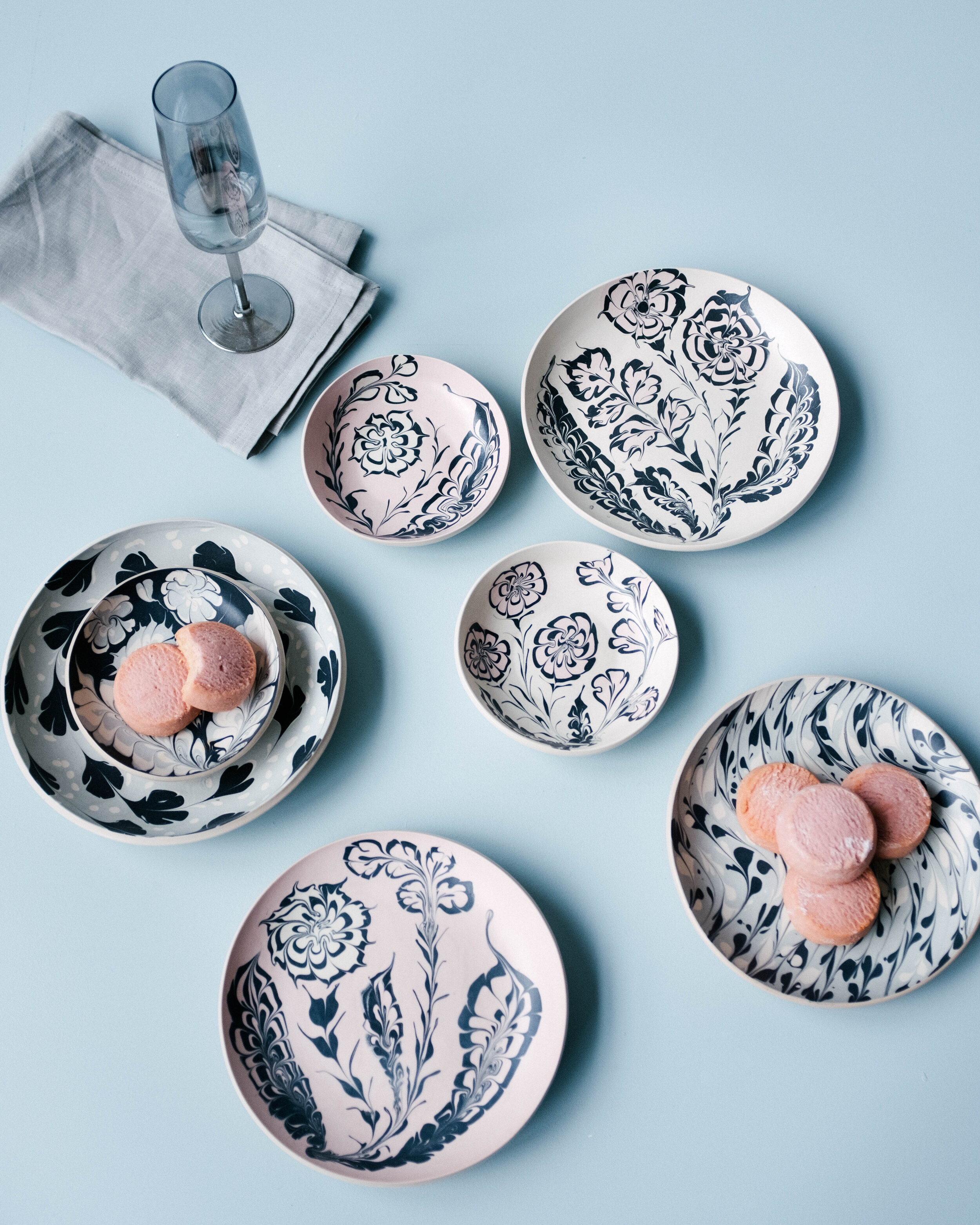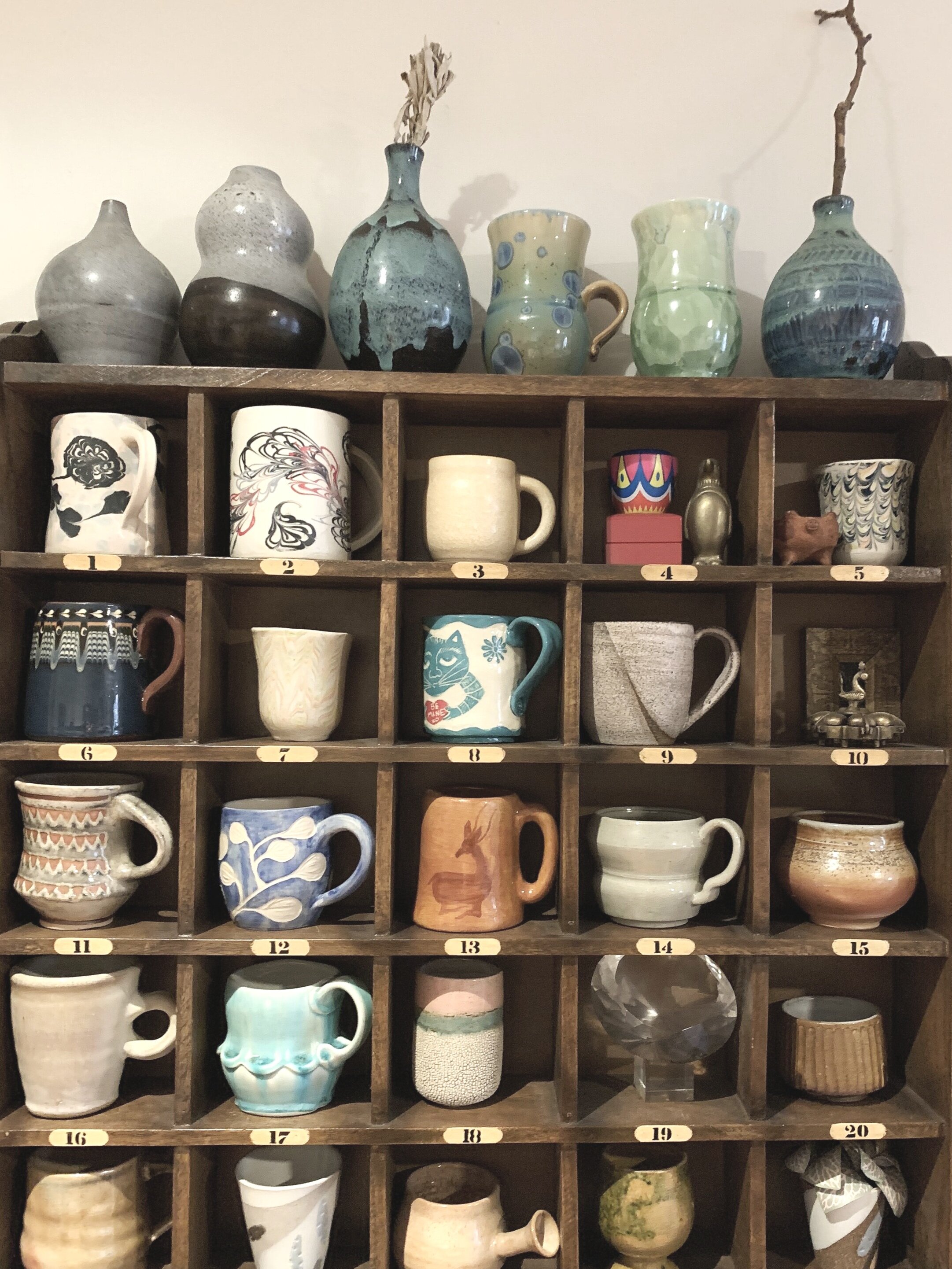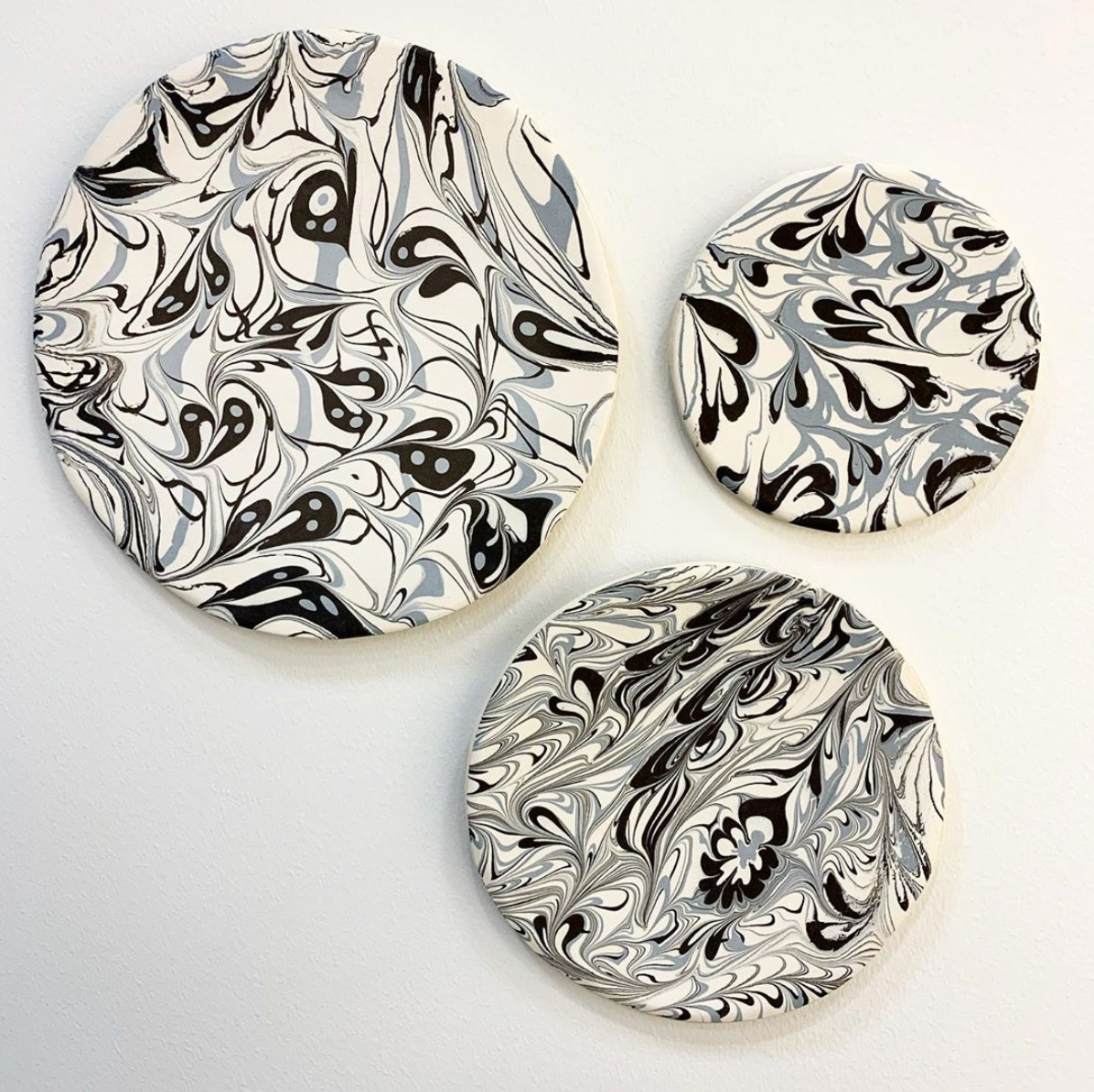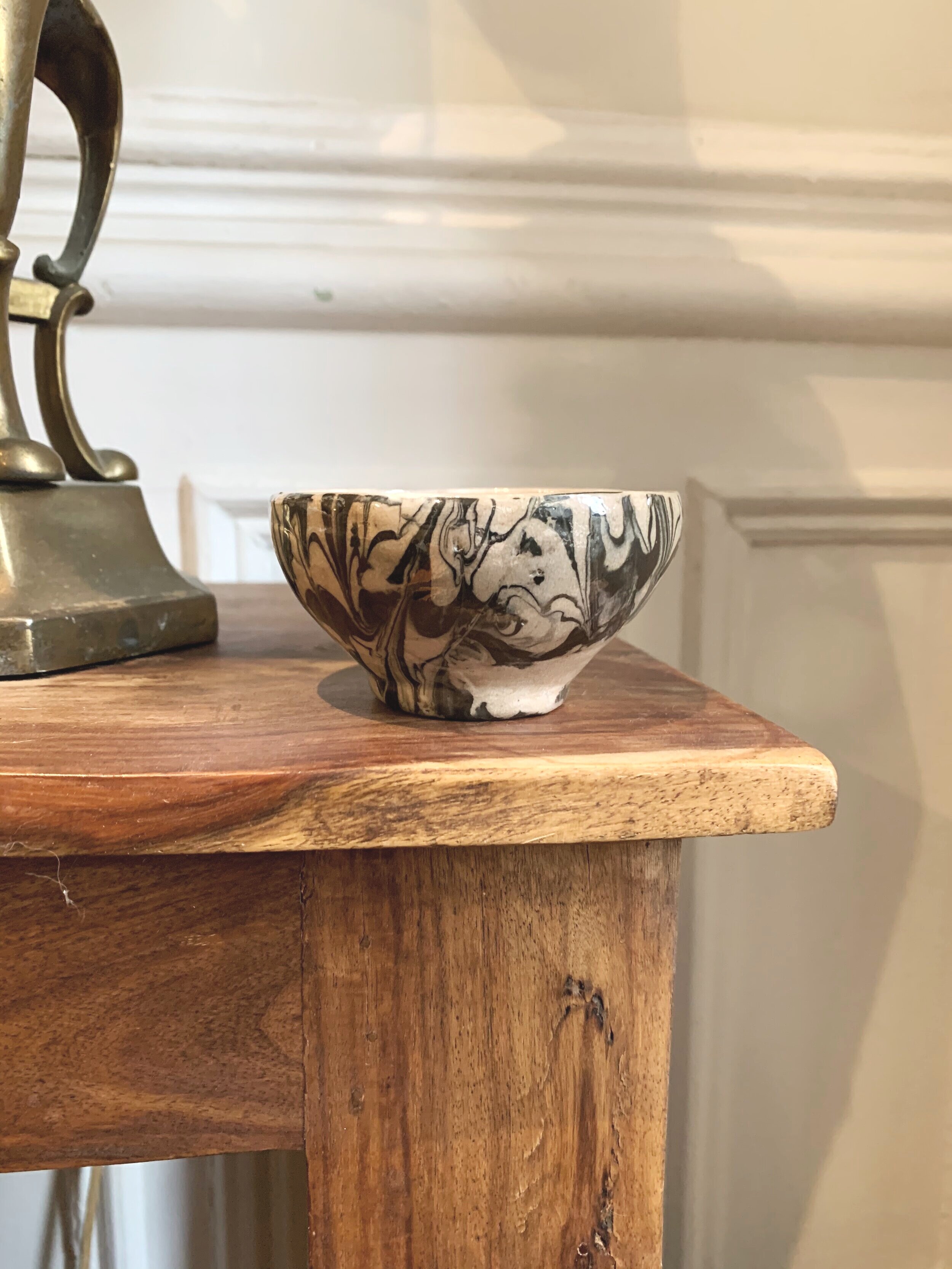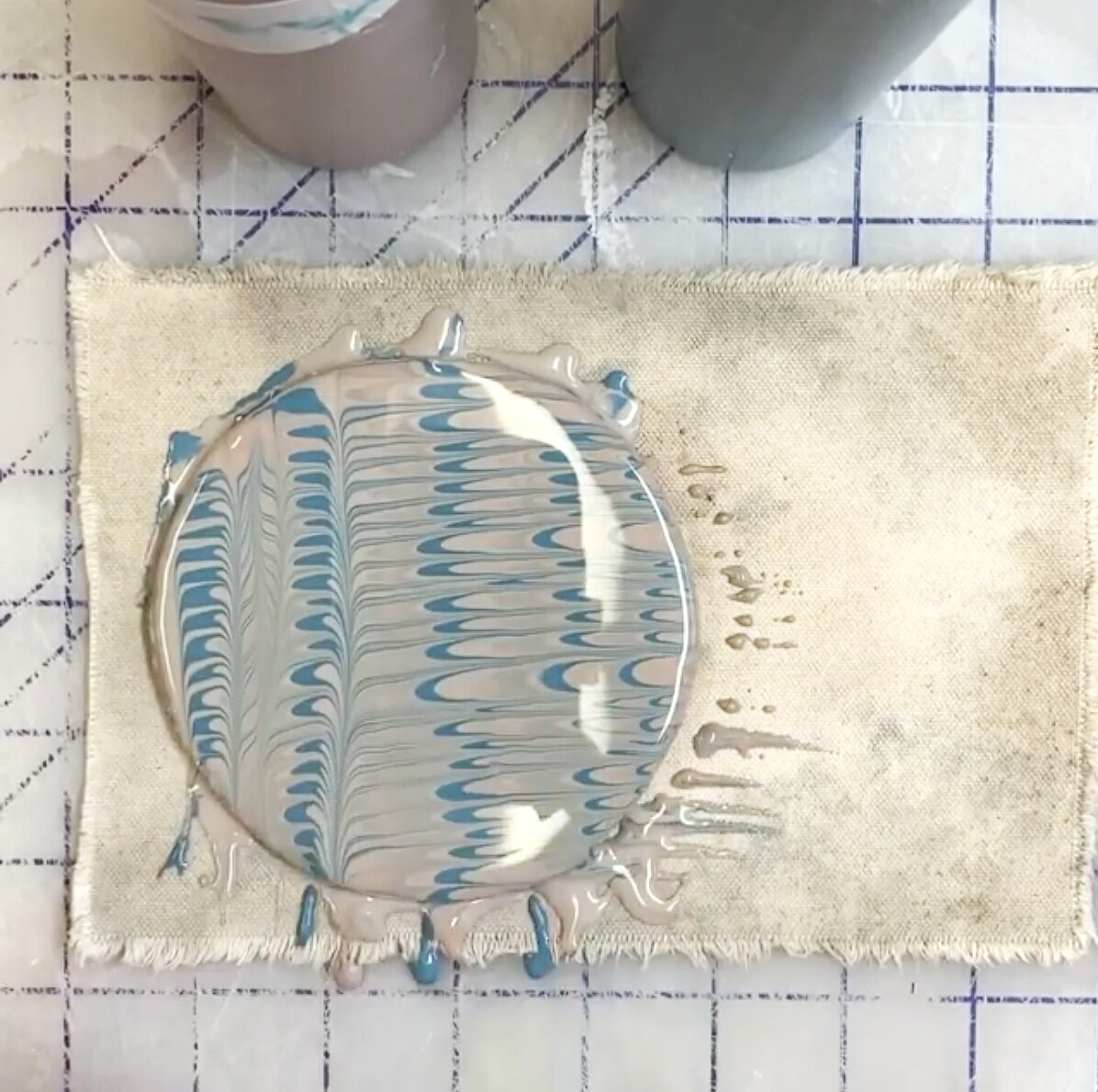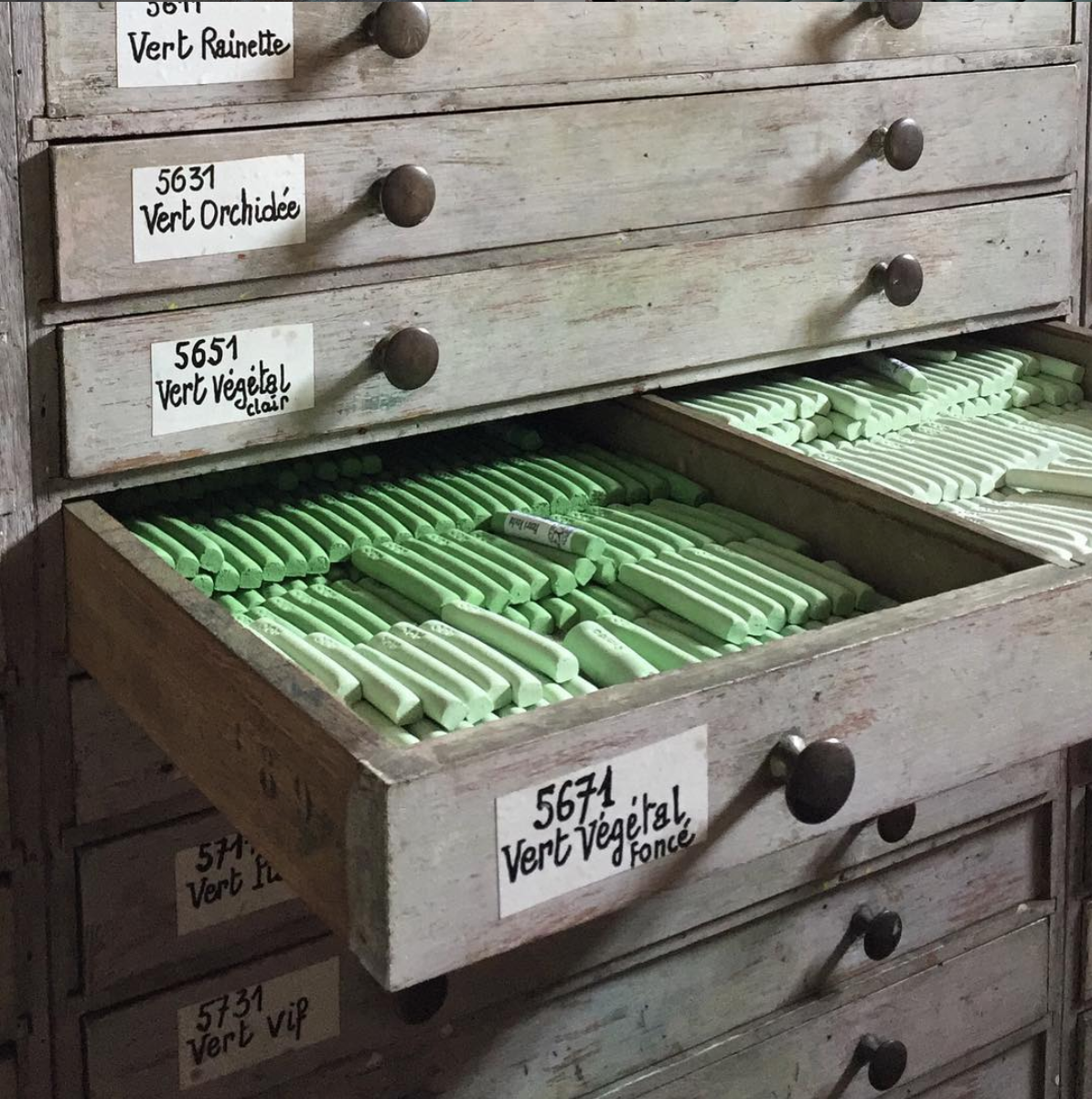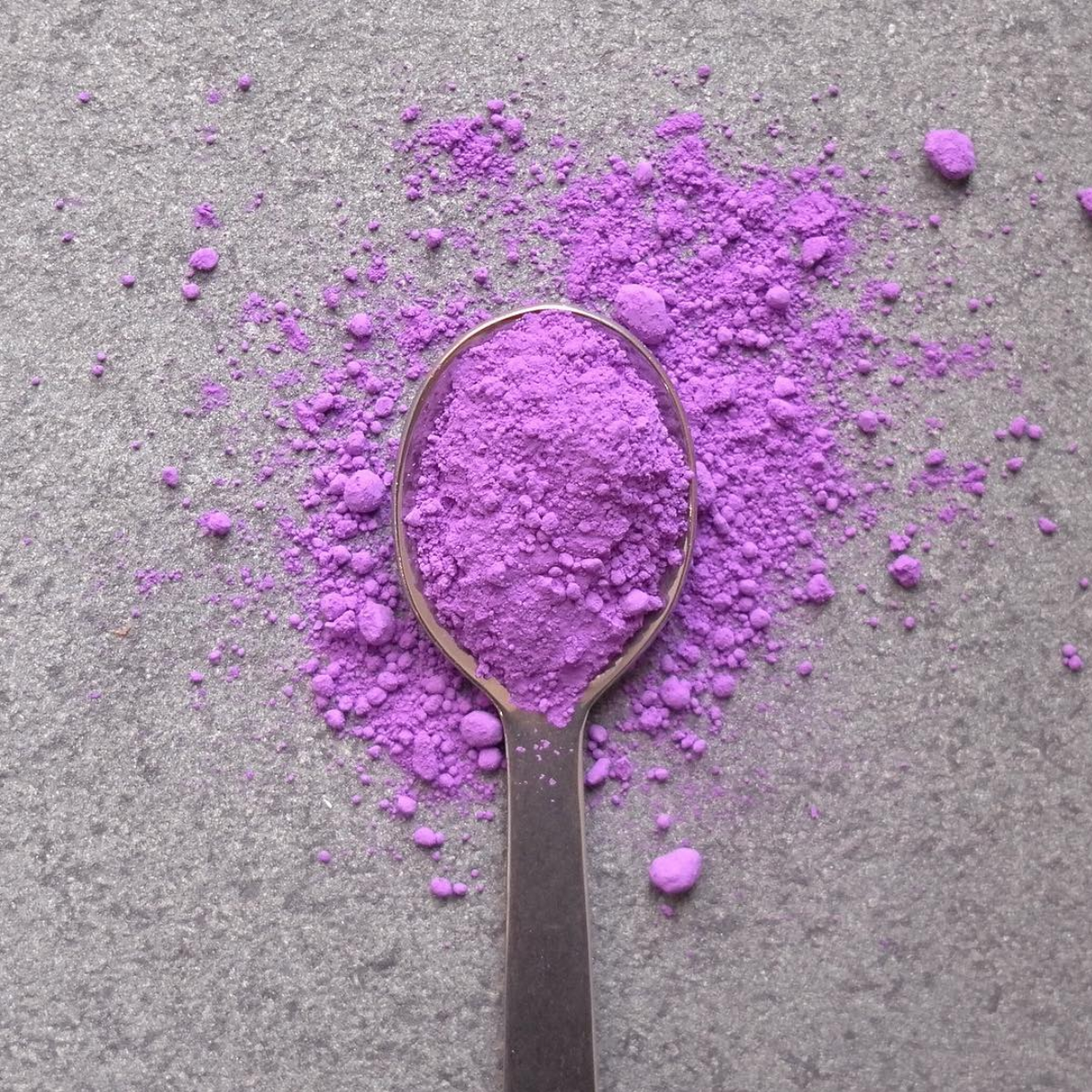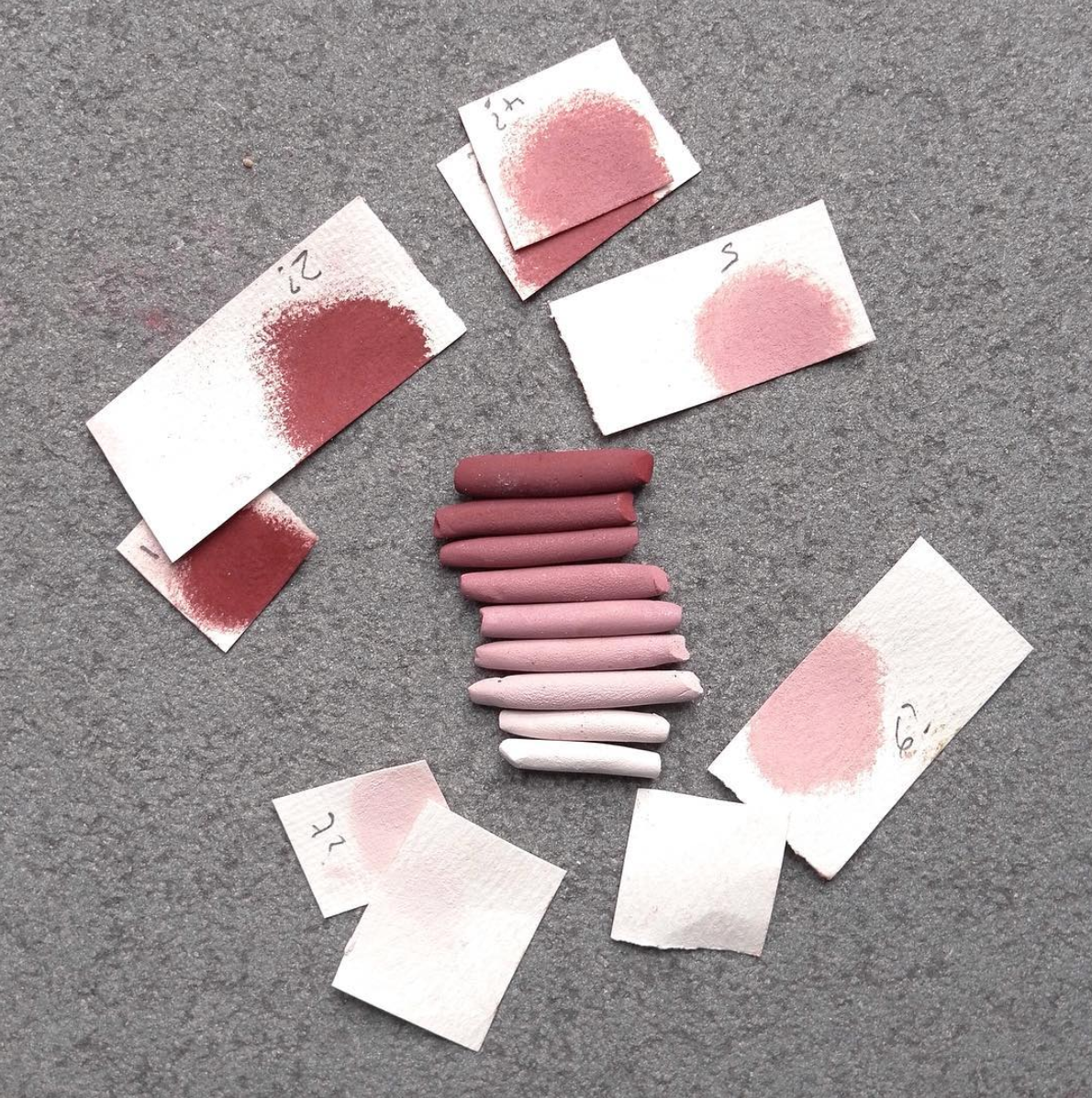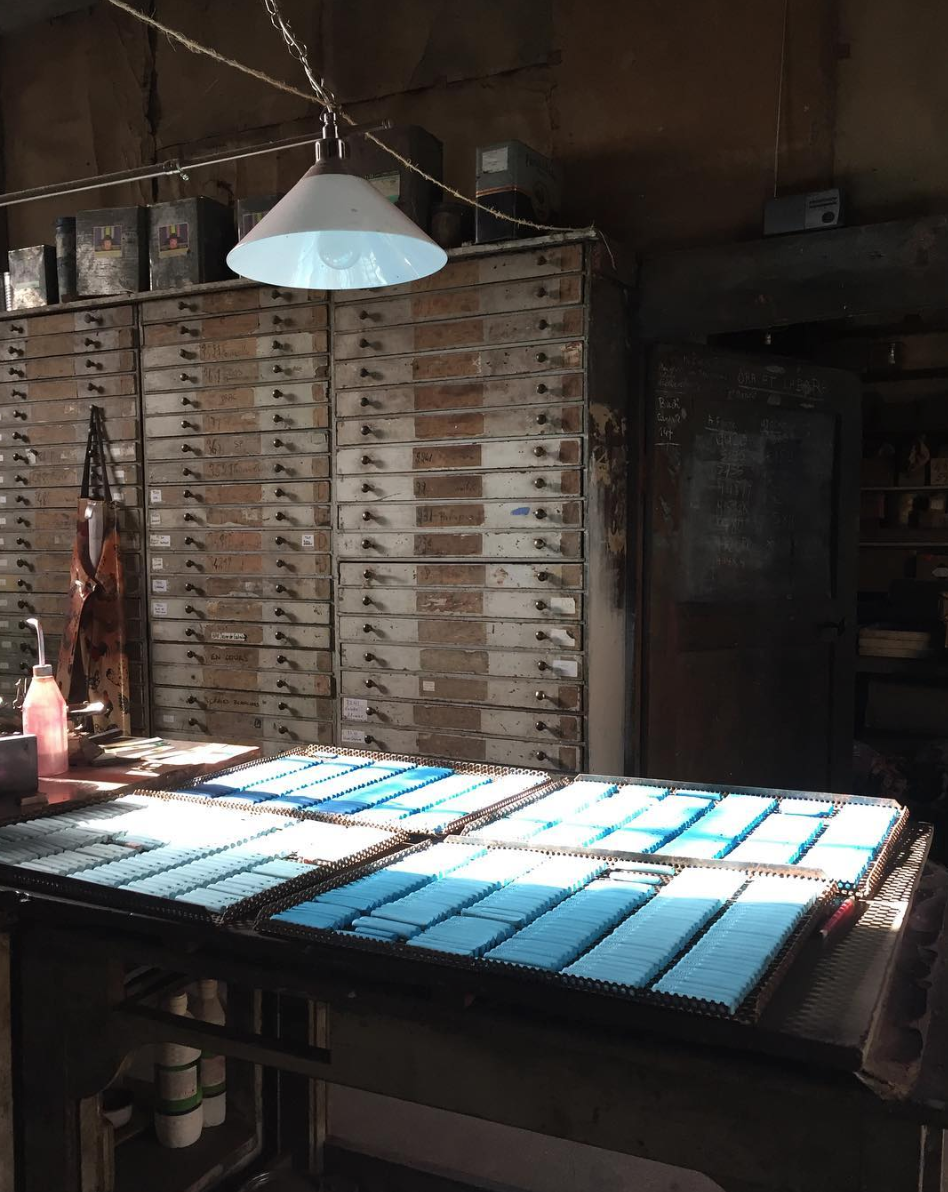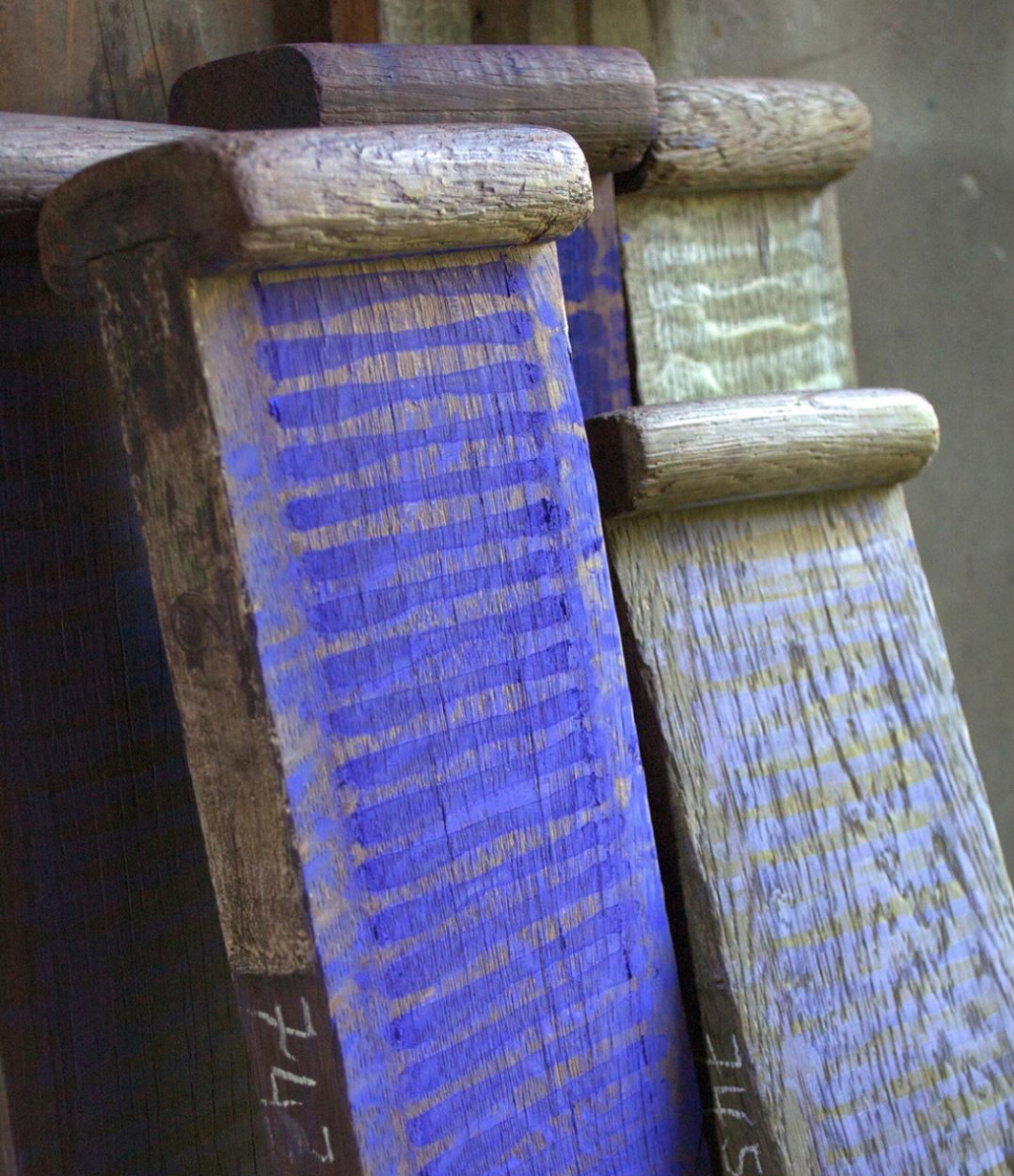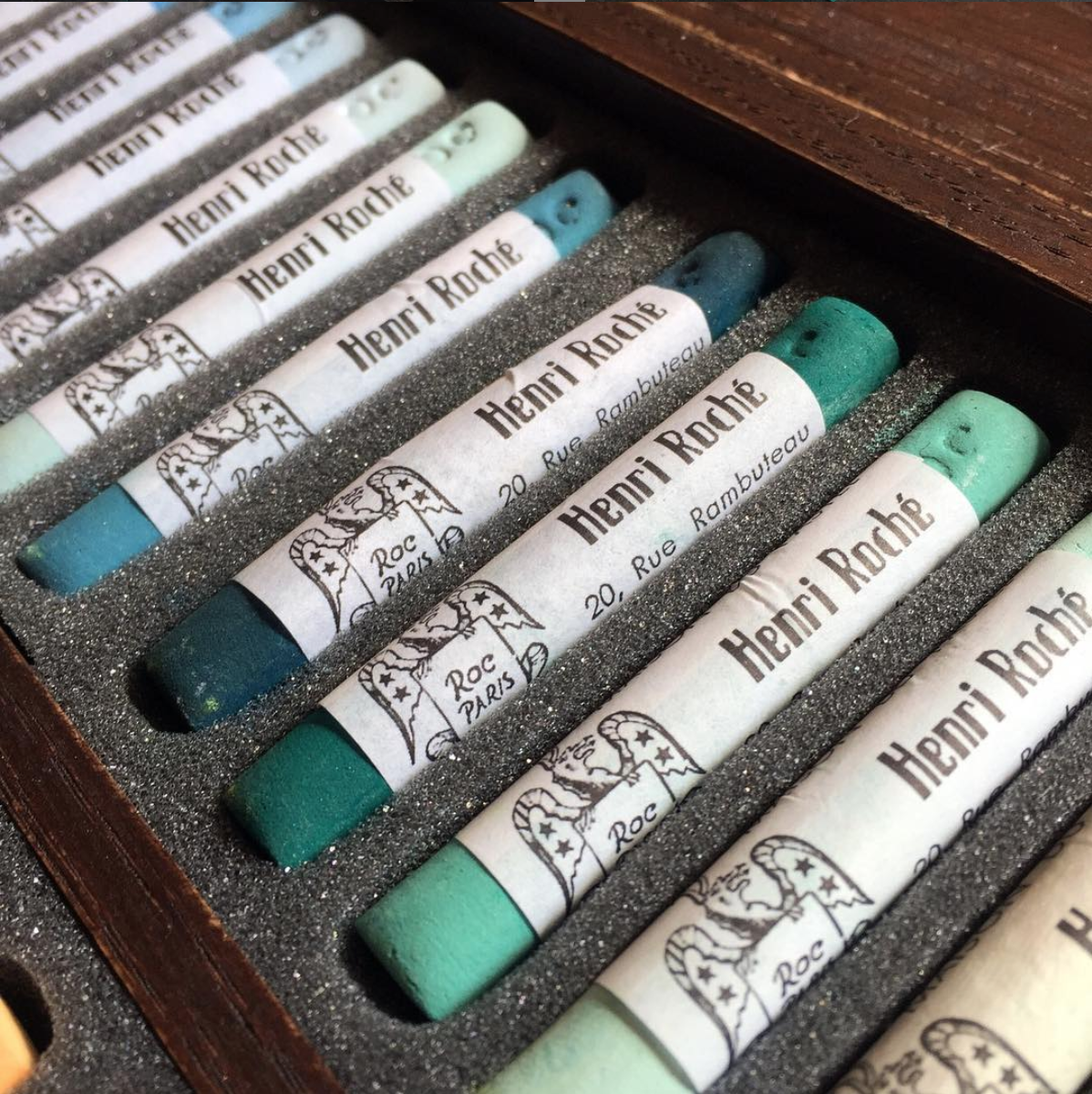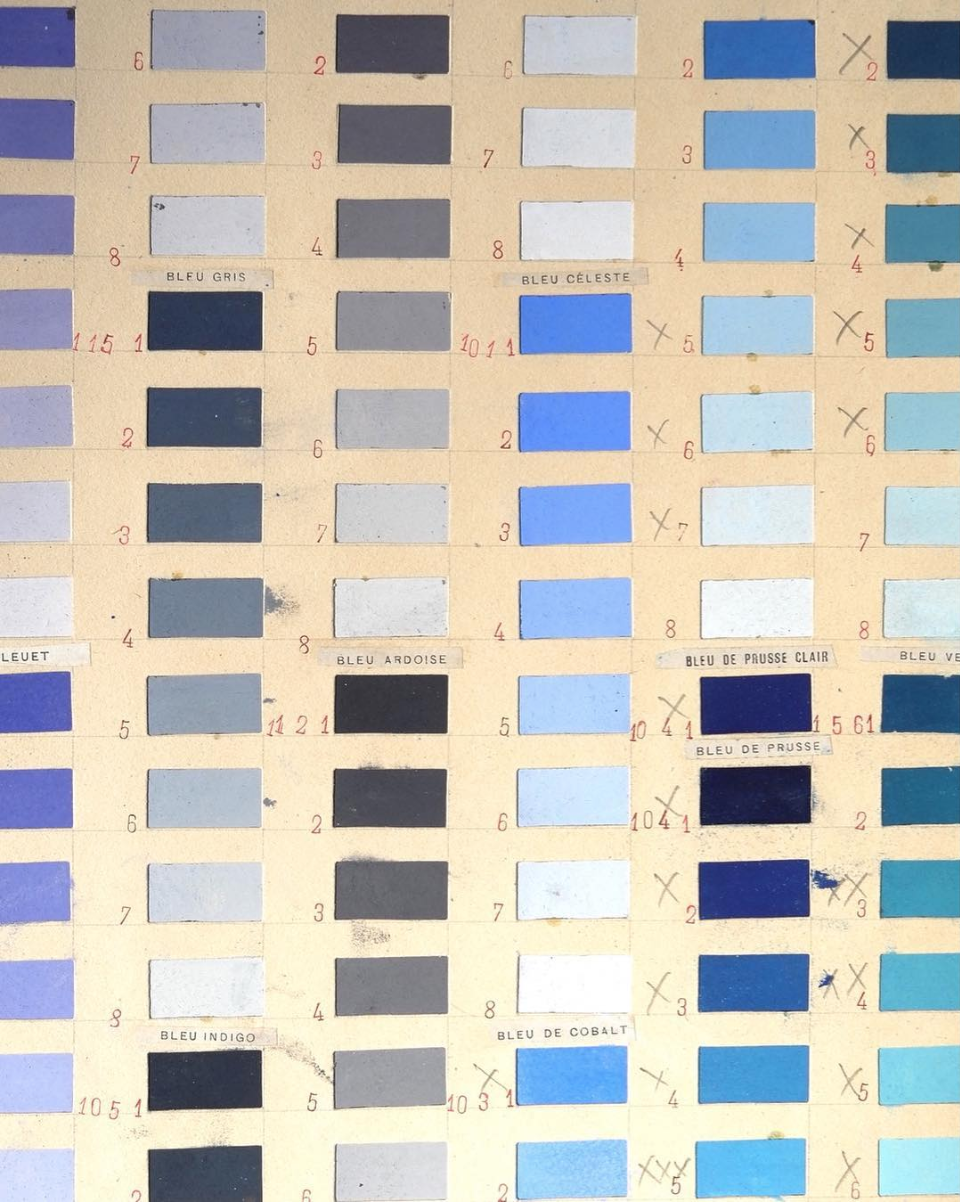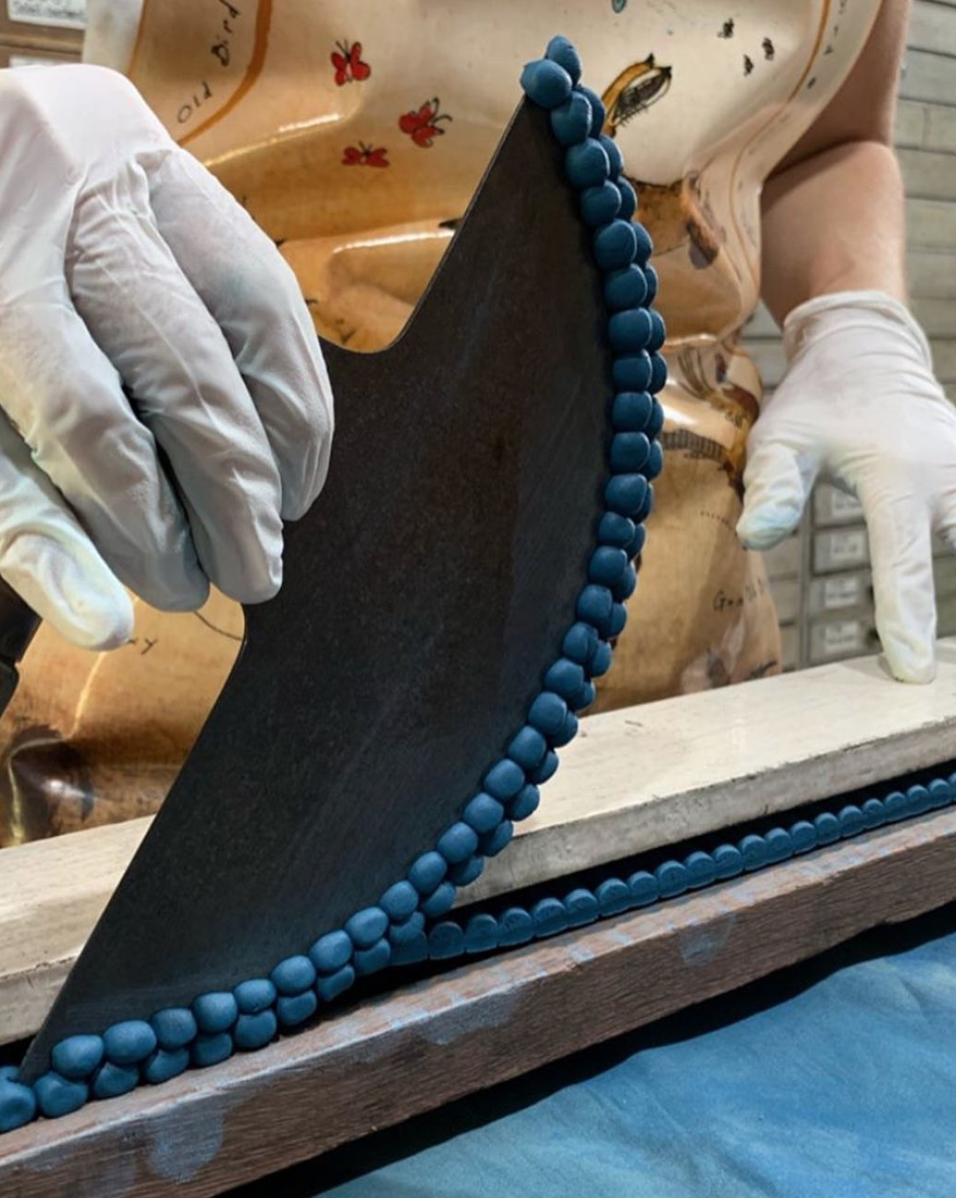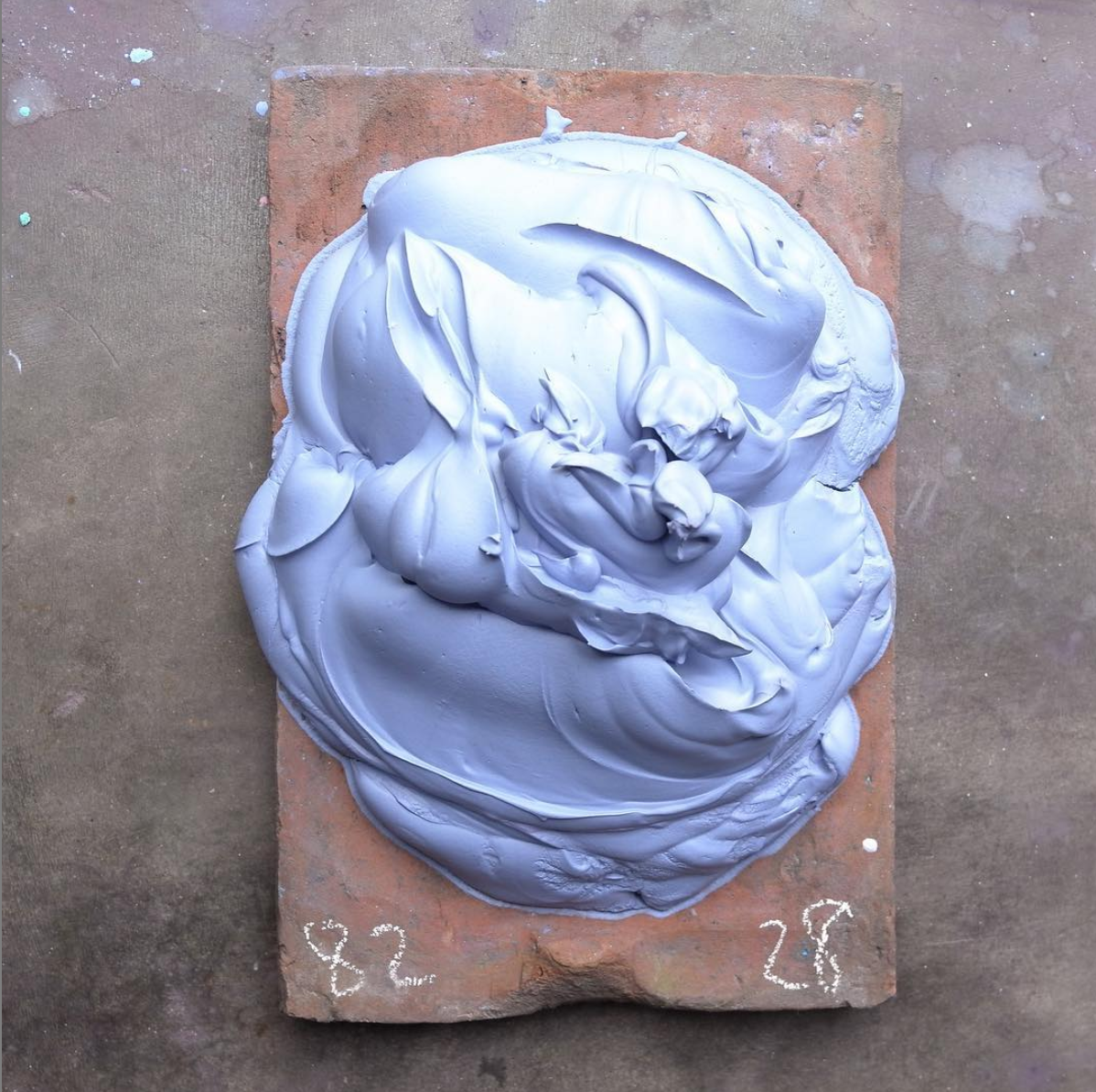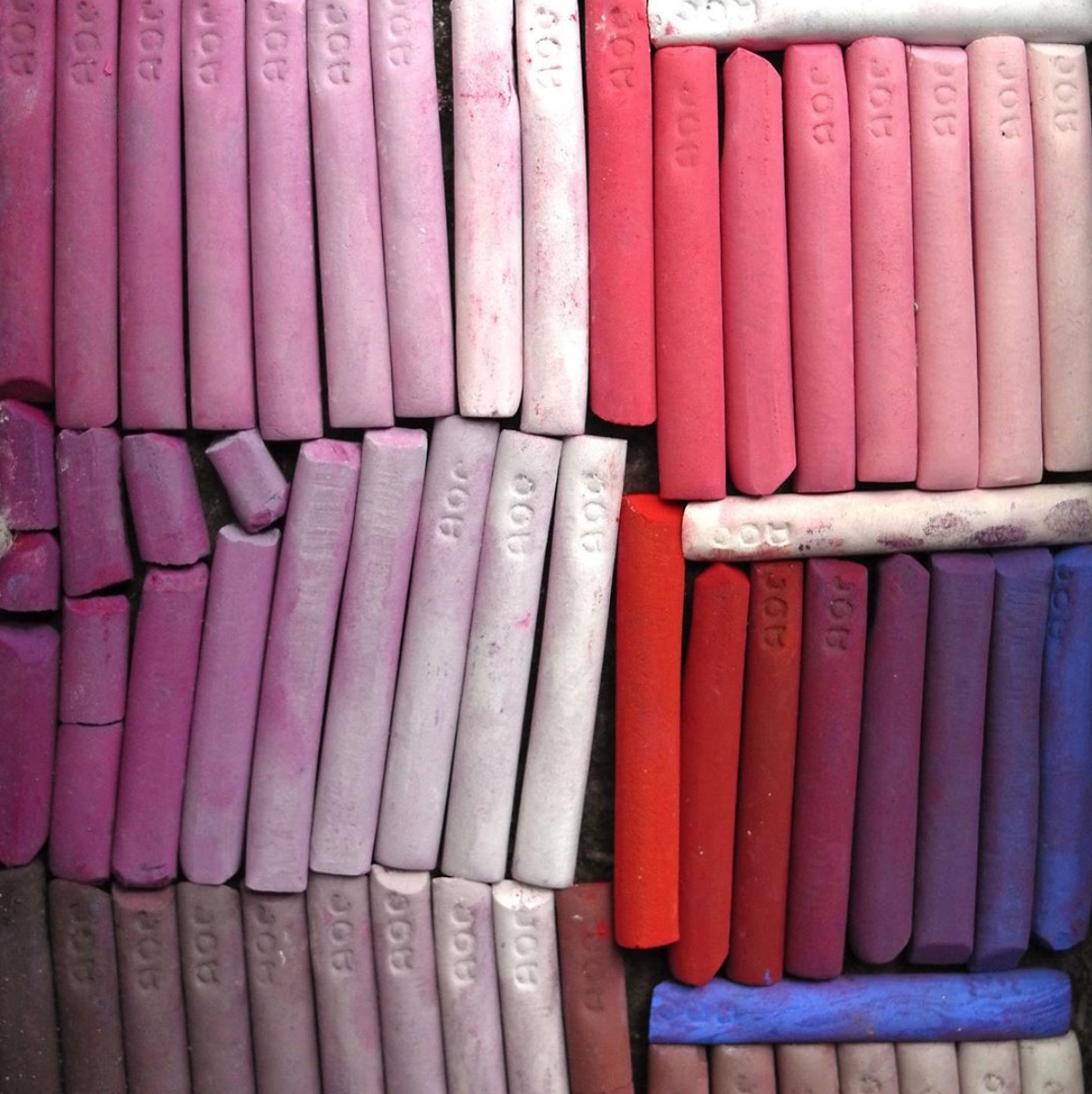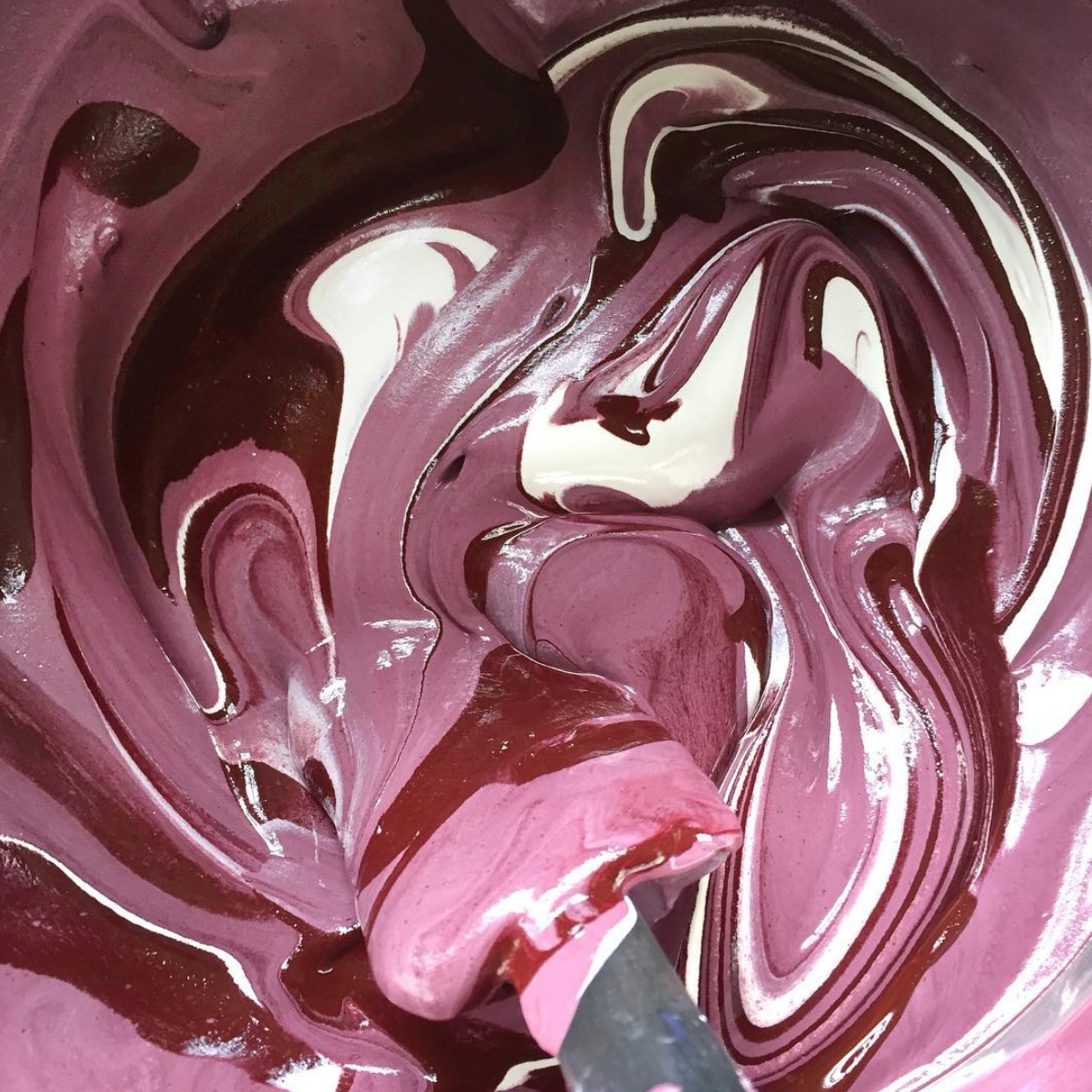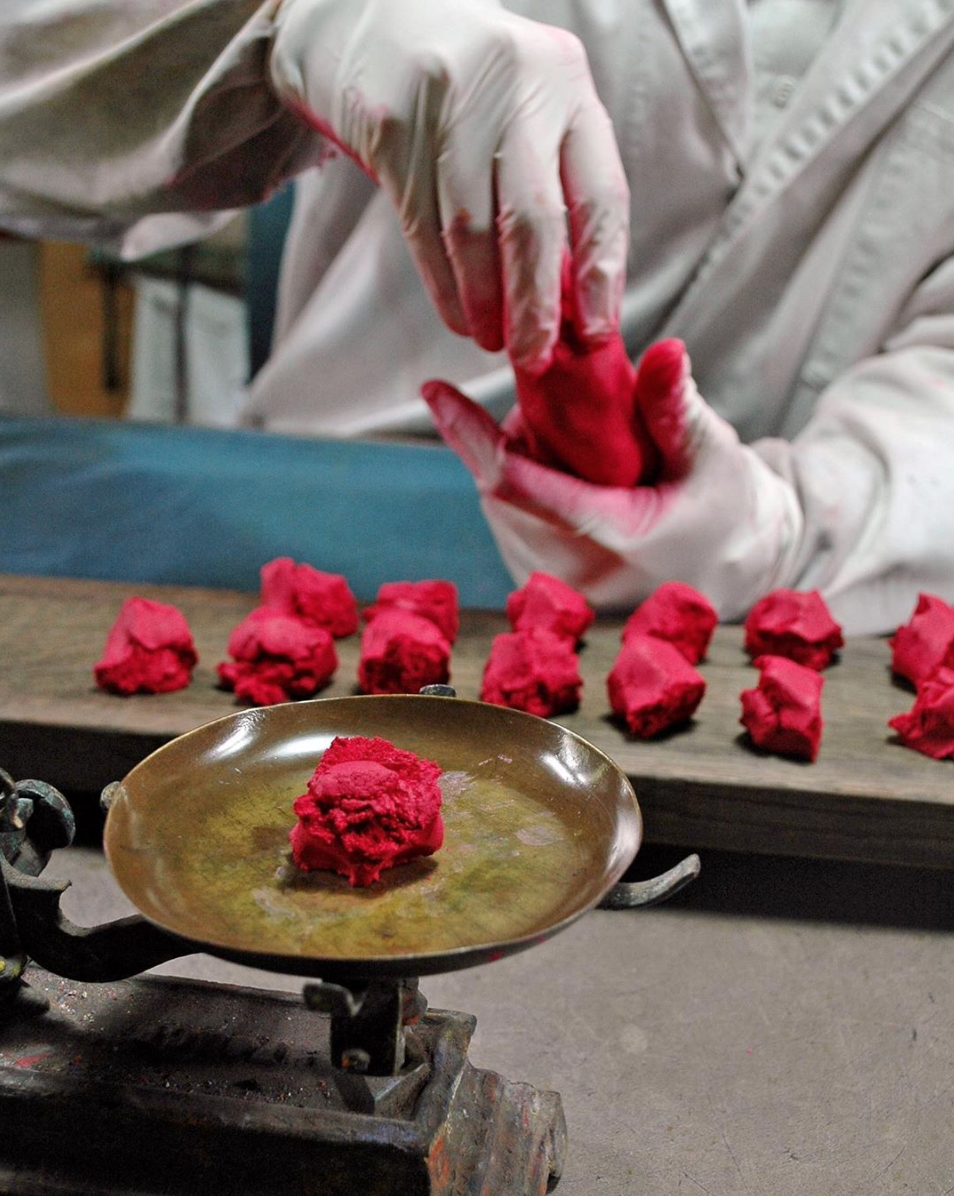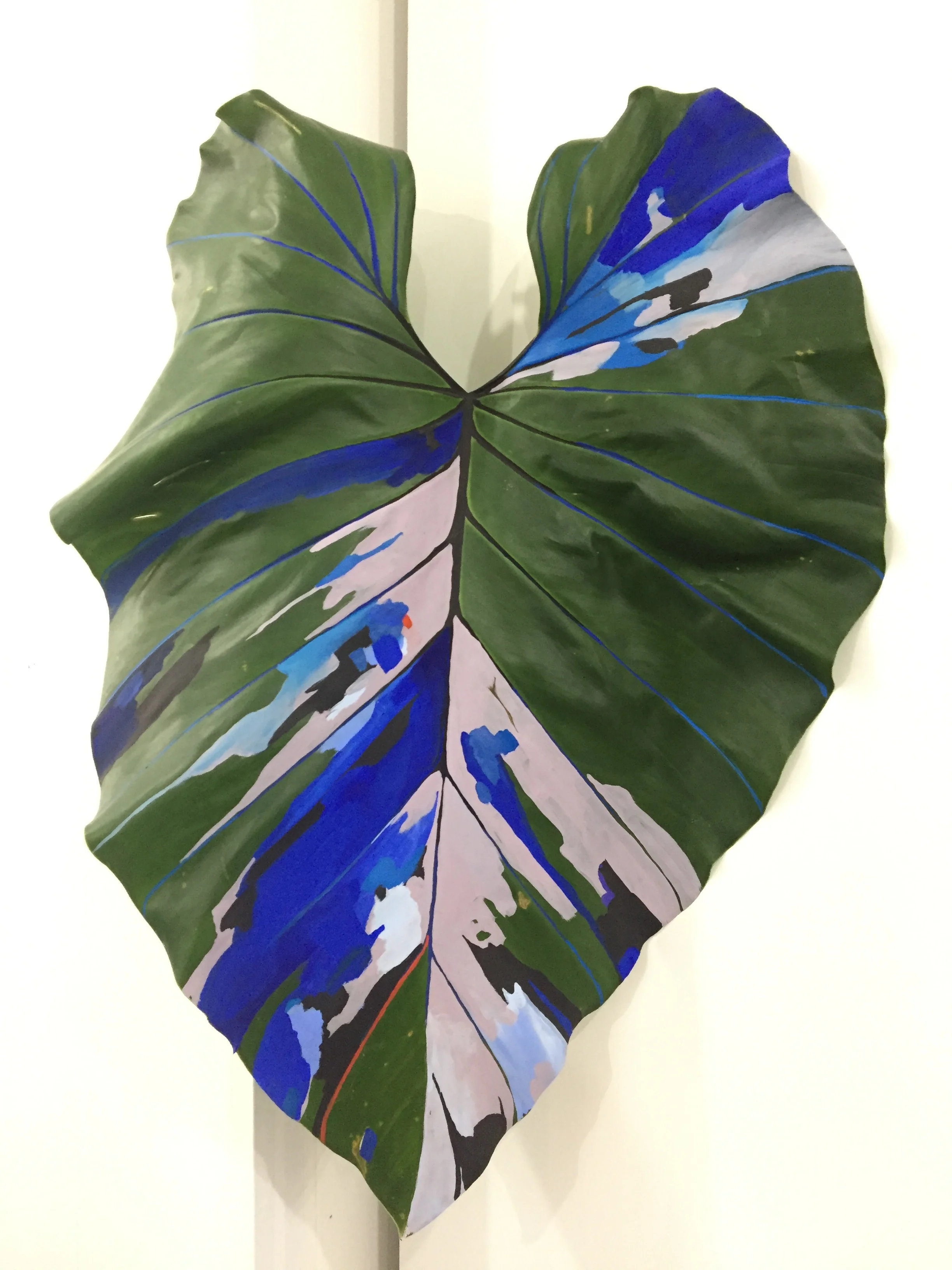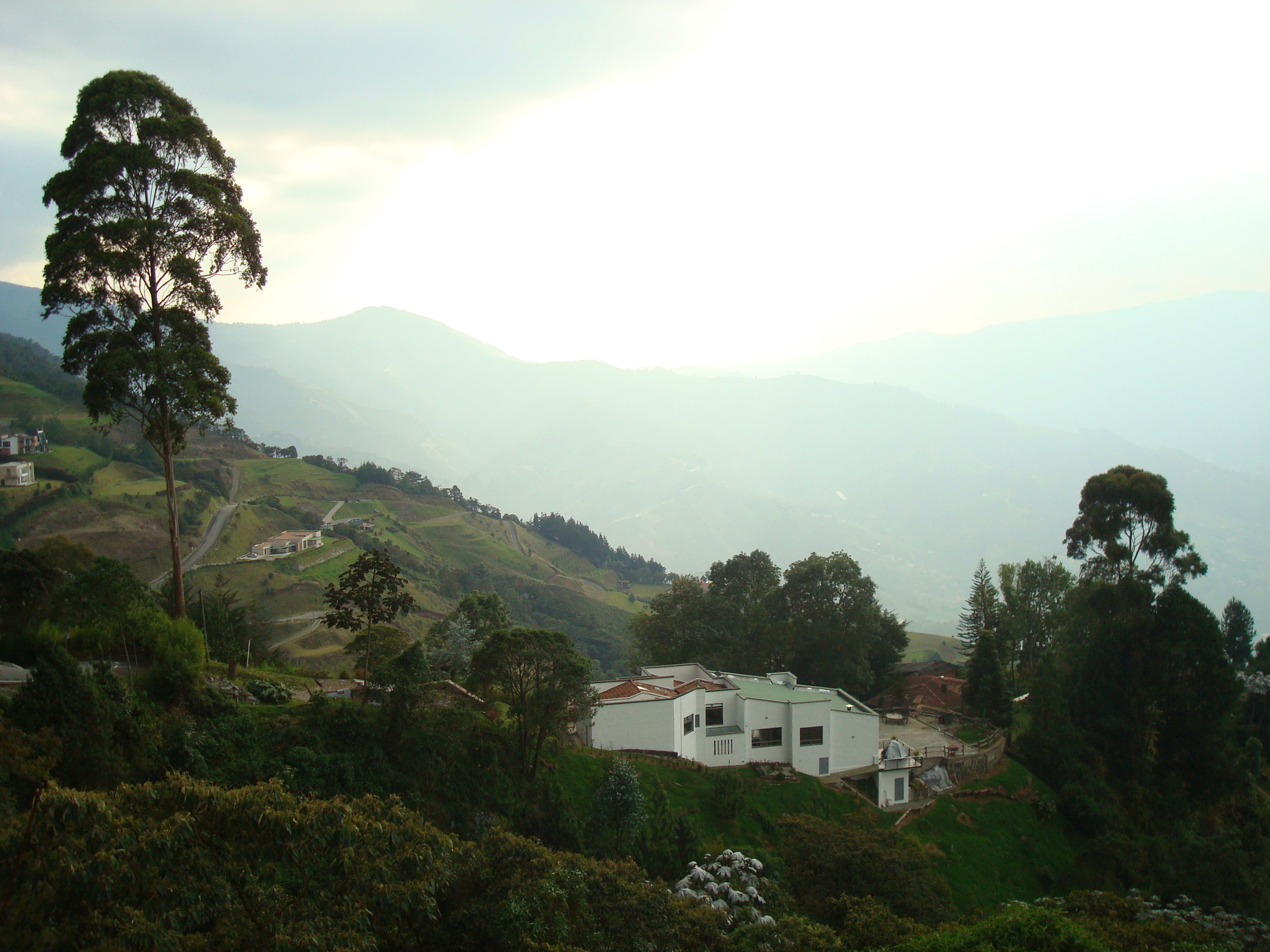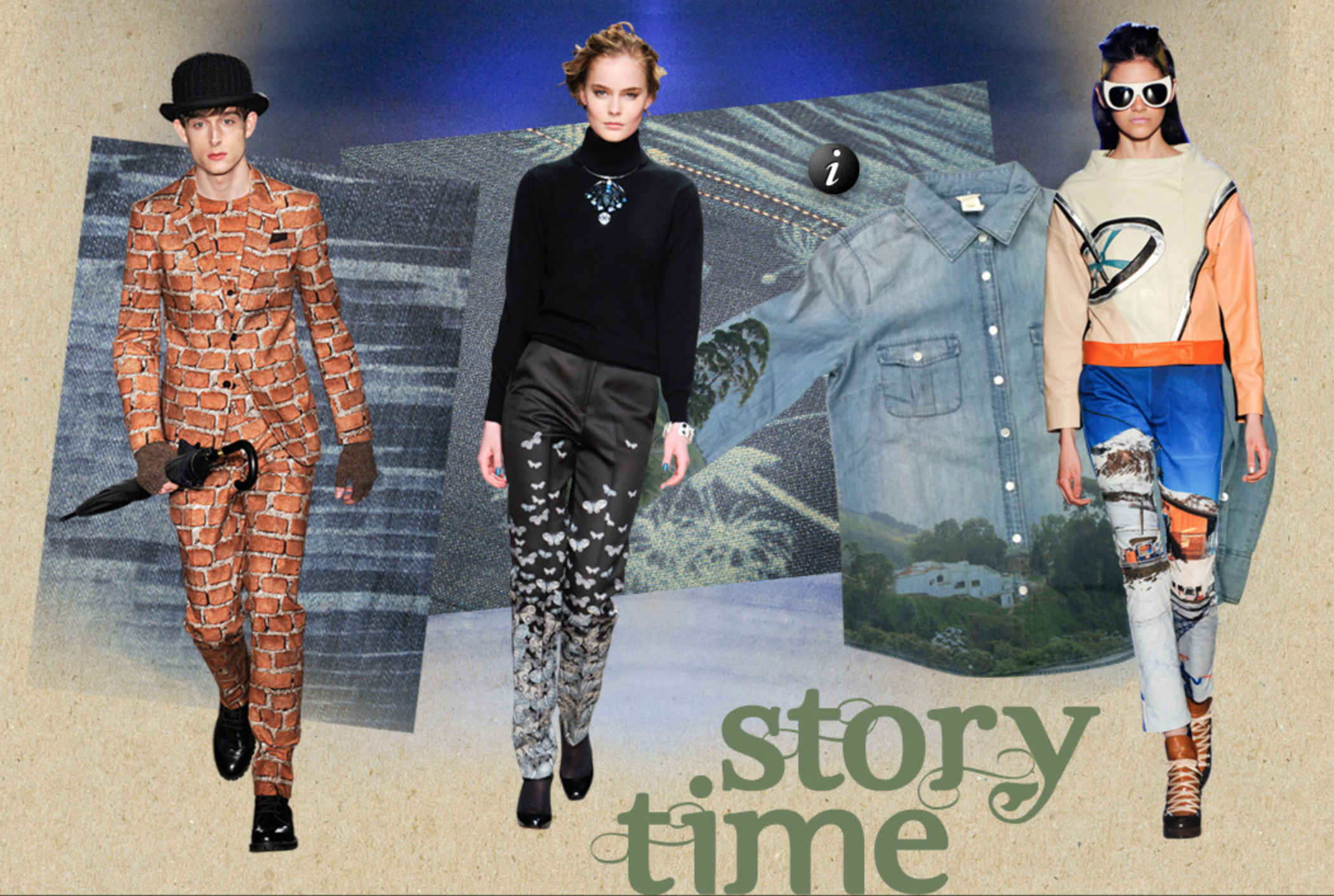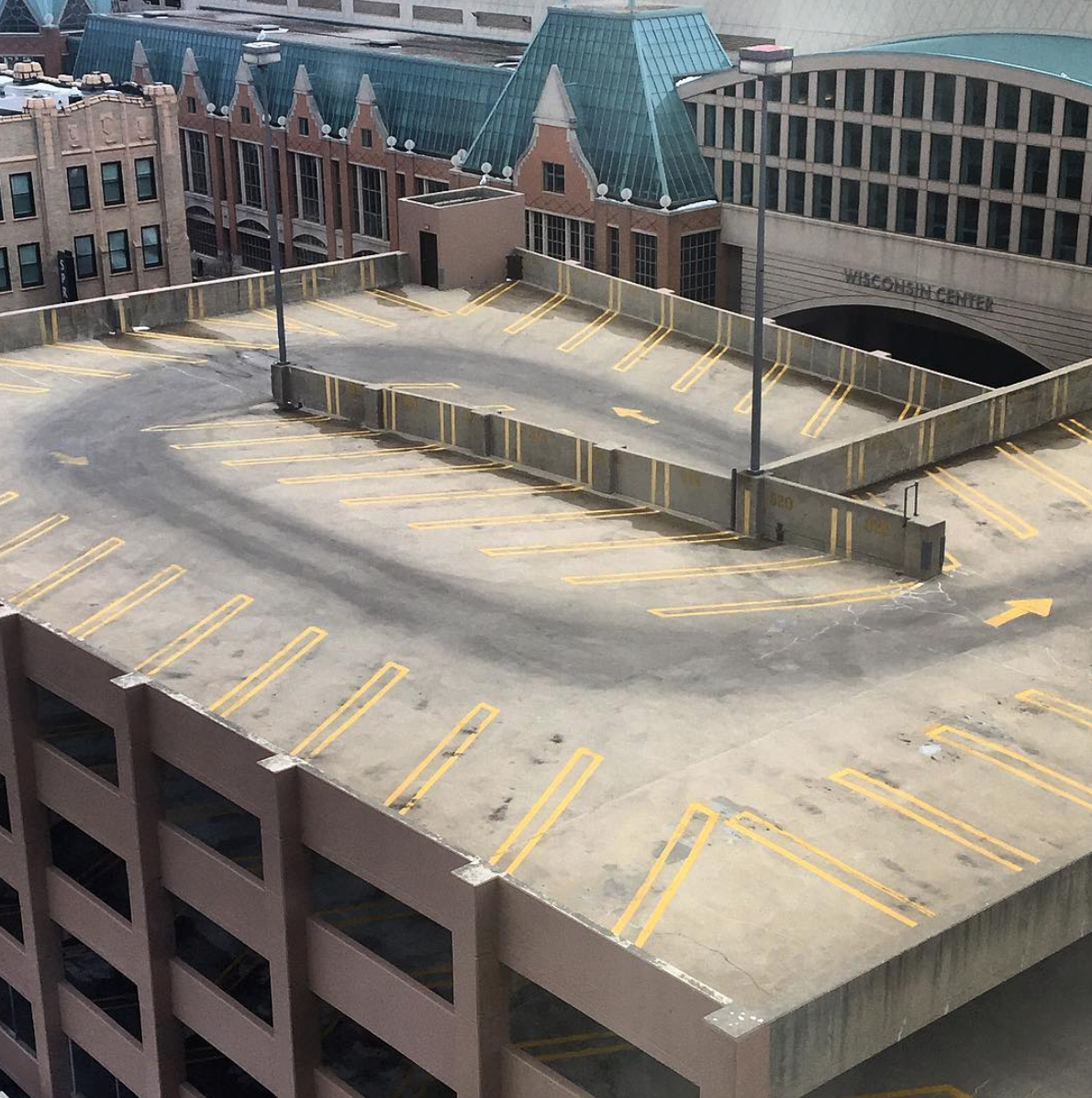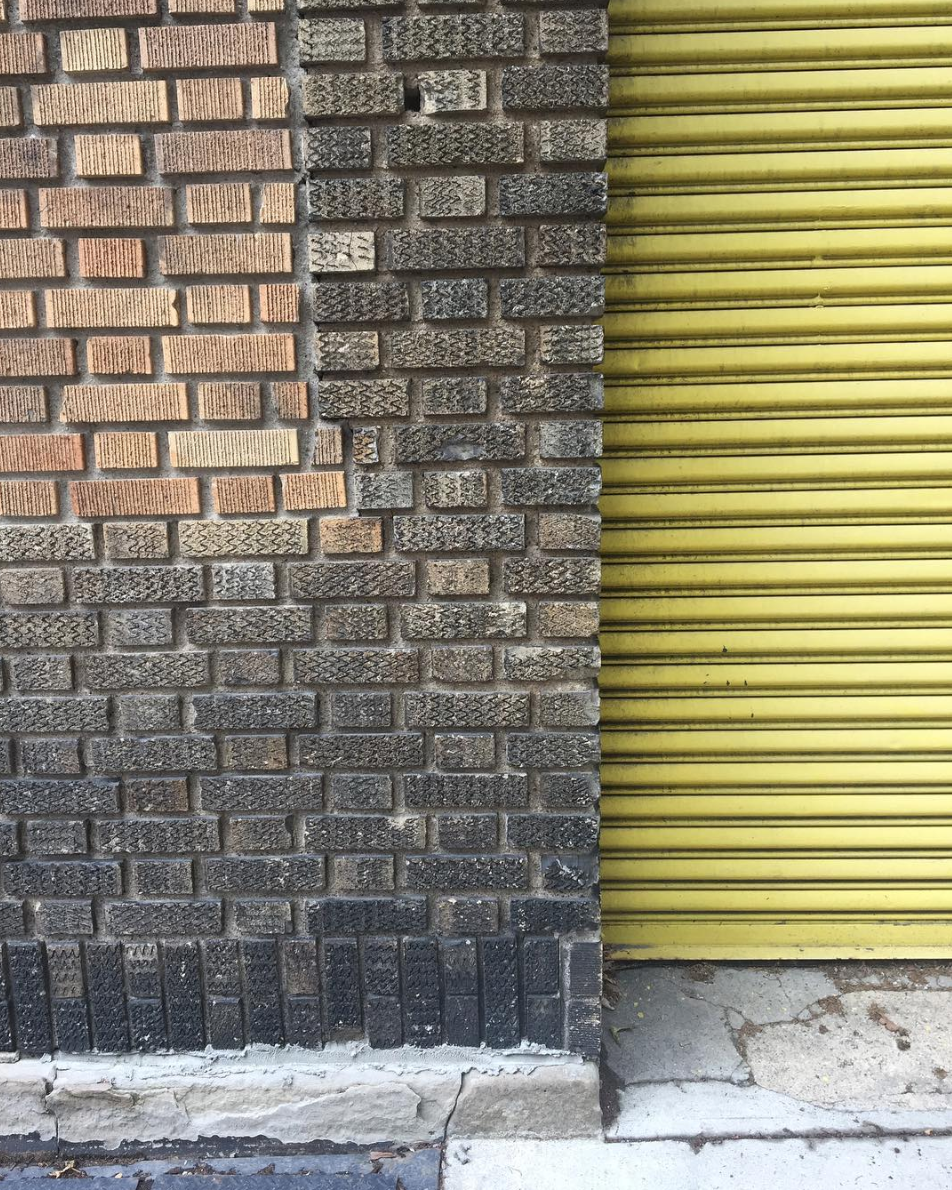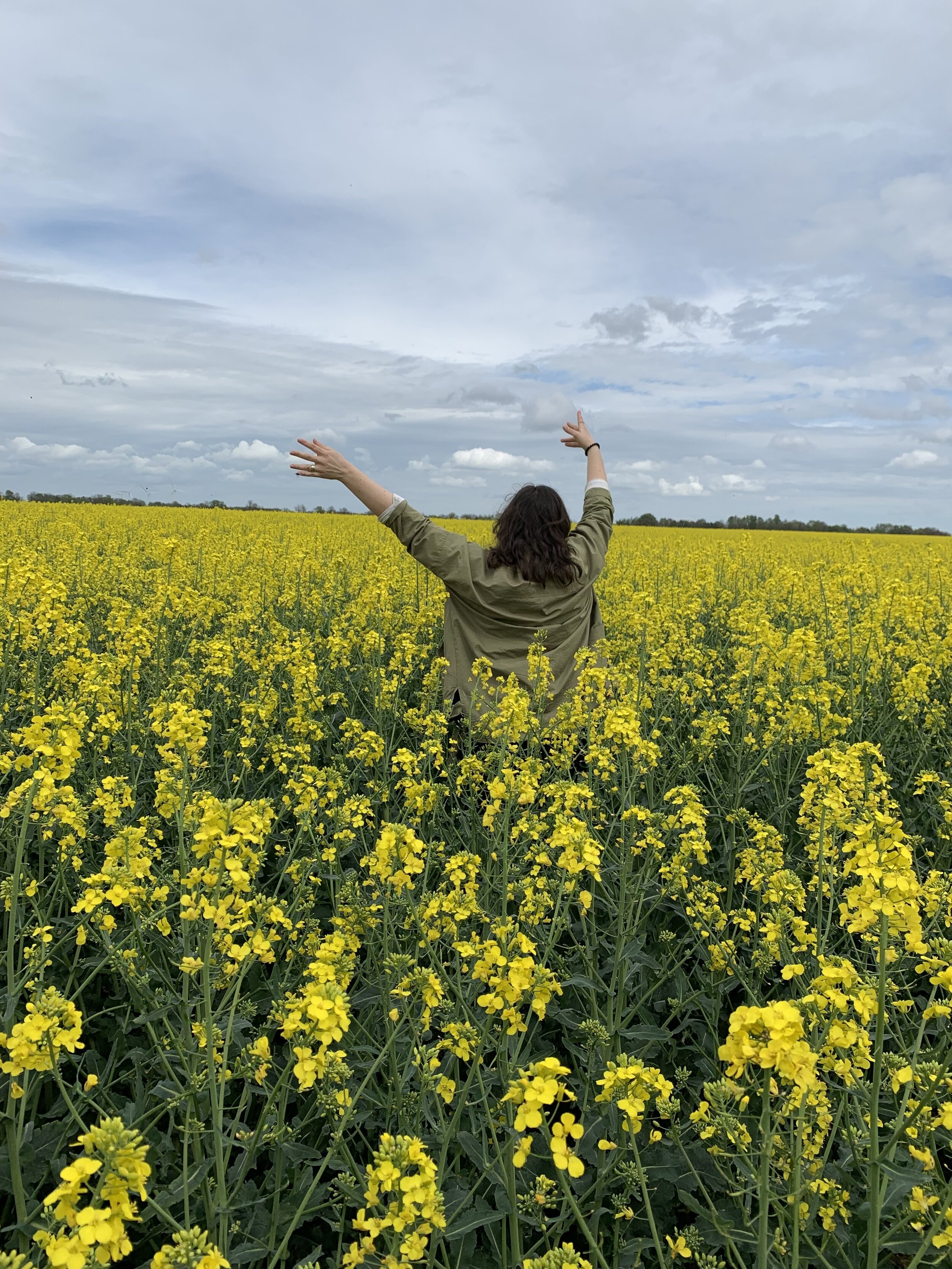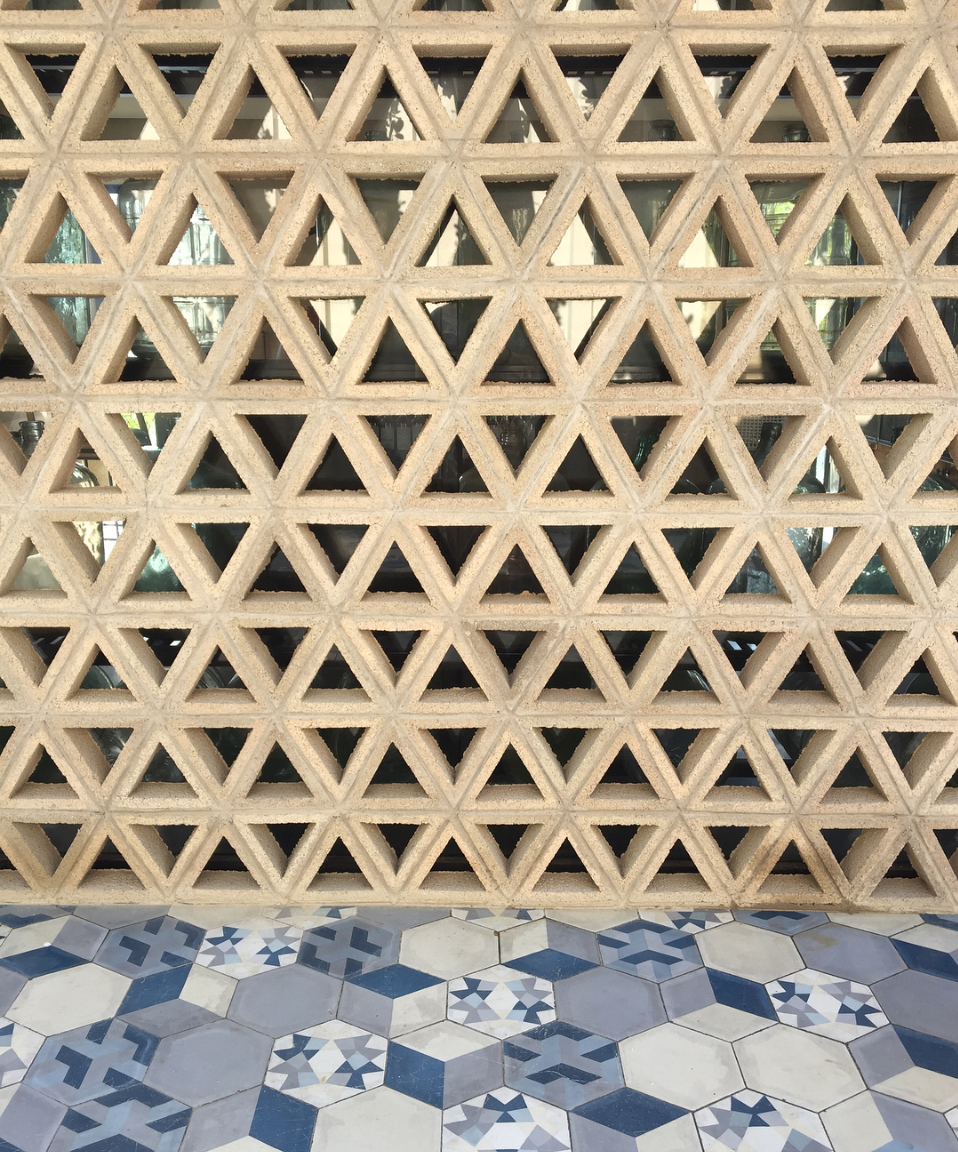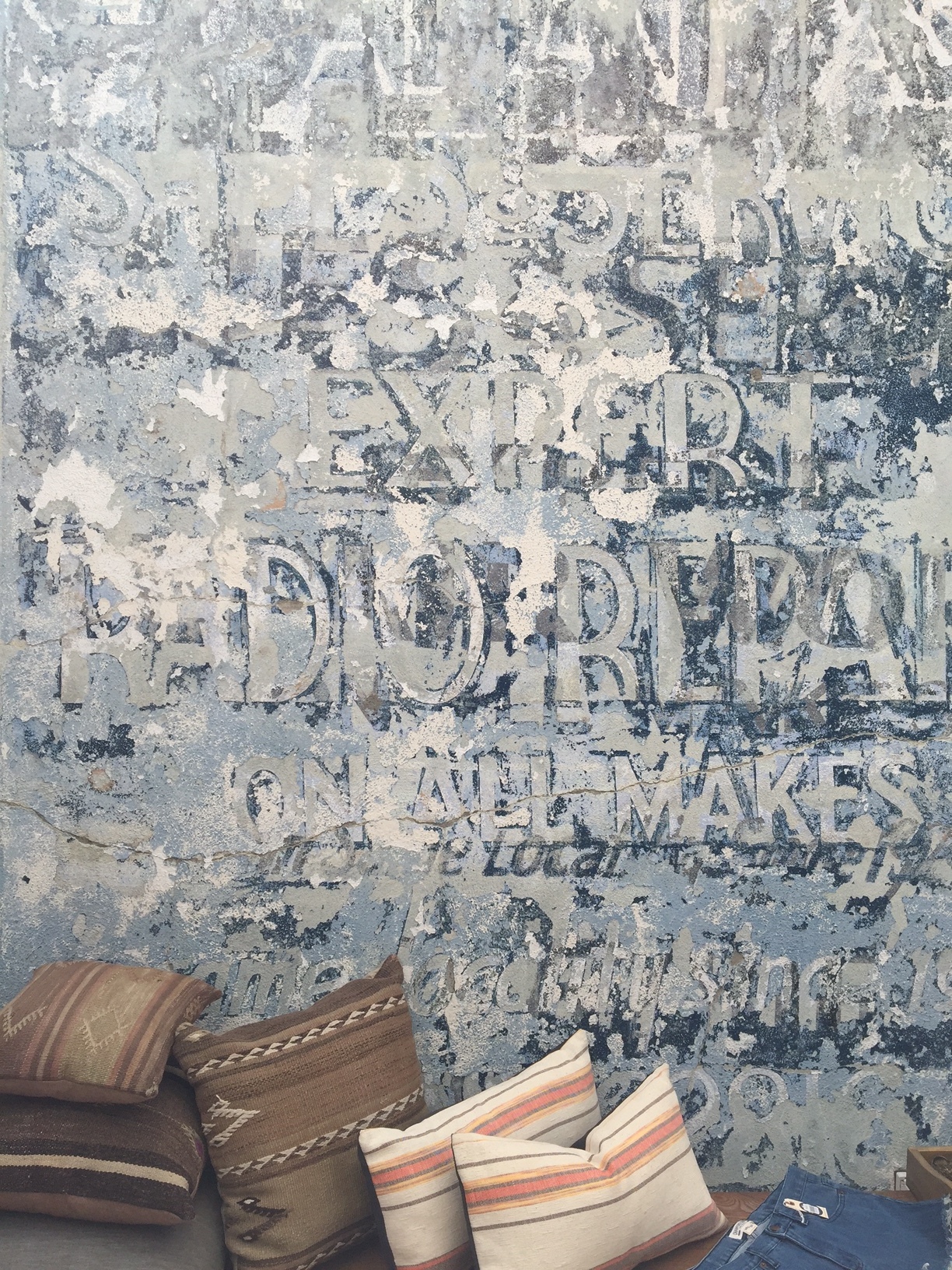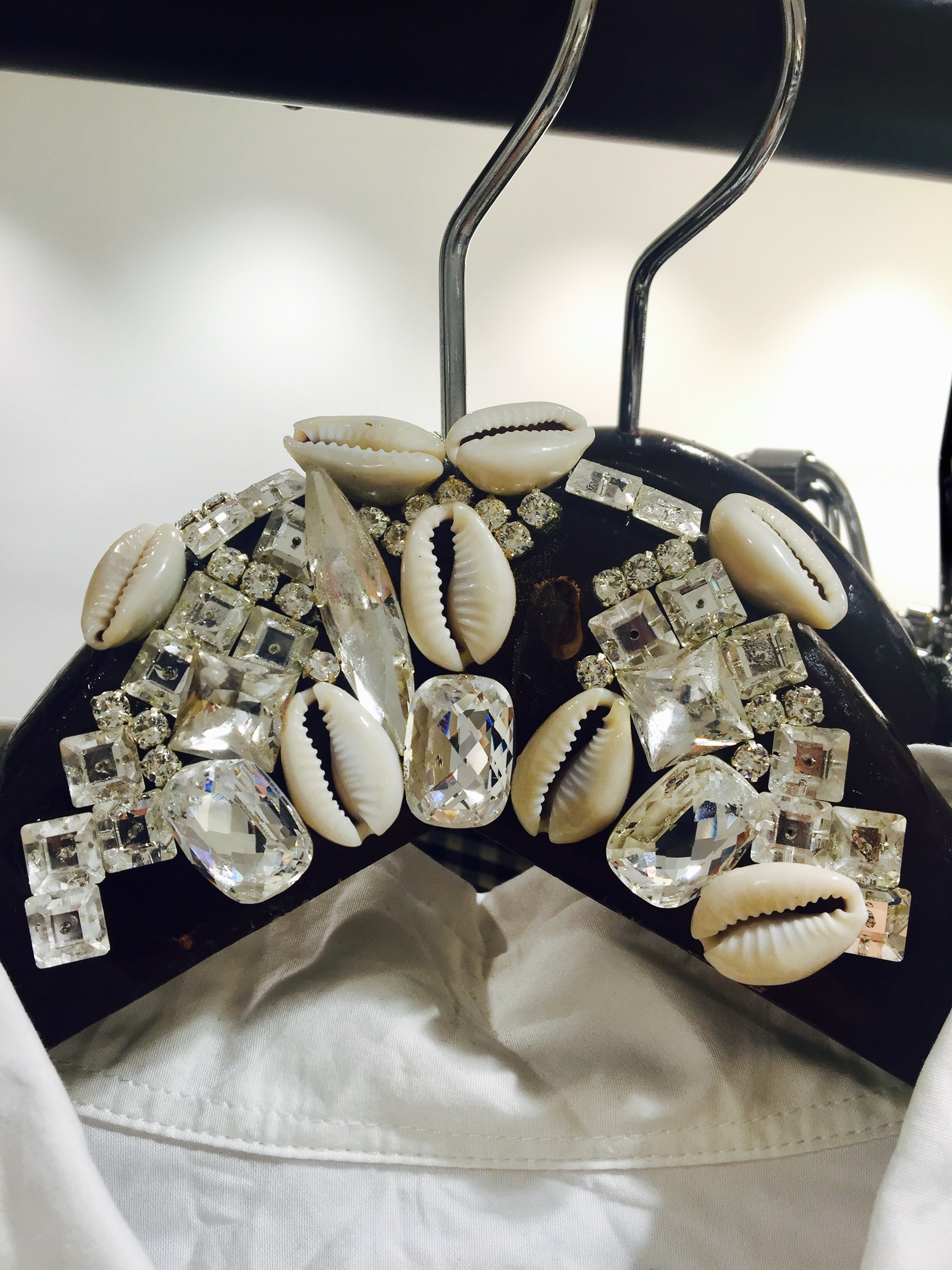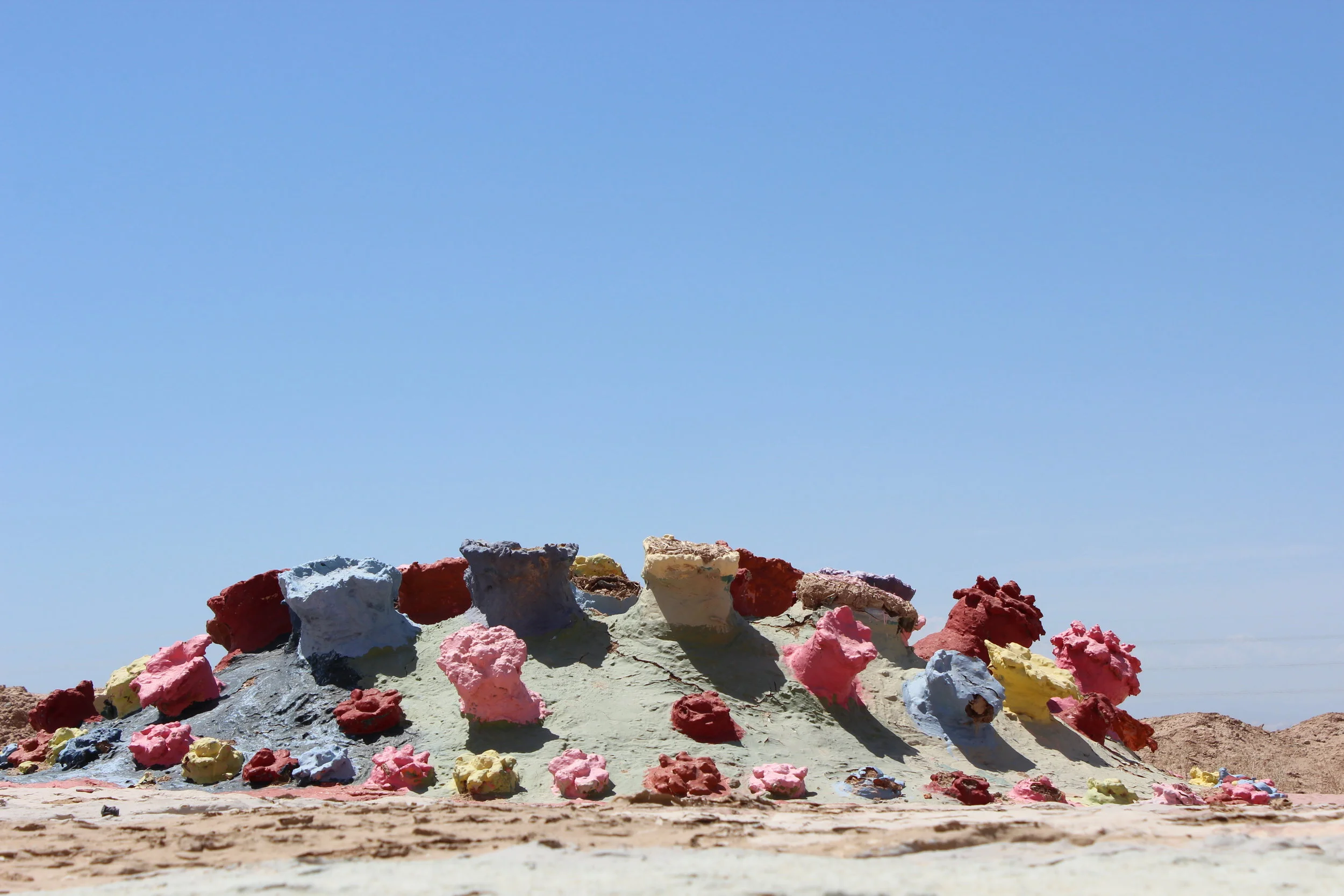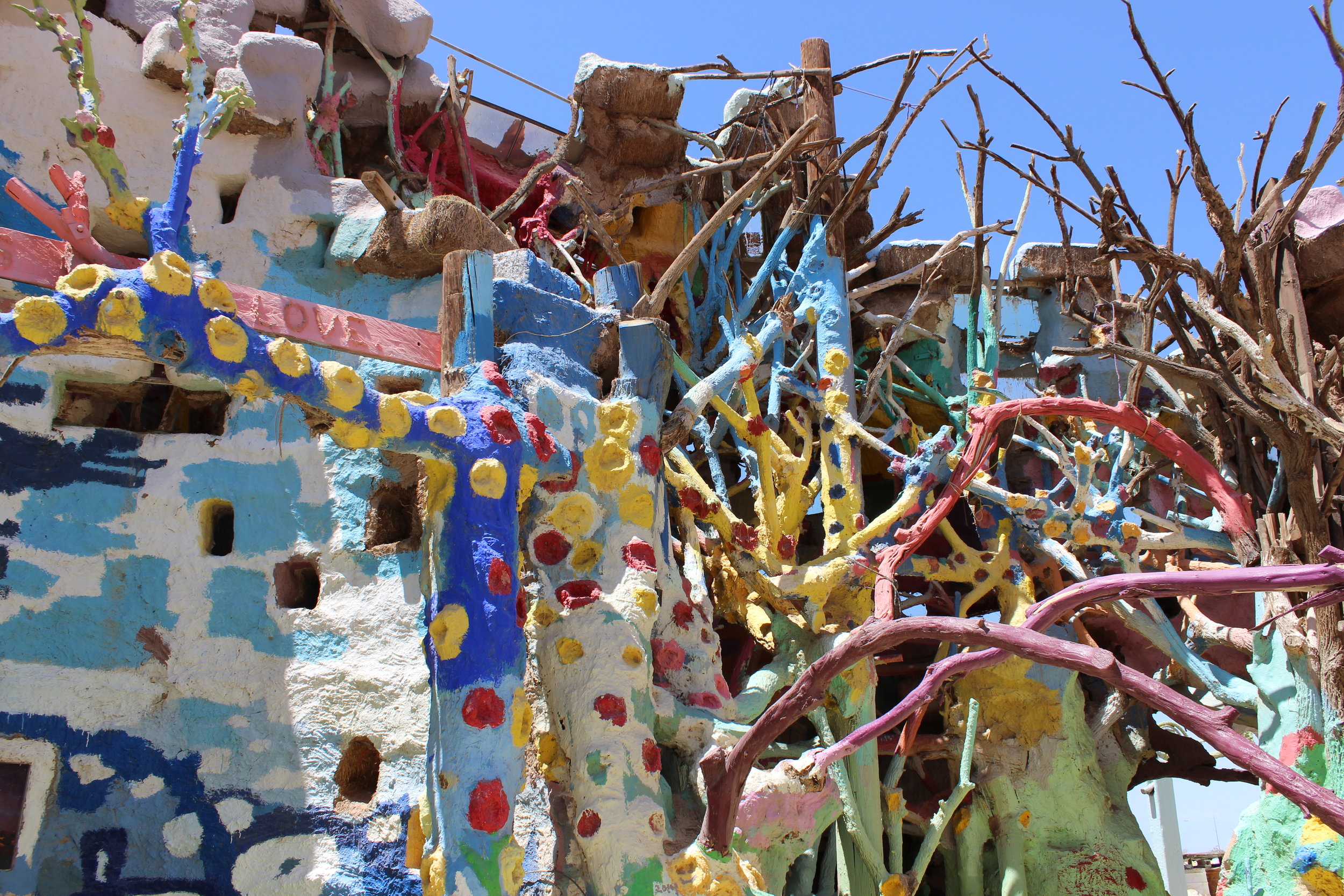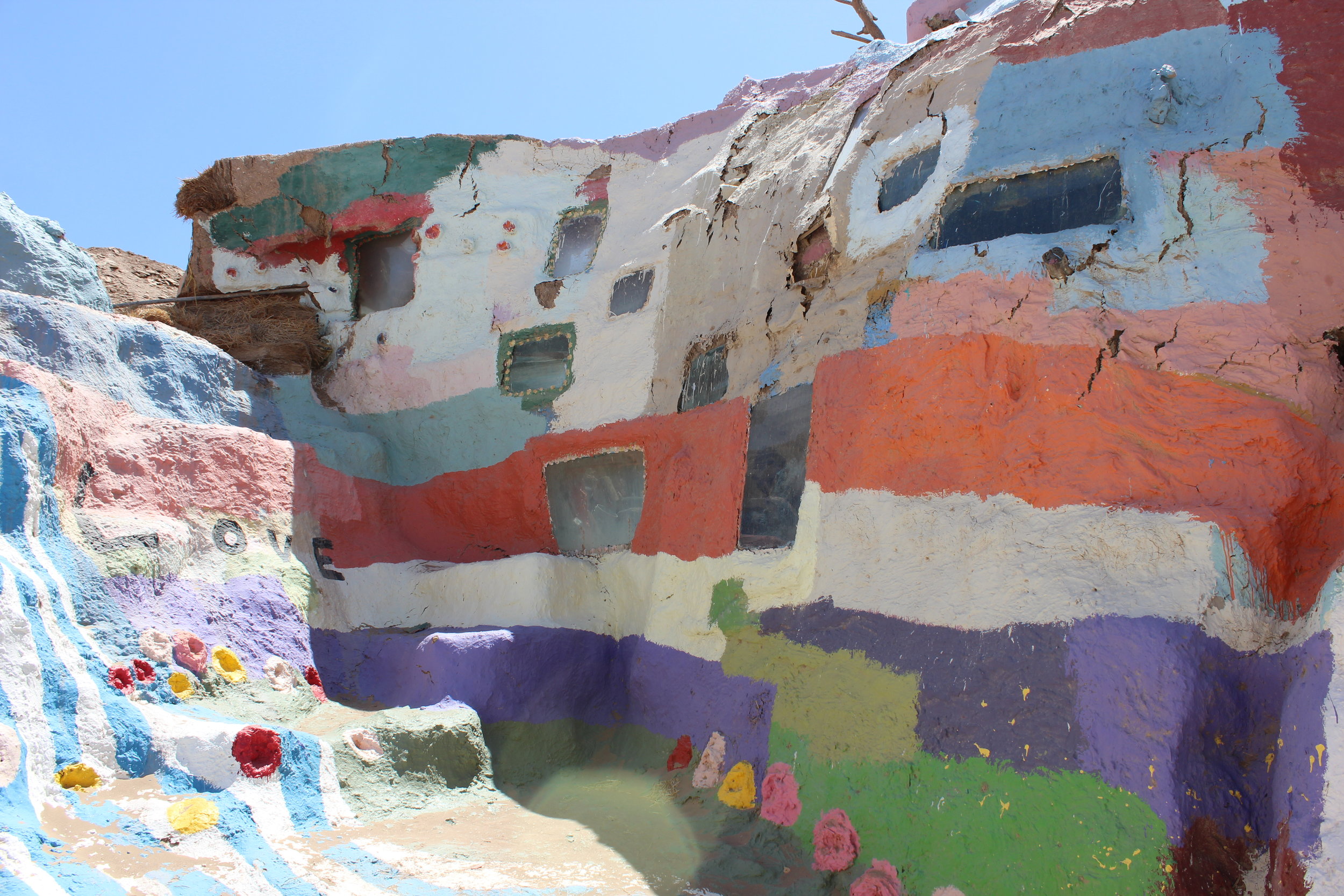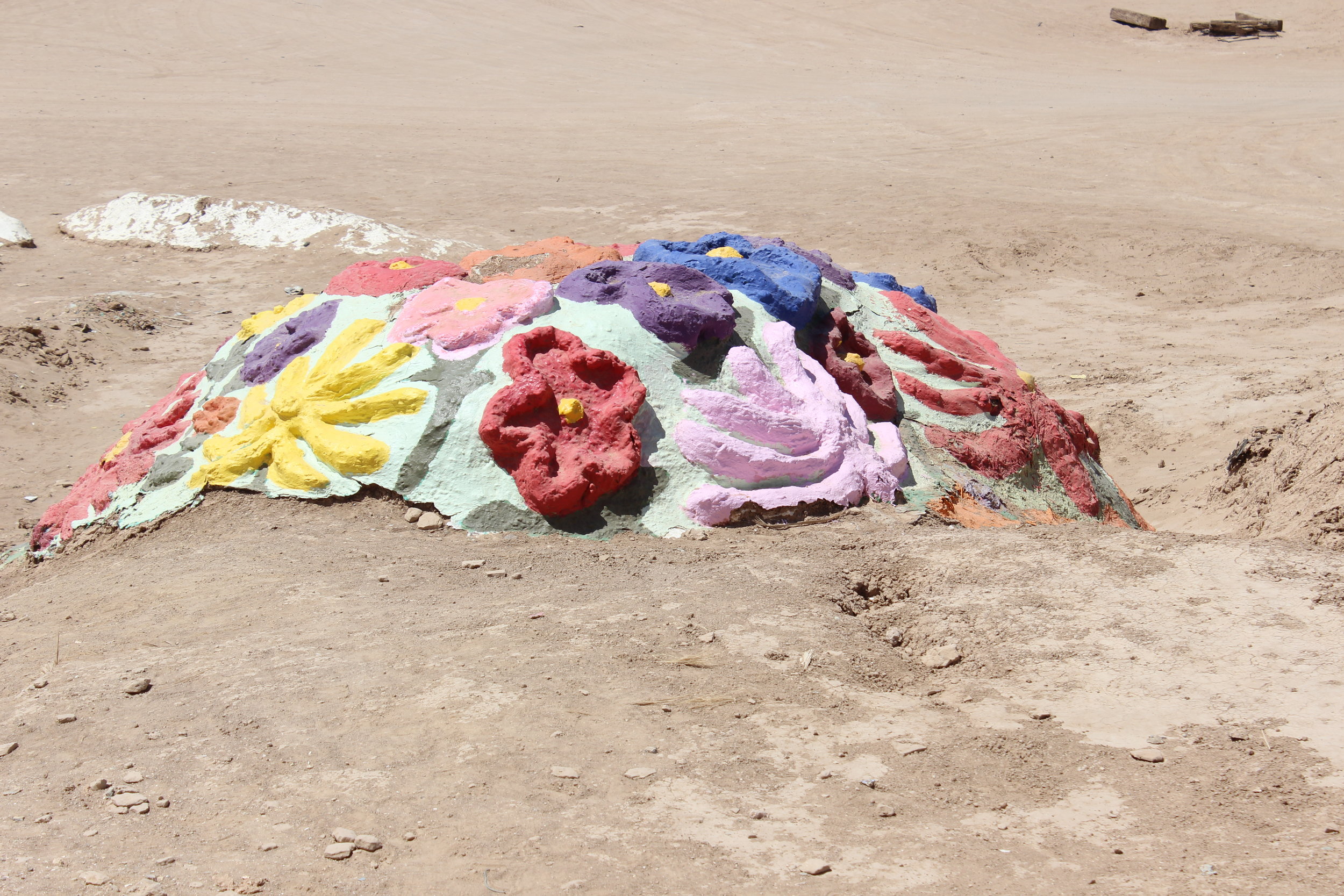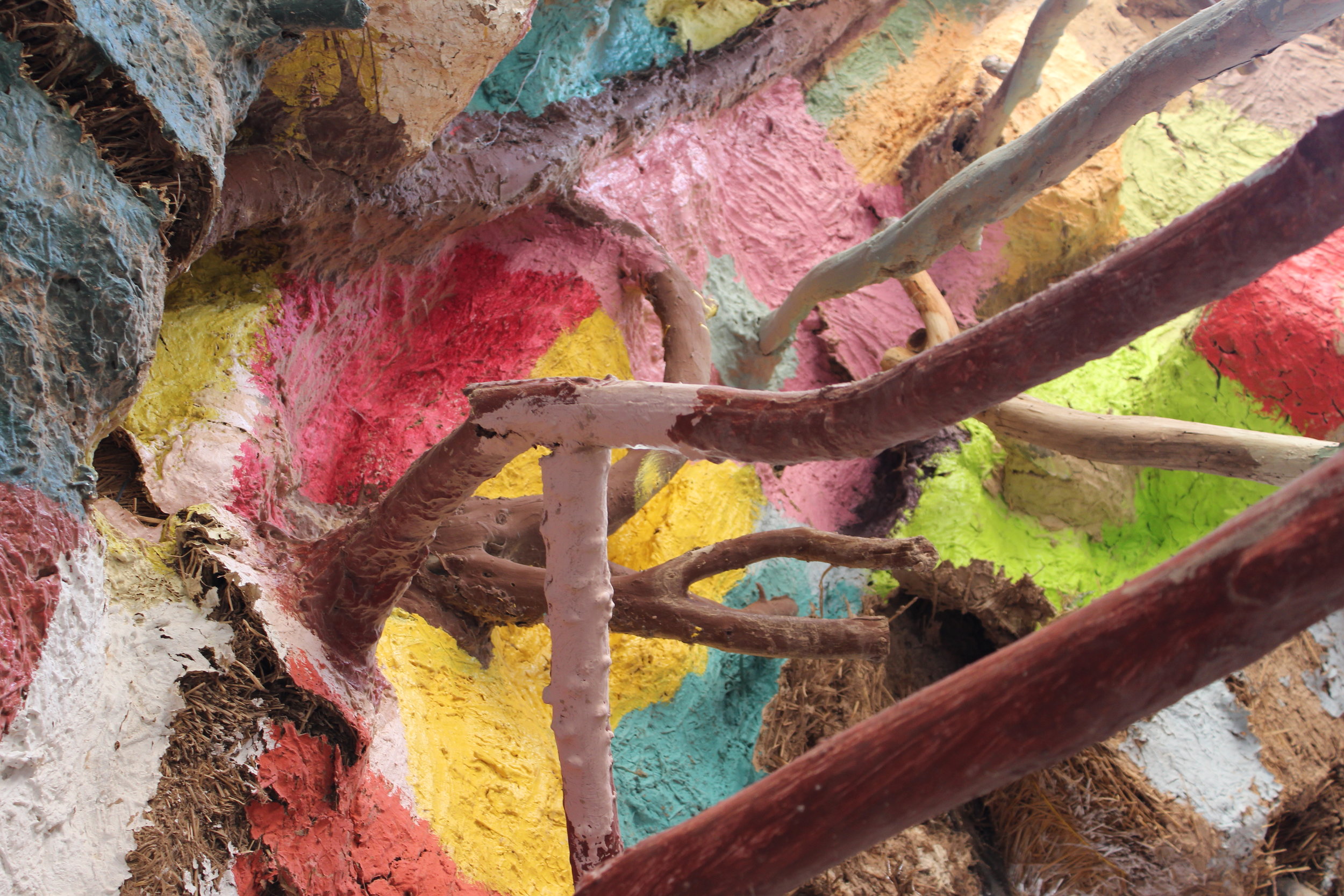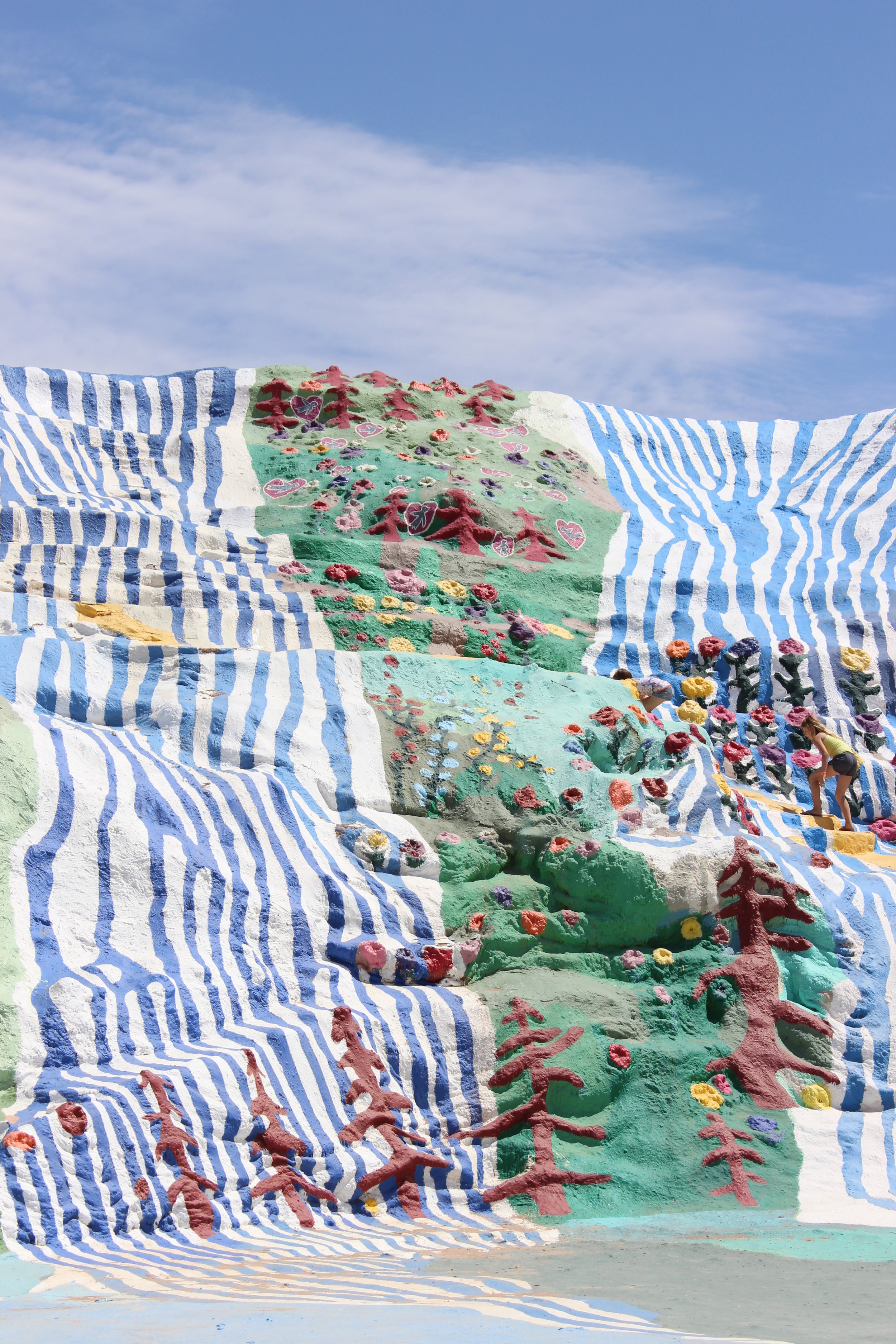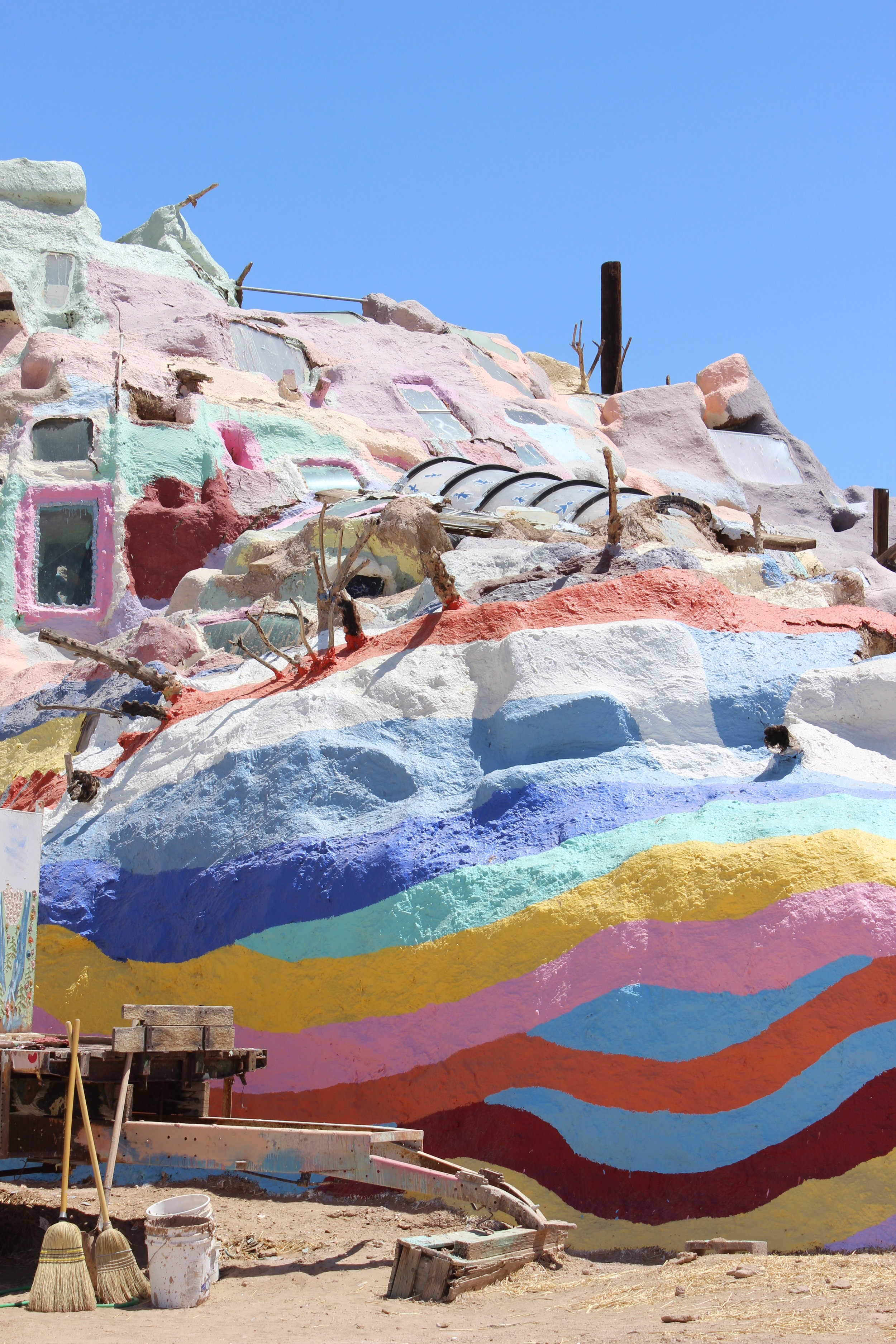Artist: Liv Aanrud
Liv Aanrud and I go way back…to a tiny Wisconsin town of less than 1,000 people where we both grew up and attended school together (in a building that housed K-12 grades!). We were lucky to be brought up in a place that nurtured creativity. As children, Liv was always sketching or making something imaginative and whimsical. You could give her anything and she would make incredible art from it. Now based in LA, we reconnected as I started traveling there for work. Before the pandemic she invited me to her studio several times in Frogtown (side note: she was there well before it became hipster cool) and I was struck by her latest work of rag rug hooking.
Inside her studio, strips of felt bursted out of bags, all to be woven into her larger than life tapestries. There is a methodical and slowing down process when viewing her work because so many colorful details make up the whole. Up close the texture of the felted loop is immediately seen, and from afar a scene unfolds with images of flowers, trees, and people.
As stated on her website, “Aanrud's work is at once a slowly stitched drawing and a labyrinthine map of the act of thinking.” I couldn’t have said it better. It’s a wonderland that you get to step into, following her map of color, pattern and storytelling.
Step into the fantastically vibrant world of Liv Aanrud:
1. From ever since I can remember you’ve been an artist of many mediums, which I love. Your style and technique of rag rug hooking is an art form I don’t often see. How did this technique come about? What do you enjoy about creating art in this style?
My undergrad study was in painting, and I was an abstract painter for many years, although I often made other types of artwork along the way. I did portraits, metal work, illustrations, signs, murals….I try not to have a hierarchy as to what I value---I’m really into the process and challenge of making something and learning what is possible along the way. When I was in grad school, right after my thesis show, I discovered this old rug that my grandmother had made. To me it looked like a beautiful painting, it was abstract and really in line with the kind of work I had been making—such kismet! I began making paintings, “portraits” of it, and then I decided to teach myself how to make one. That was almost 10 years ago. I love that this medium can somehow look like a painting, a drawing, a mural, a rug, or a sculpture. I can create something recognizable like a figure, but within it is an abstract landscape of forms. I also love the “work” of it---the repetition of stitching is meditative---especially these days when I feel so idle and anxious about the state of things.
2. How long does it take you to make these pieces and can you take us through the process? (Are you basically drawing with the fabric as you go or creating a stencil or outline to work around first?)
It’s a fairly laborious process, although I immediately lose track of time, so I never manage to get an exact timeline. I work pretty fast and compulsively when I have something I’m excited about, so if I have to average, maybe two or three weeks on some of the mid-sized pieces, but I’ve worked 6 months on others. I usually start with a very small, simple sketch—--I try not to hold too tight to any details, I just kind of get the big idea down. I’ll draw it out loosely on burlap, and maybe 10 minutes later, jump into the stitching. It’s an odd negotiation to have such an impulsive start followed by so many hours of work, like my mind and my body have to work at completely different paces!
3. What are the themes that often come up in your work? How have they changed now due to the pandemic?
Initially, my tapestry work was abstract. There might be some figures, words, or symbols in the piece, but it was all obfuscated by the end, kind of like a magic eye puzzle where you might get a flash of something, but you can’t really see it for long. Lately, I’ve been doing figurative work--- that was kind of a leap at first because I wasn’t sure what the “story” would be. But as I kept working, I realized that the figure is a kind of stand in for my own experience. So yeah, the last few have been about isolation, anxiety, and reflection. Since you’ve sent these questions, we are now experiencing massive protests against police violence, helicopters fly overhead constantly and my house is across the street from the police academy so it’s very tense and overwhelming, but I’m also incredibly hopeful that this is a major shift in consciousness. What does that mean for my art? I haven’t been able to make anything yet, I don’t know if that’s the right thing to do now, but I have been trying to make some wearable pieces….thinking more about costume, armor, masks, protection, rituals, processions…
4. You use a lot of color in your pieces. Do you gravitate toward using certain colors in specific ways or just going with the flow? How has your color evolved over time and any new color themes you might start playing with?
I buy fabric (burlap and flannel) so in some way, the commercial colors dictate my palette—normally flannel is used for baby blankets, so there’s a lot of pink, blue and yellow choices, but combining them, layering and patterning them changes any predictability I might have. I like bright colors, combinations that might clash a little…there’s always a point in every piece where I question what I’ve done color wise, and then I end up figuring out how to make it work.
5. I love your work because there are patterns and details within the larger image and one has to pull back in order to see the actual scene being depicted. Has that always been intentional to have textures, patterns, and illustrations throughout the entire piece? Do you choose particular patterns based around their history or meanings to fill in the spaces around the scenes? Any new patterns you want to start using in your work?
The stitch is a pattern in itself, so as the piece builds, there is a natural rhythm. If I’m weaving something particular---a body, a plant, a flower—then I do sort of apply a logic within it---a leaf might have two colors of green alternating, a knee might be radiating with circles of varying colors- --the line follows some aspect of the form. Lately, I’ve been doing figures in a domestic setting (quarantine!) so I’ve begun adding patterns and textures that one might find in their home, on pillows, blankets, wallpaper or carpets.
6. How has your work evolved over the years? Any new techniques you want to try out or add to your current frame of work?
The tapestry work has evolved initially I used to simply weave—the entire piece would be packed with stitches, then I started painting on the background, and weaving into that image. Lately, I’ve loosened up the space, there is more room between the stitching--giving it a stronger sense of line and closer relationship to drawing. I have also experimented with installation--hanging work outside, combining older pieces and stacking them on new ones; I had a recent show where I made a huge backdrop painting, with layers of pieces--some were hung out in front of others on ropes. I’d also made a wearable piece and had a friend do a performance in front of the whole exhibition. She moved through and around the pieces, swinging the ones on ropes---the whole thing was activated—A big moving world of weaving. That was really exciting and I want to develop this work in the future.
7. How do you see the art world changing because of the pandemic? Any thoughts or hopes you want to share?
I do. I mean, the initial changes have been practical---online galleries, viewing by appointment, outdoor shows… but I’ve also seen a lot of movement towards supporting local programs, charities, organizations that support communities and workers. Many artists don’t have much security financially, so selling work and donating it to a particular cause is way to have in immediate impact. Unfortunately, I don’t think we’ve fully seen what effect will this will have on gallery spaces---I expect some won’t be able to manage—we still haven’t had any rent or mortgage freeze, and $1,200 for three months and counting? Impossible. I know that this world is going to look very different on this other side of this ---people are coming together to fight back, but the reality is devastating.


